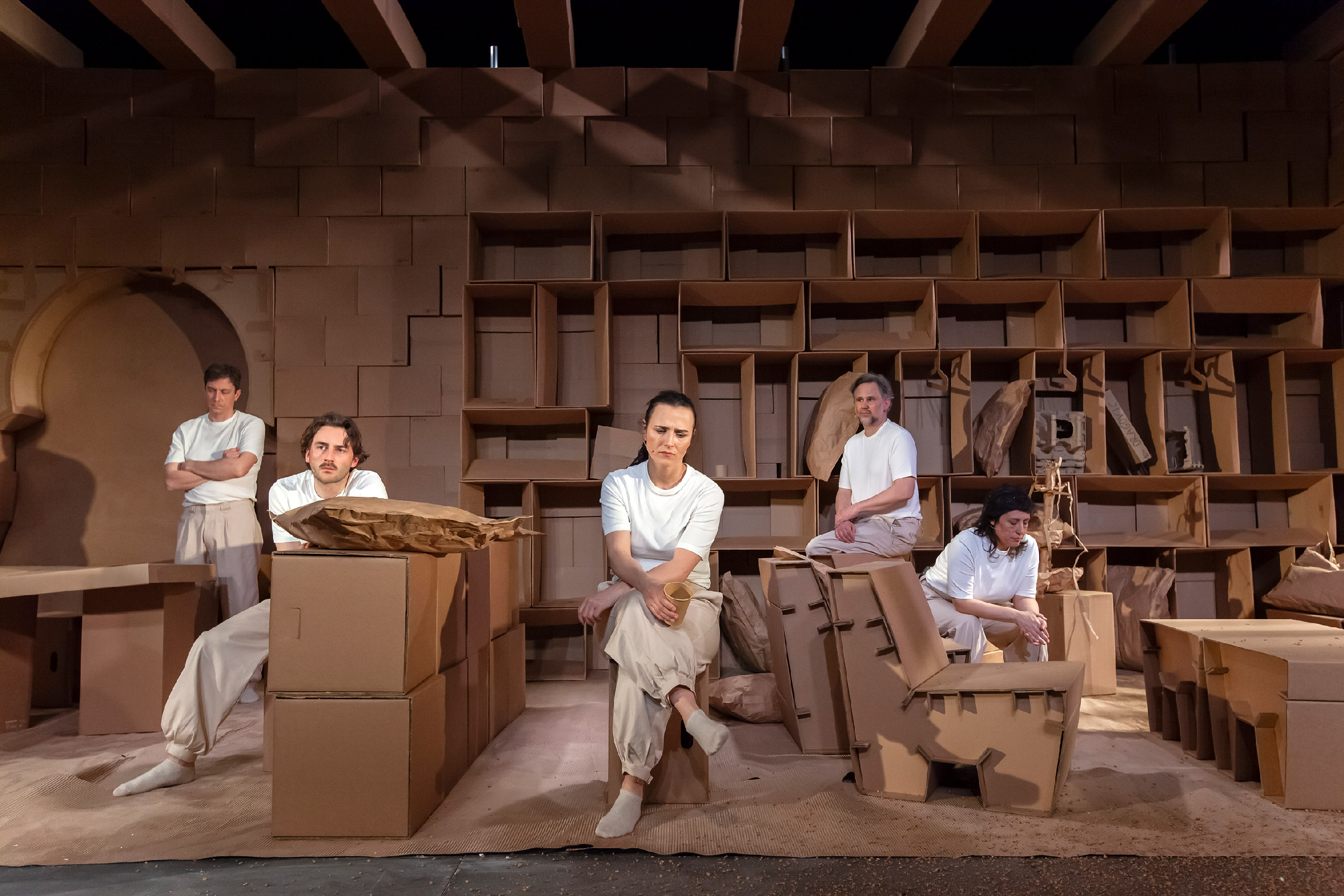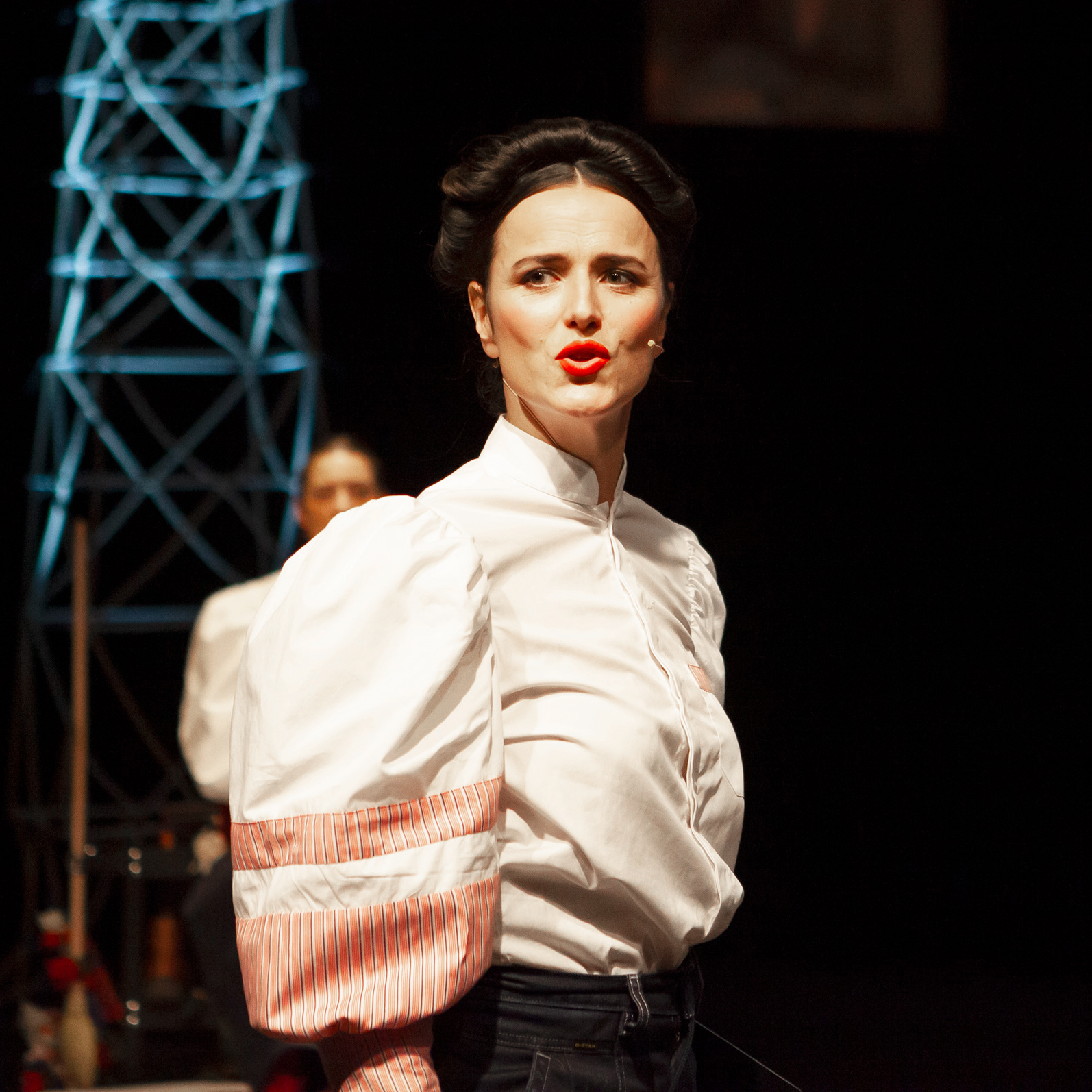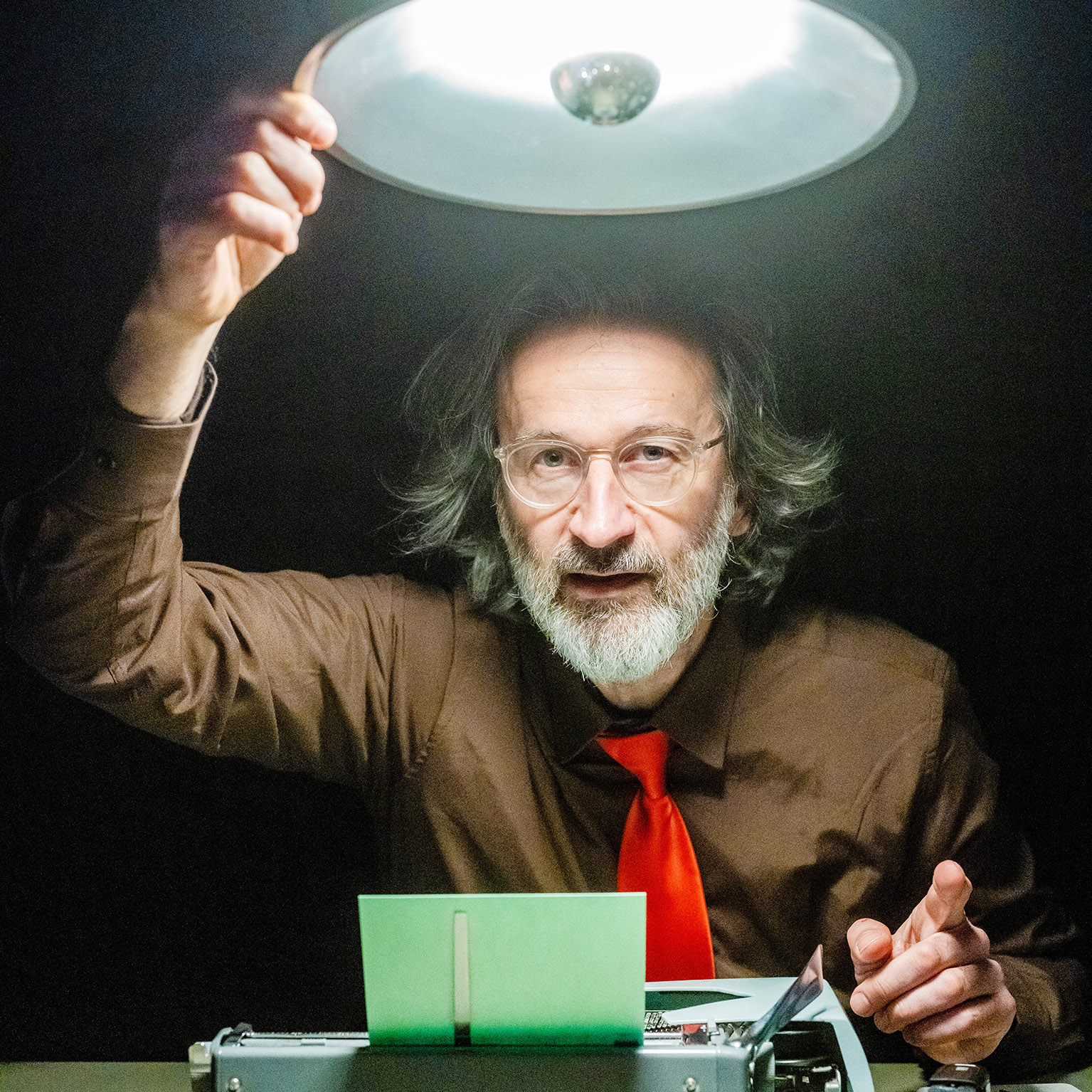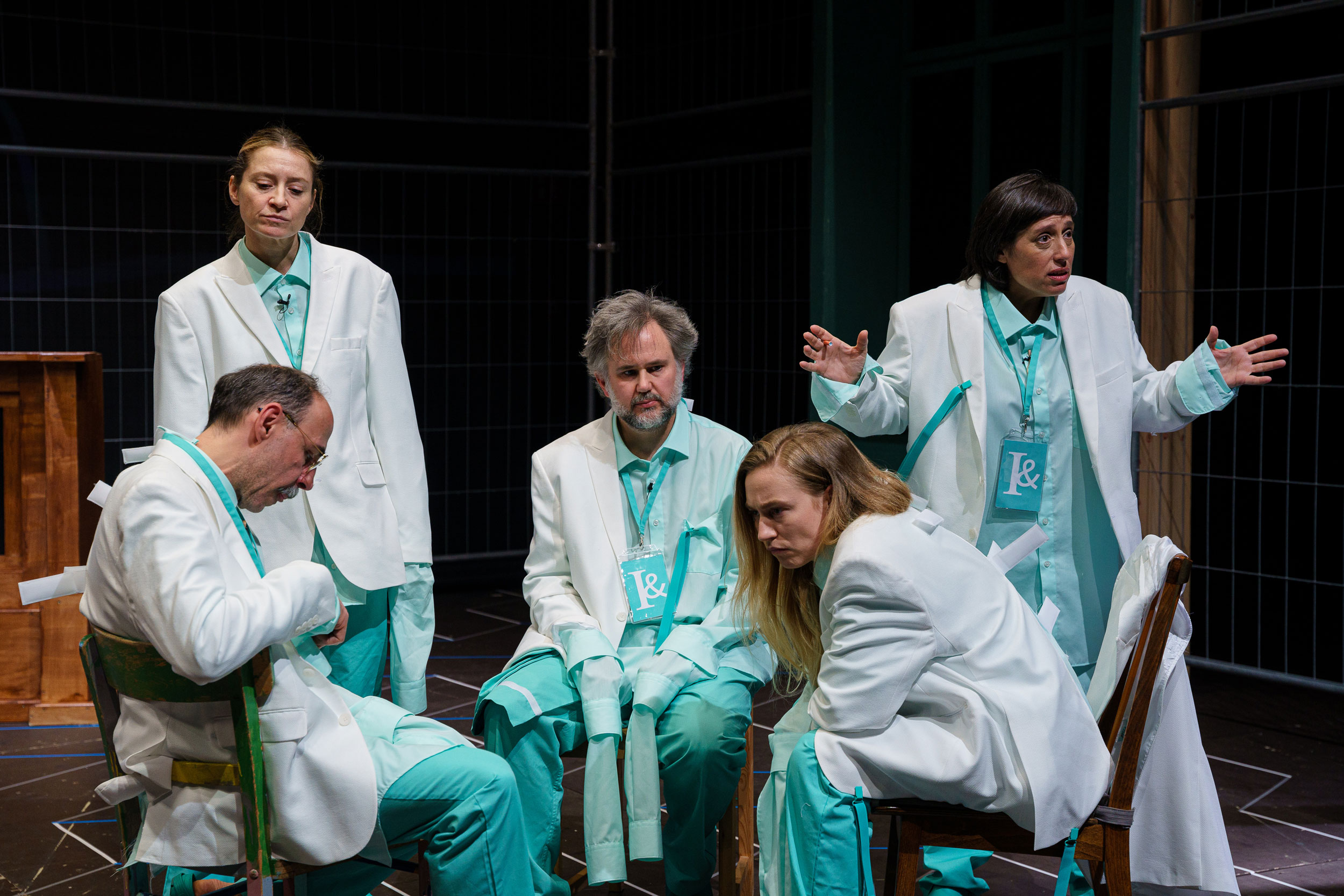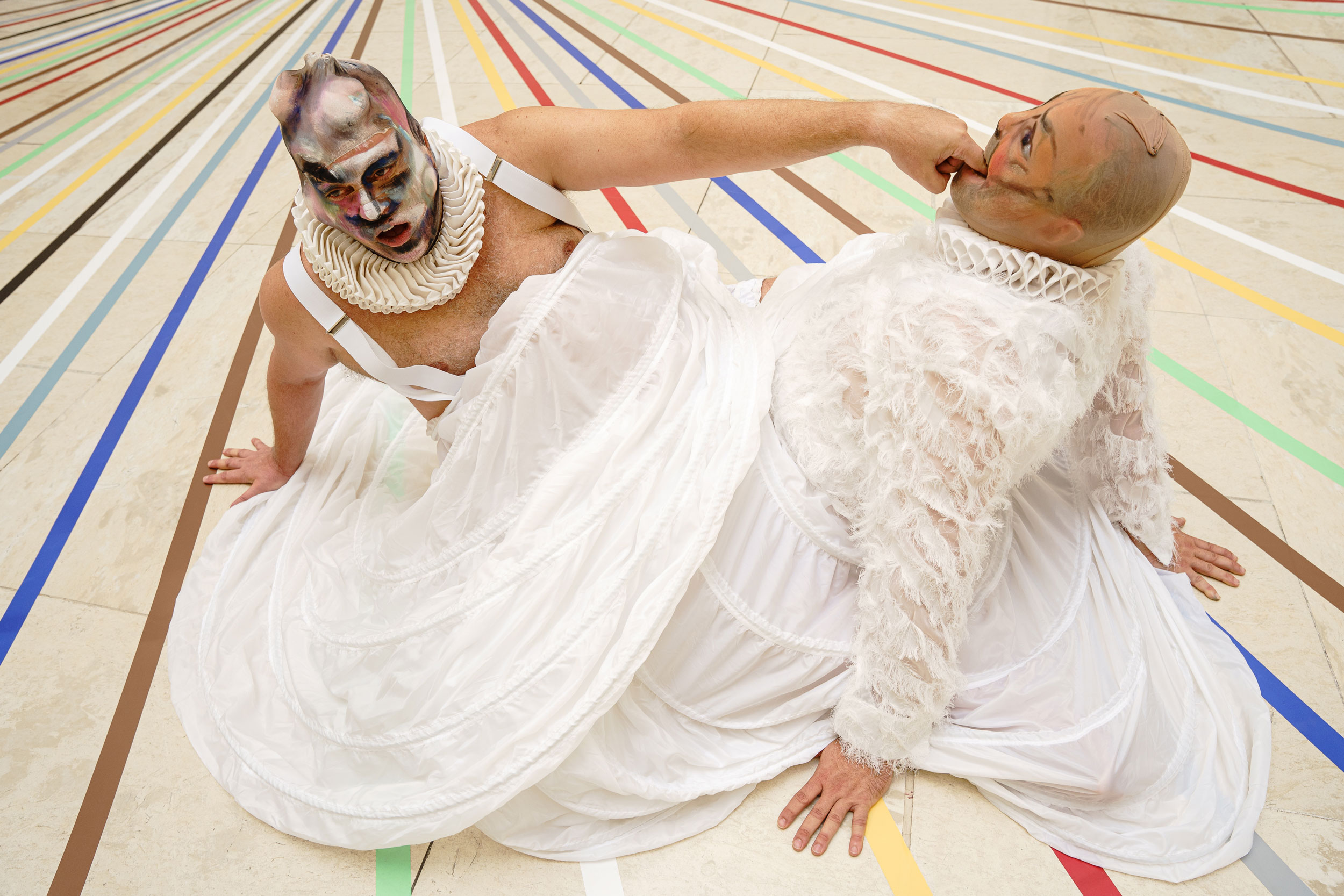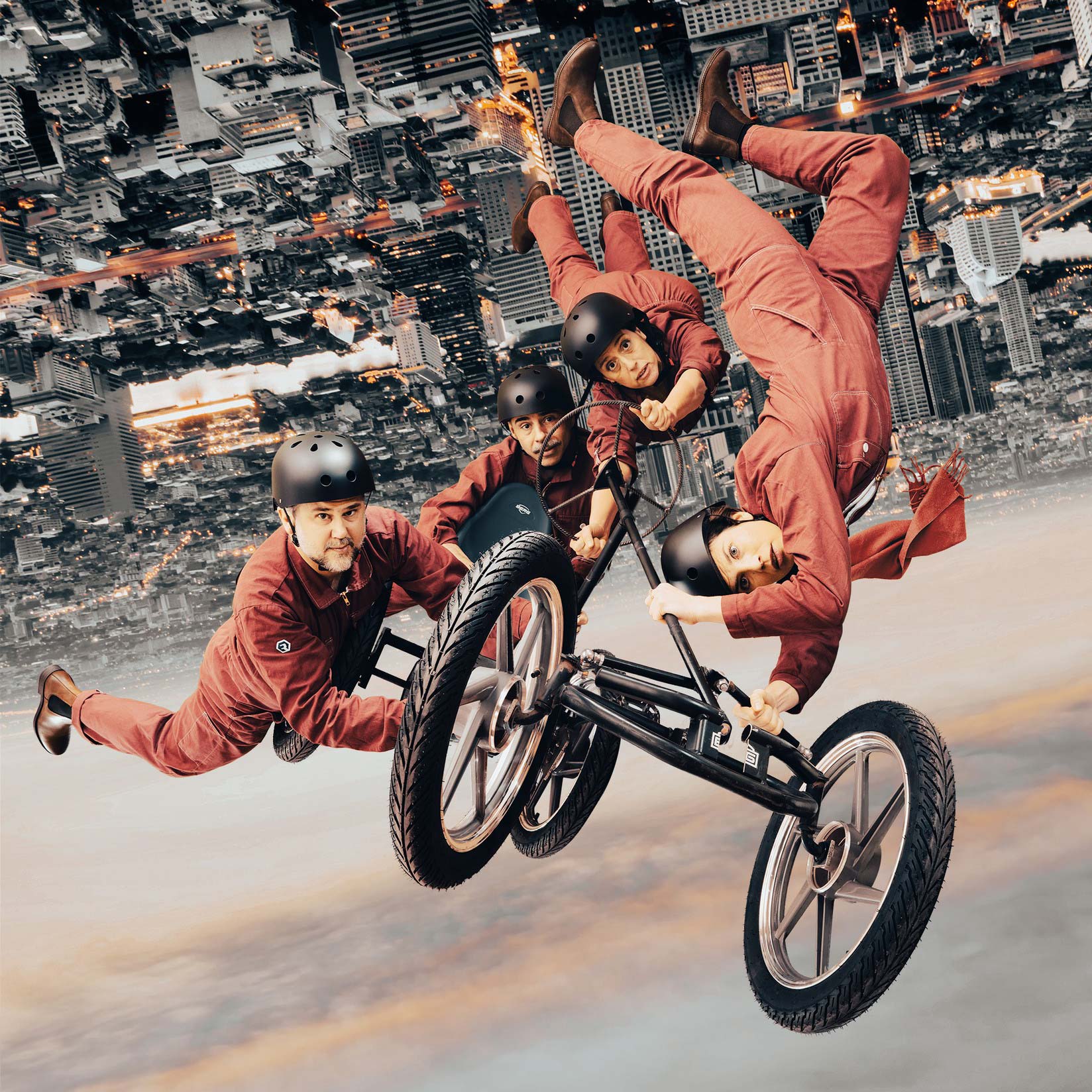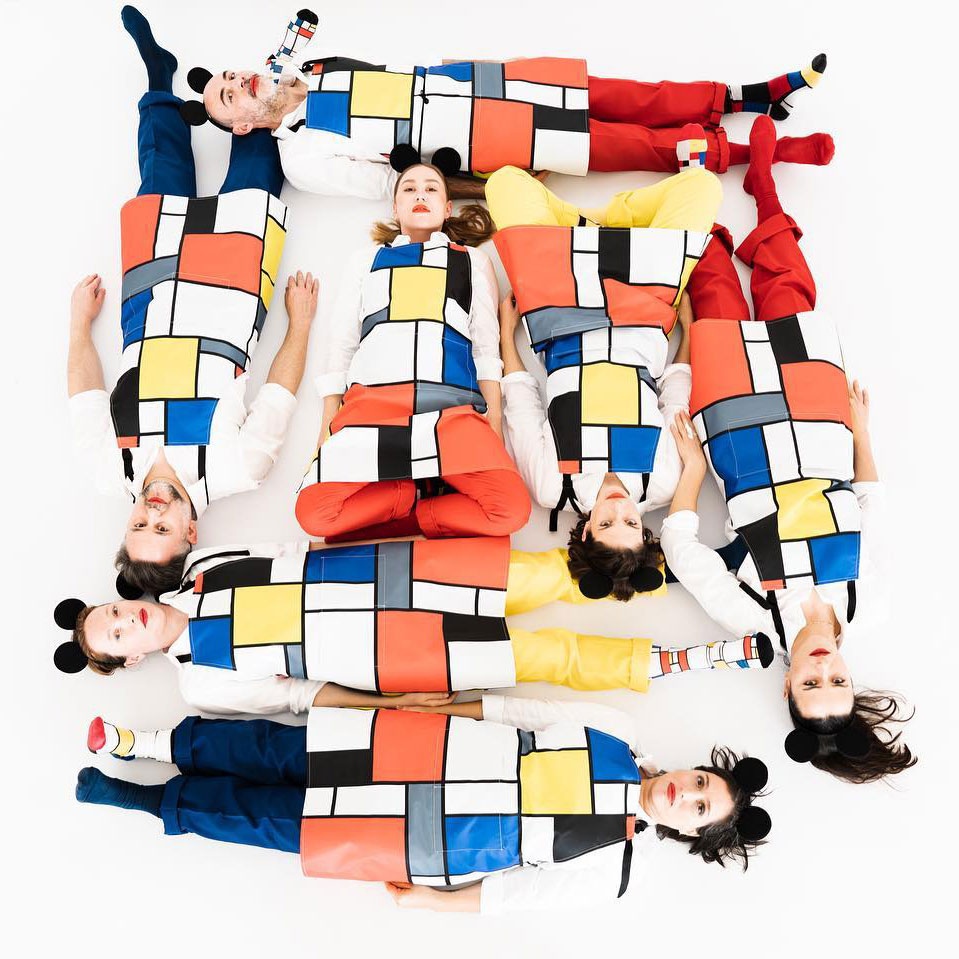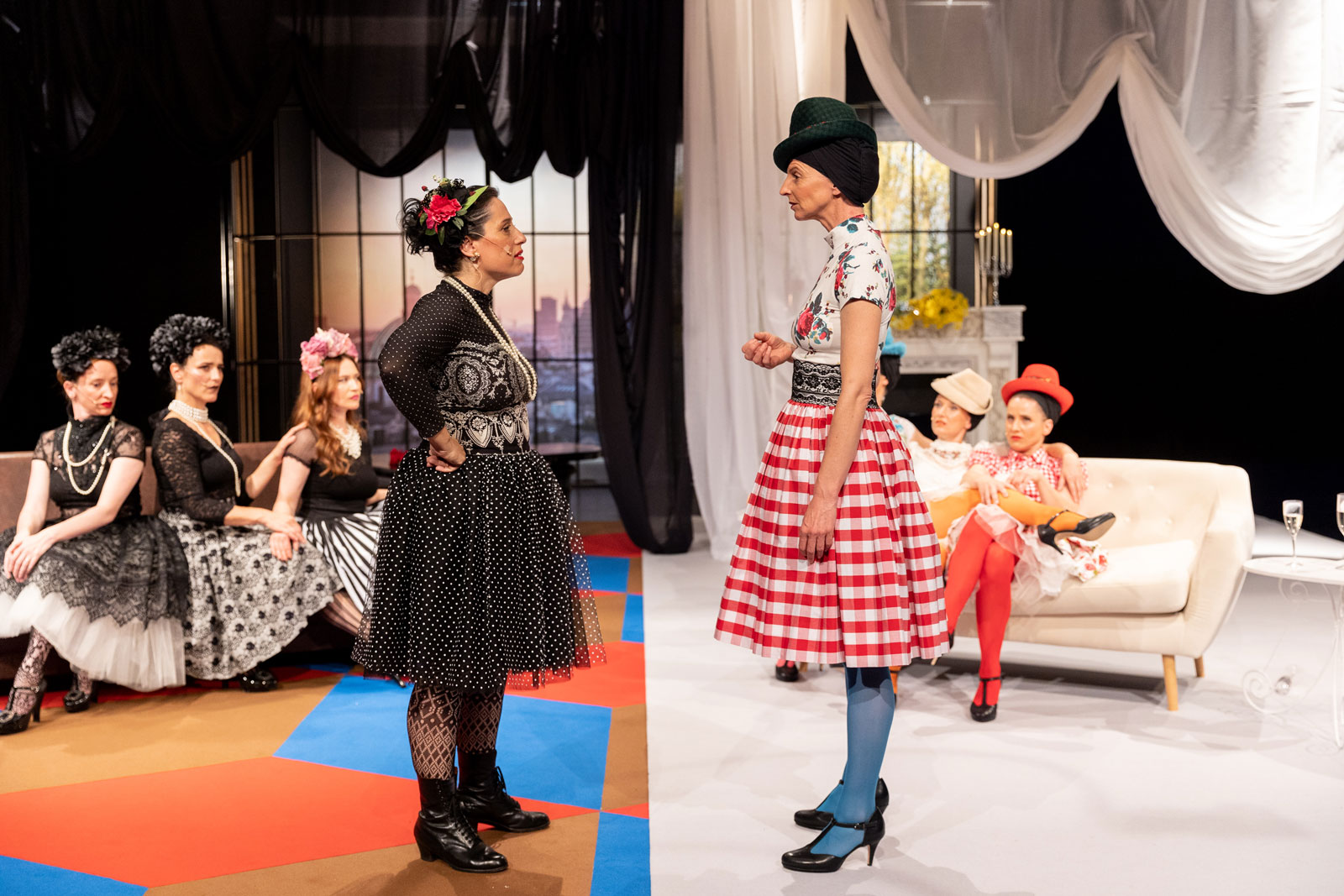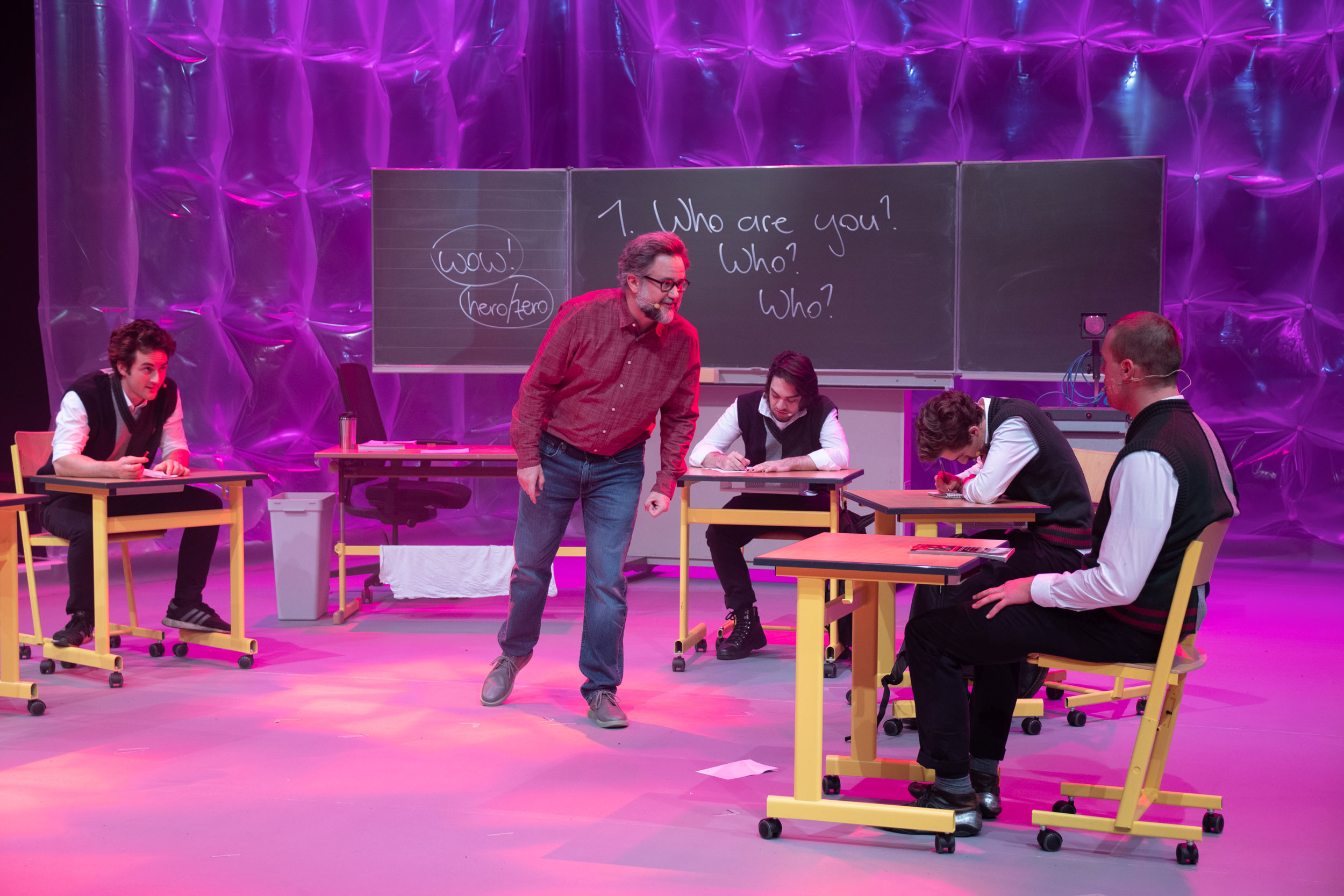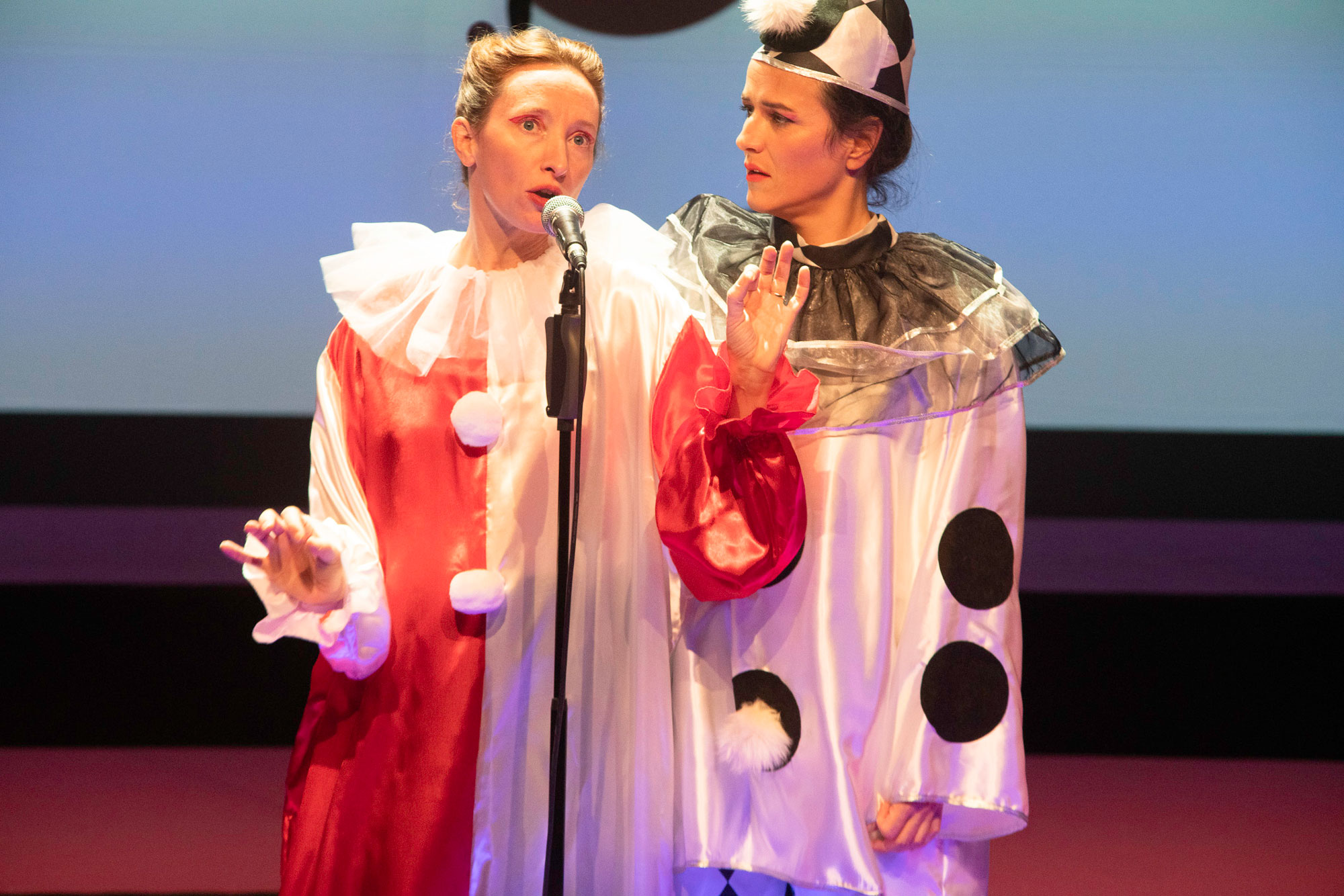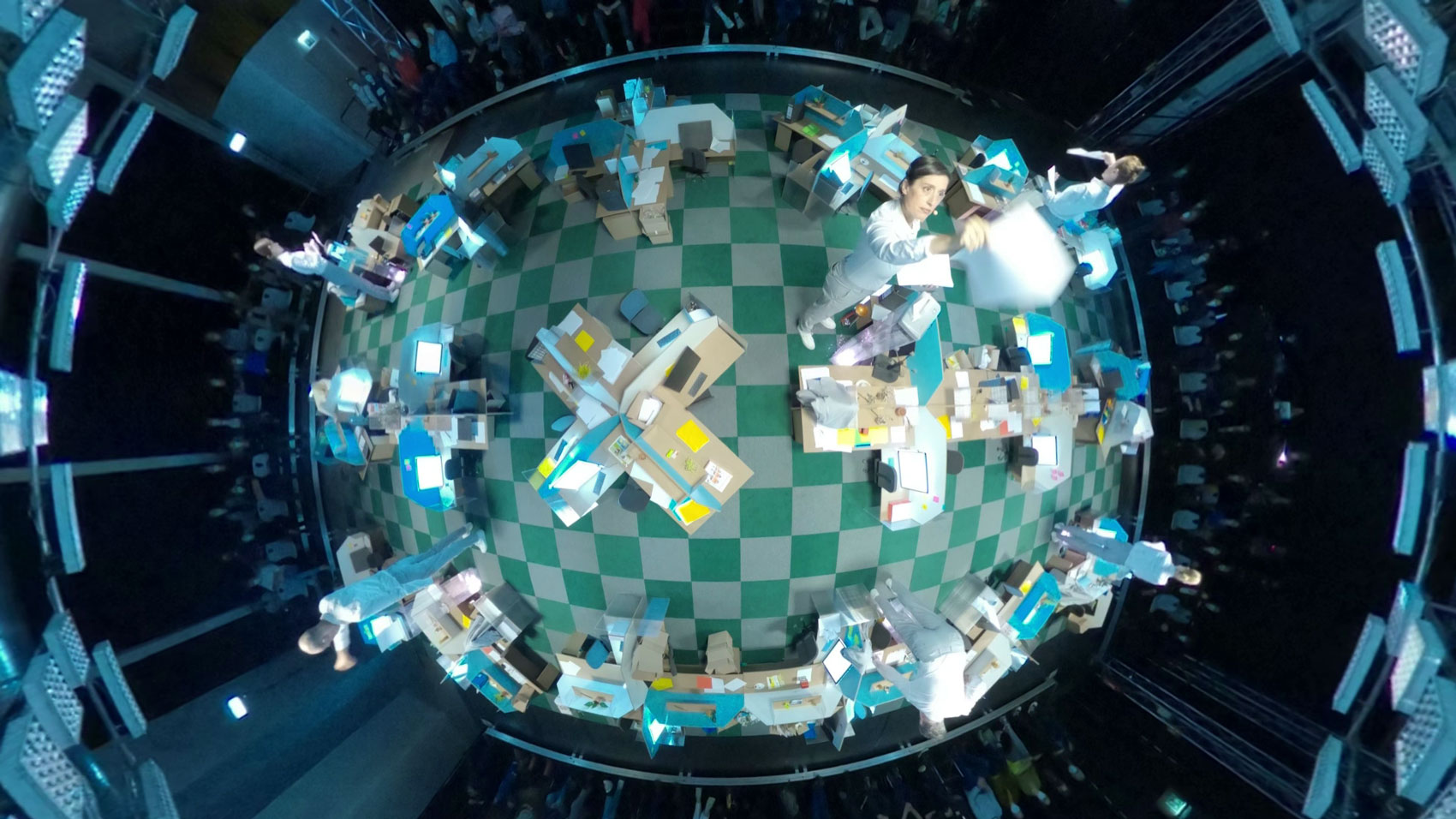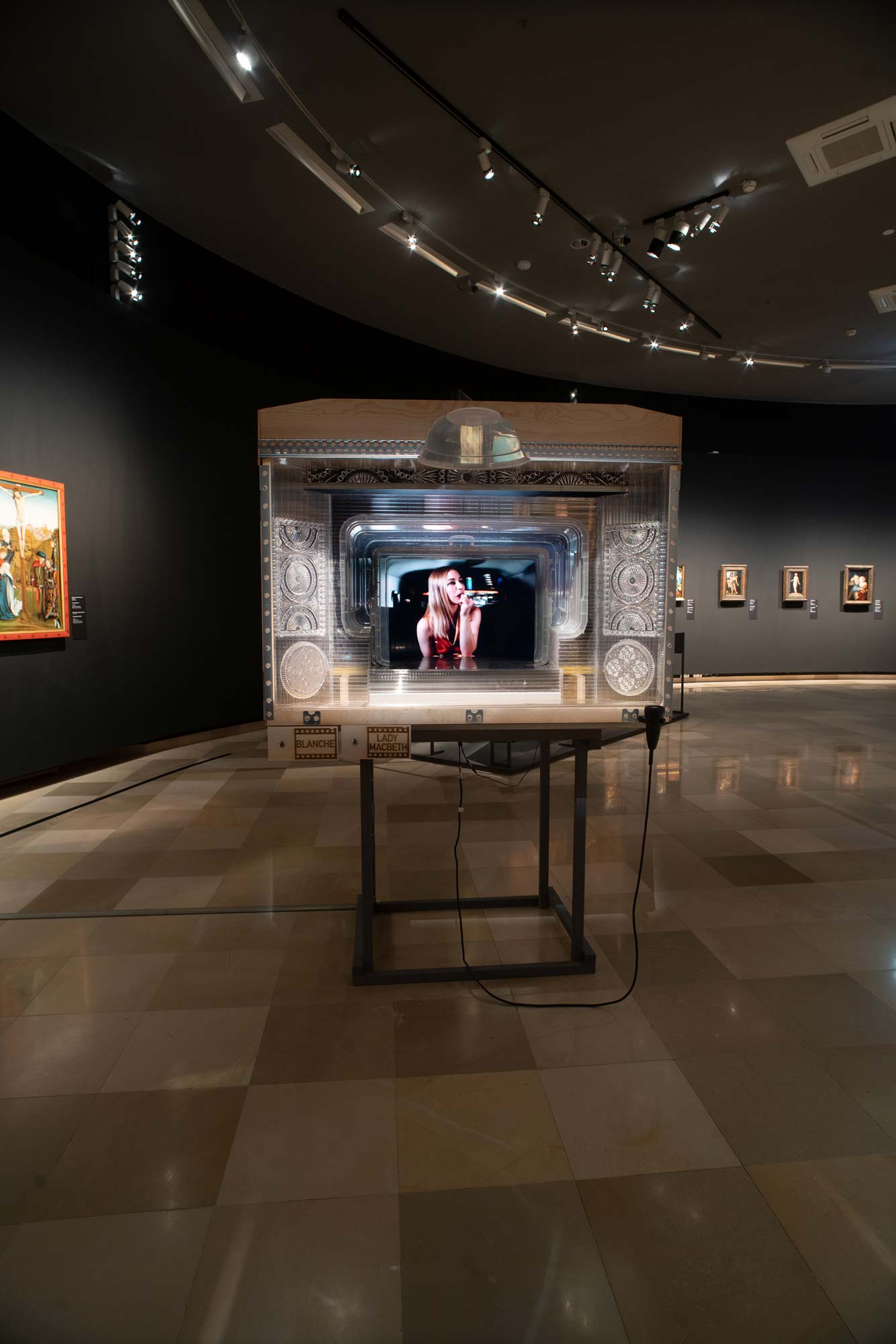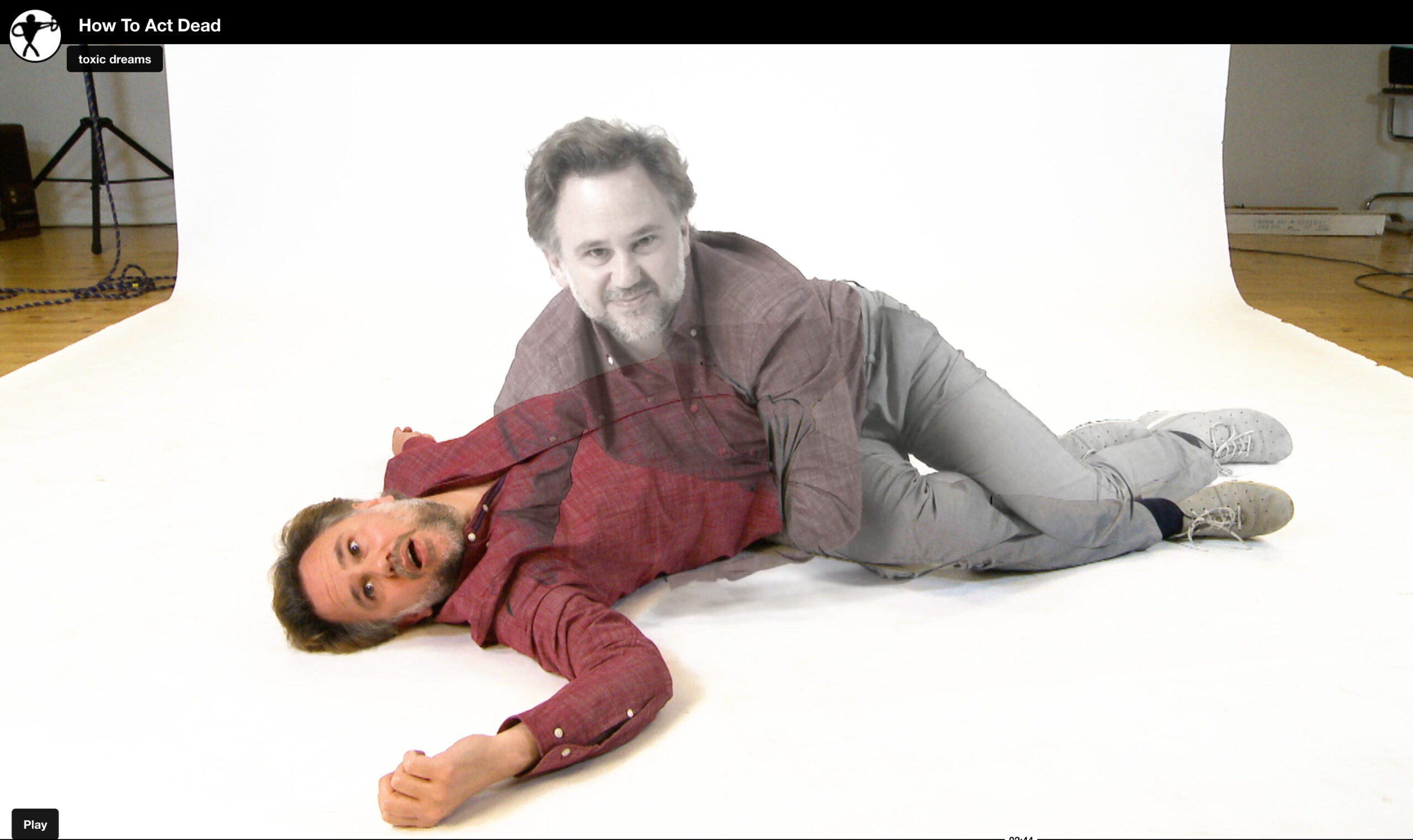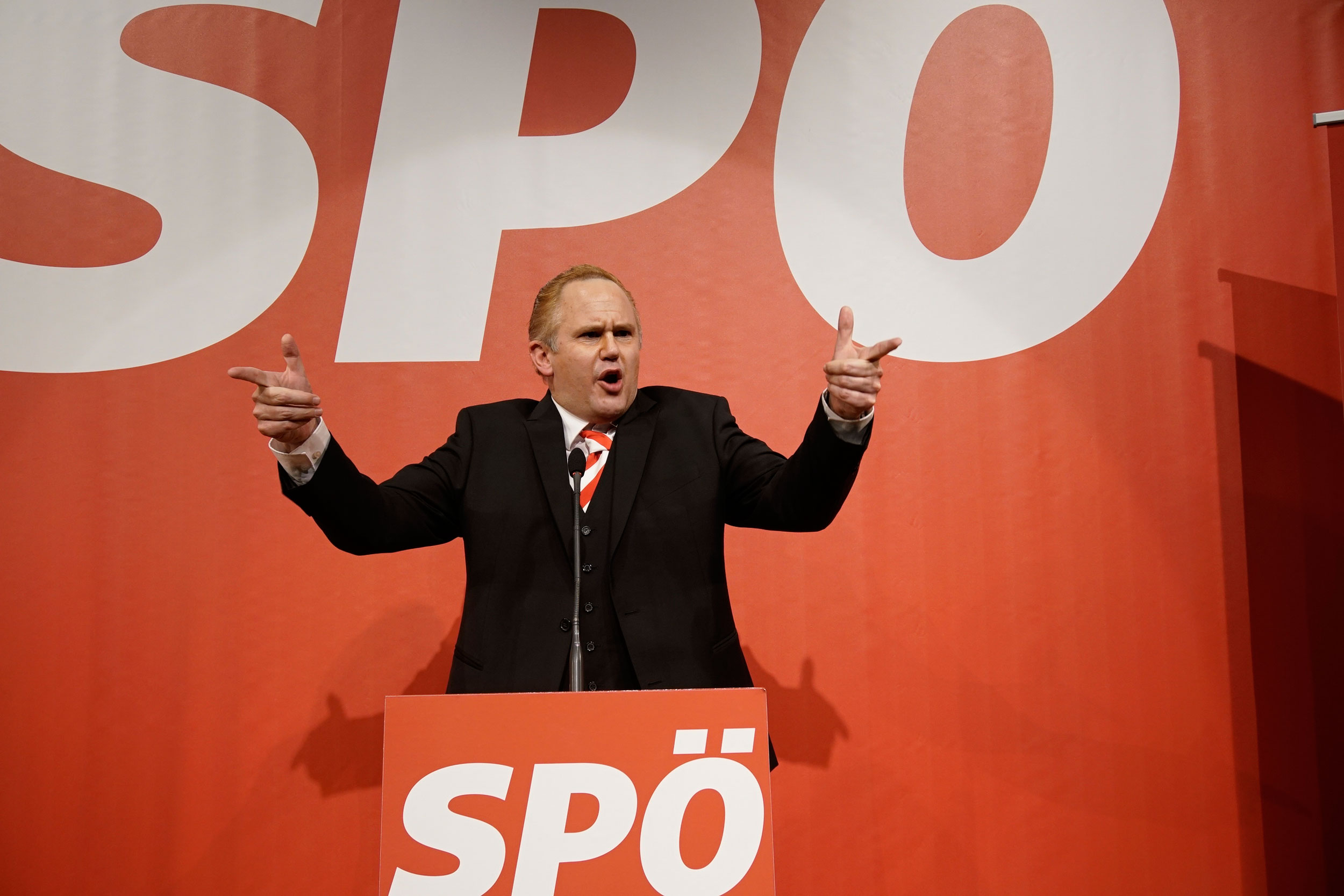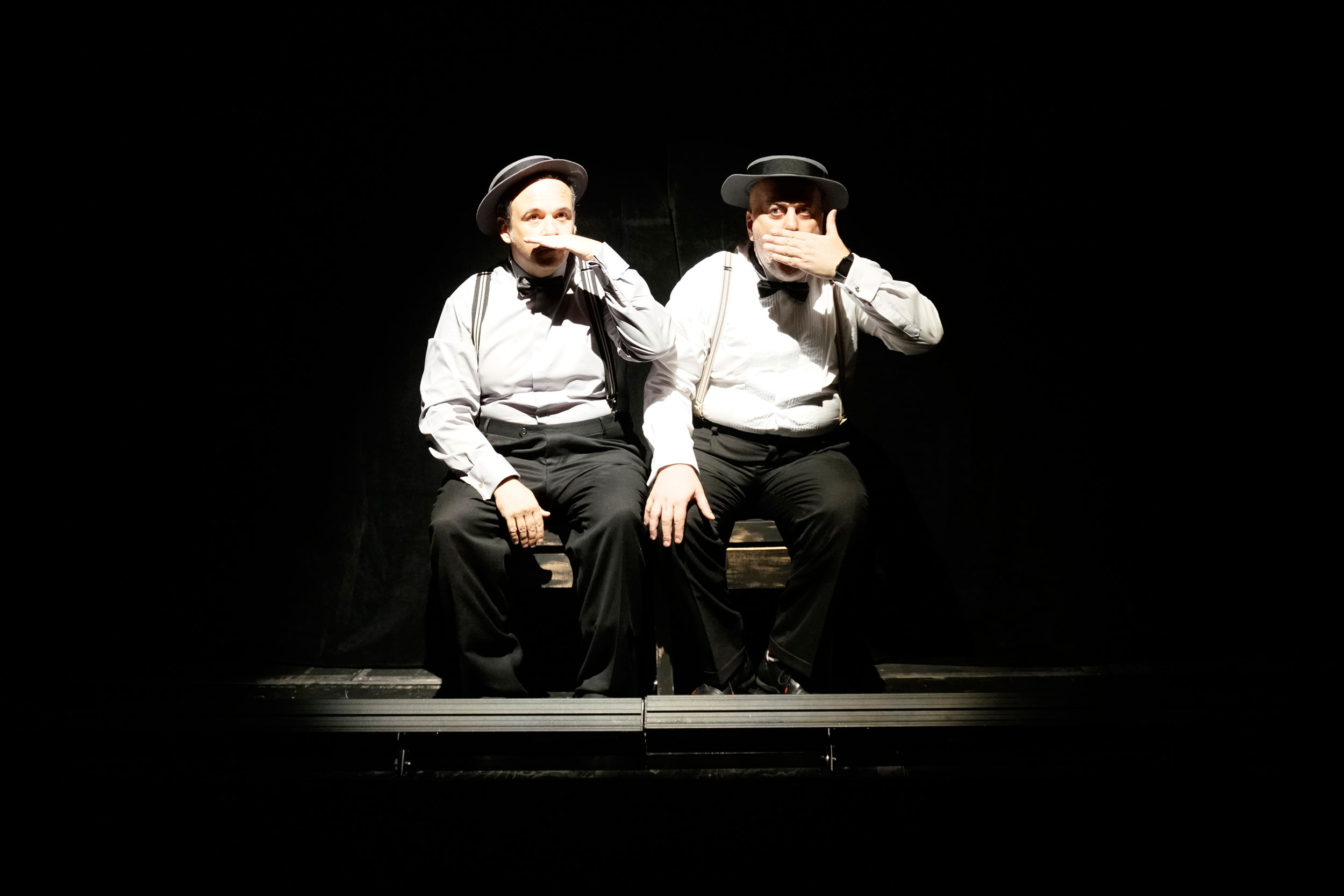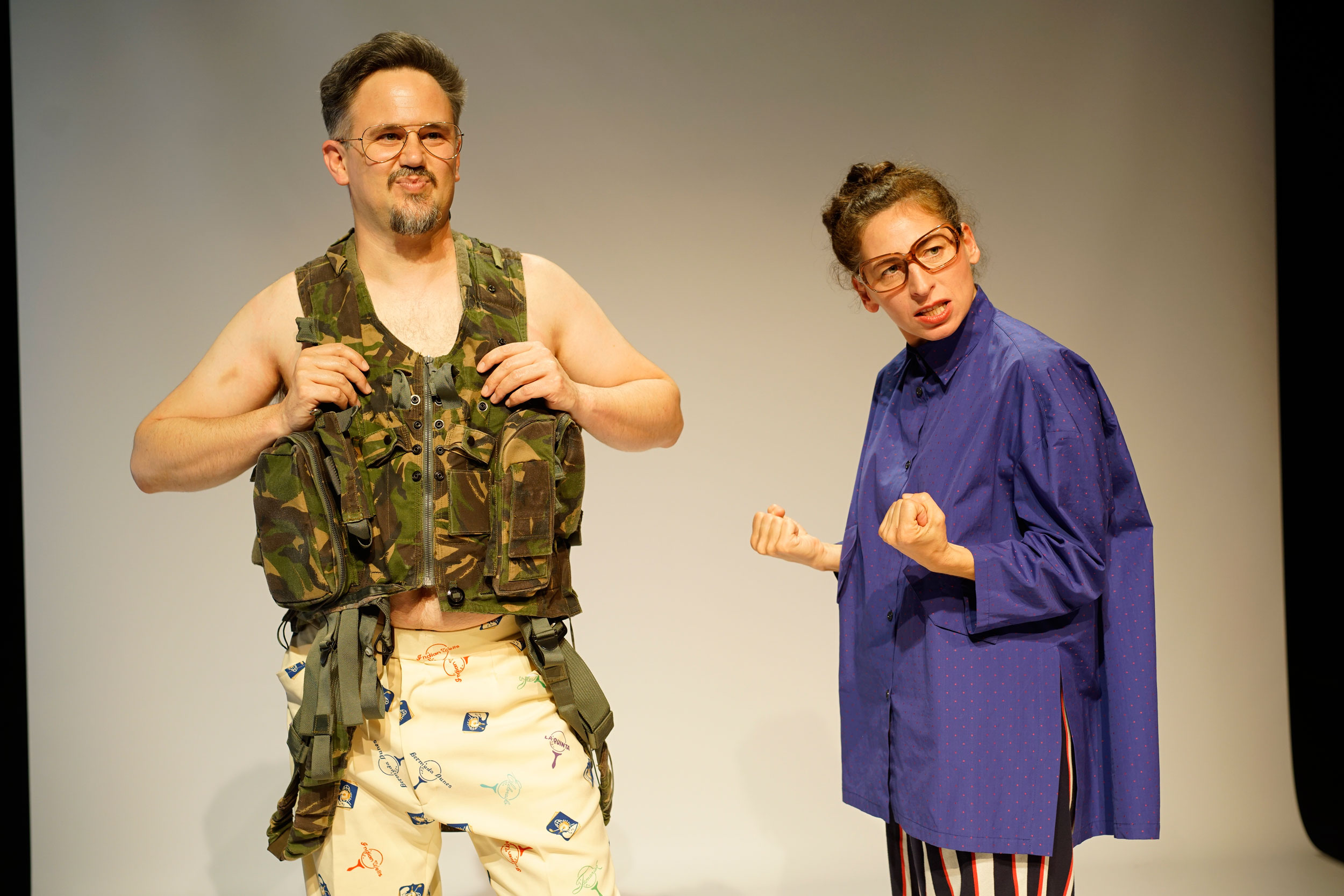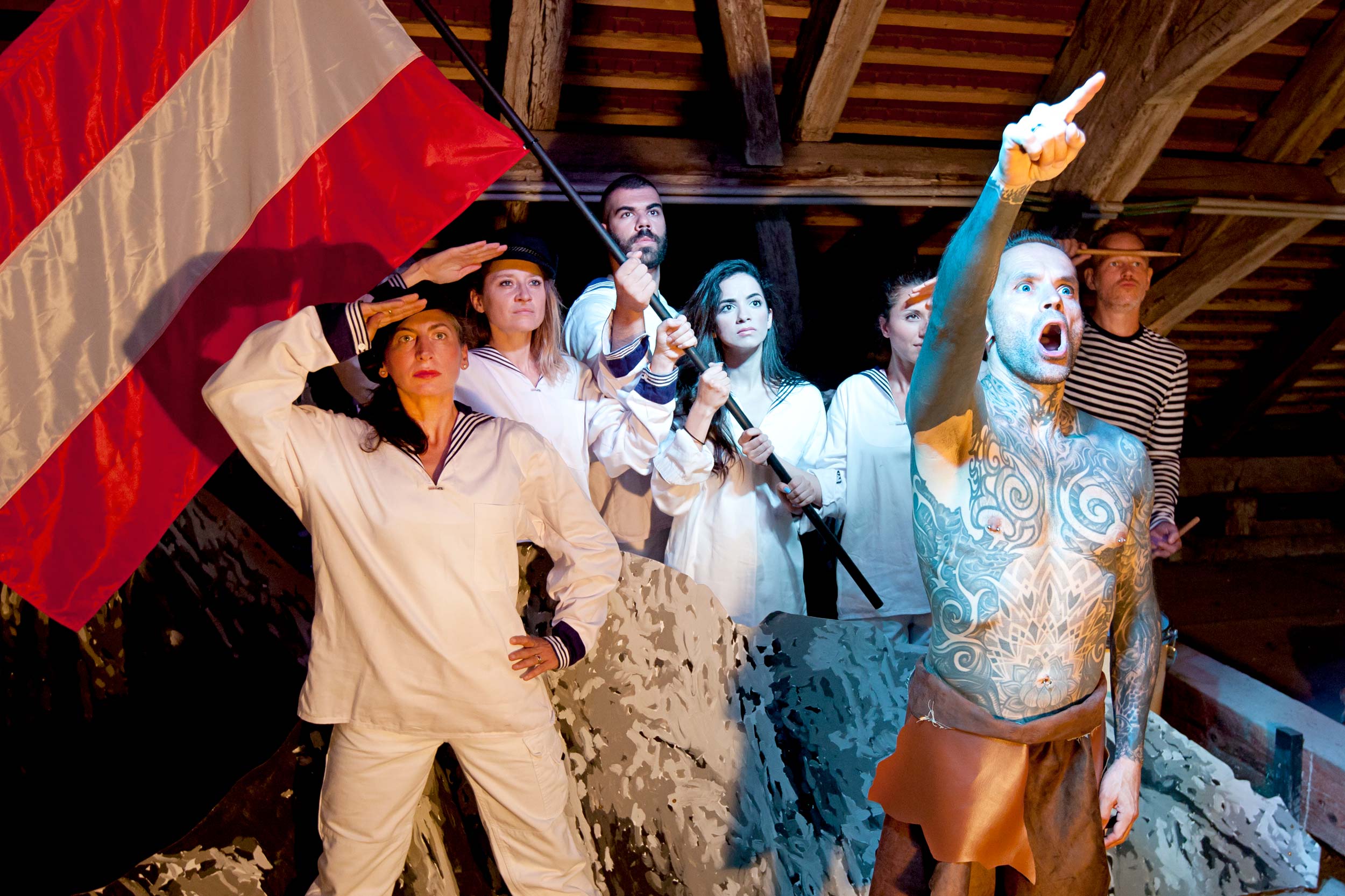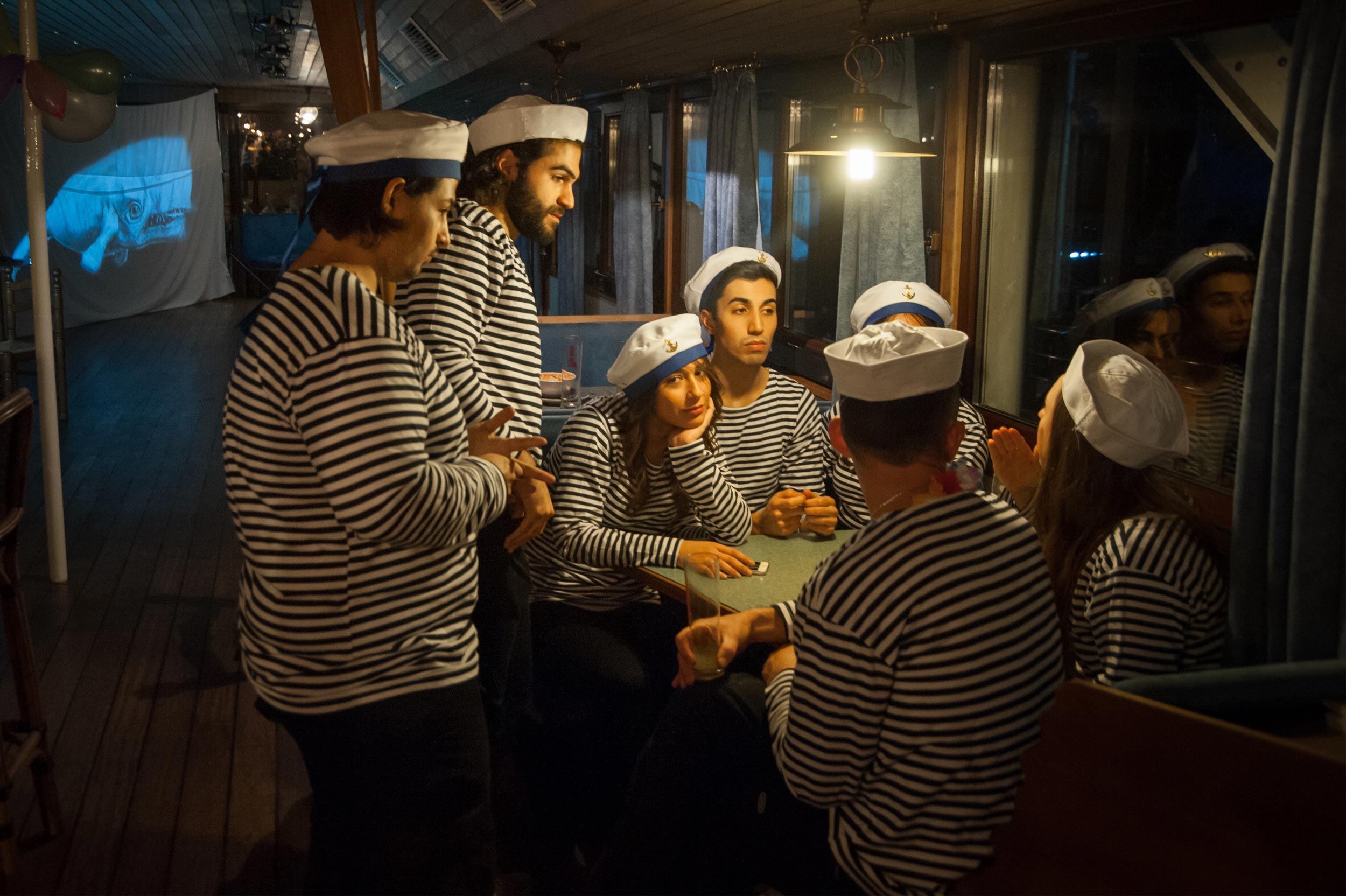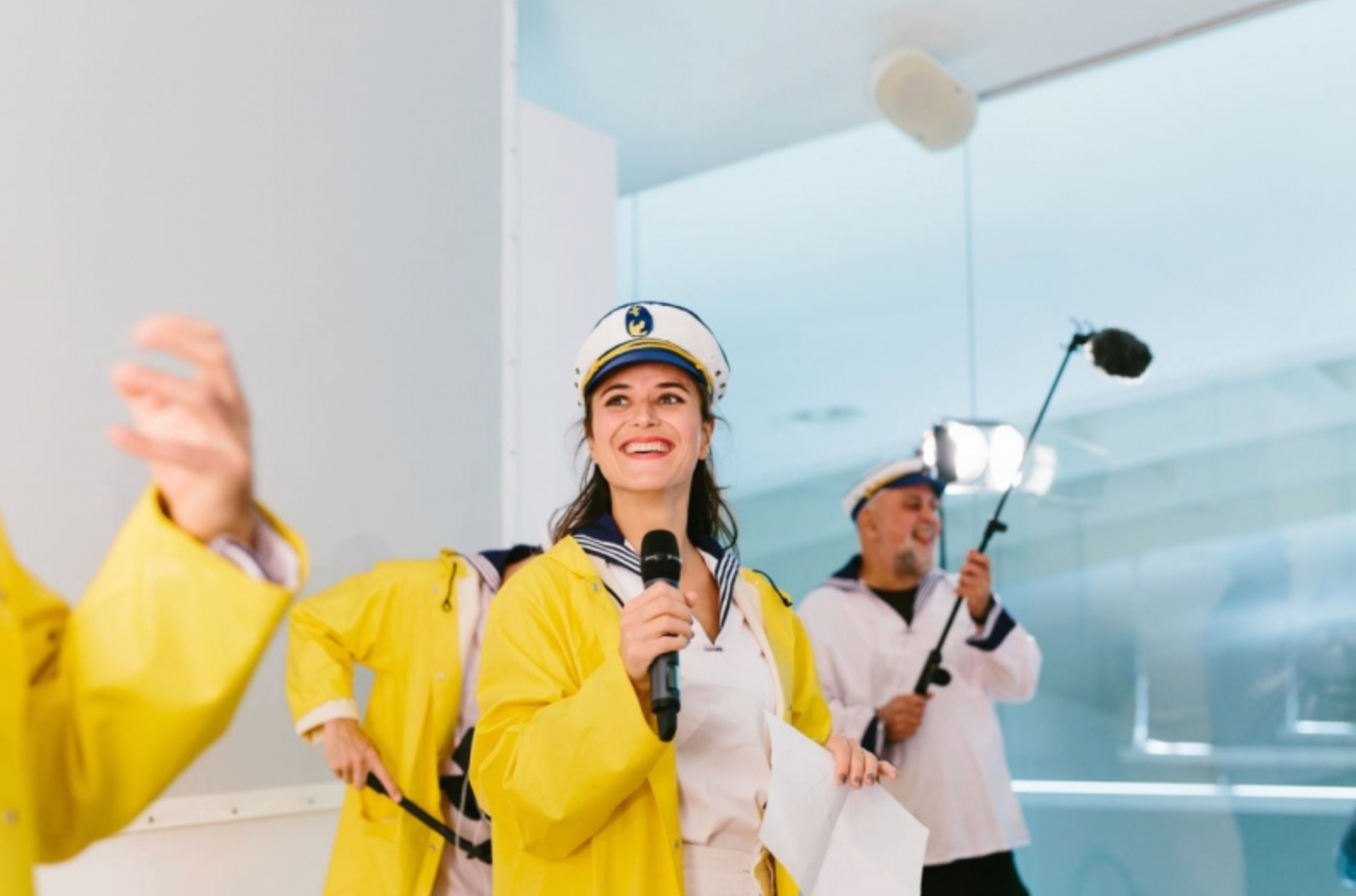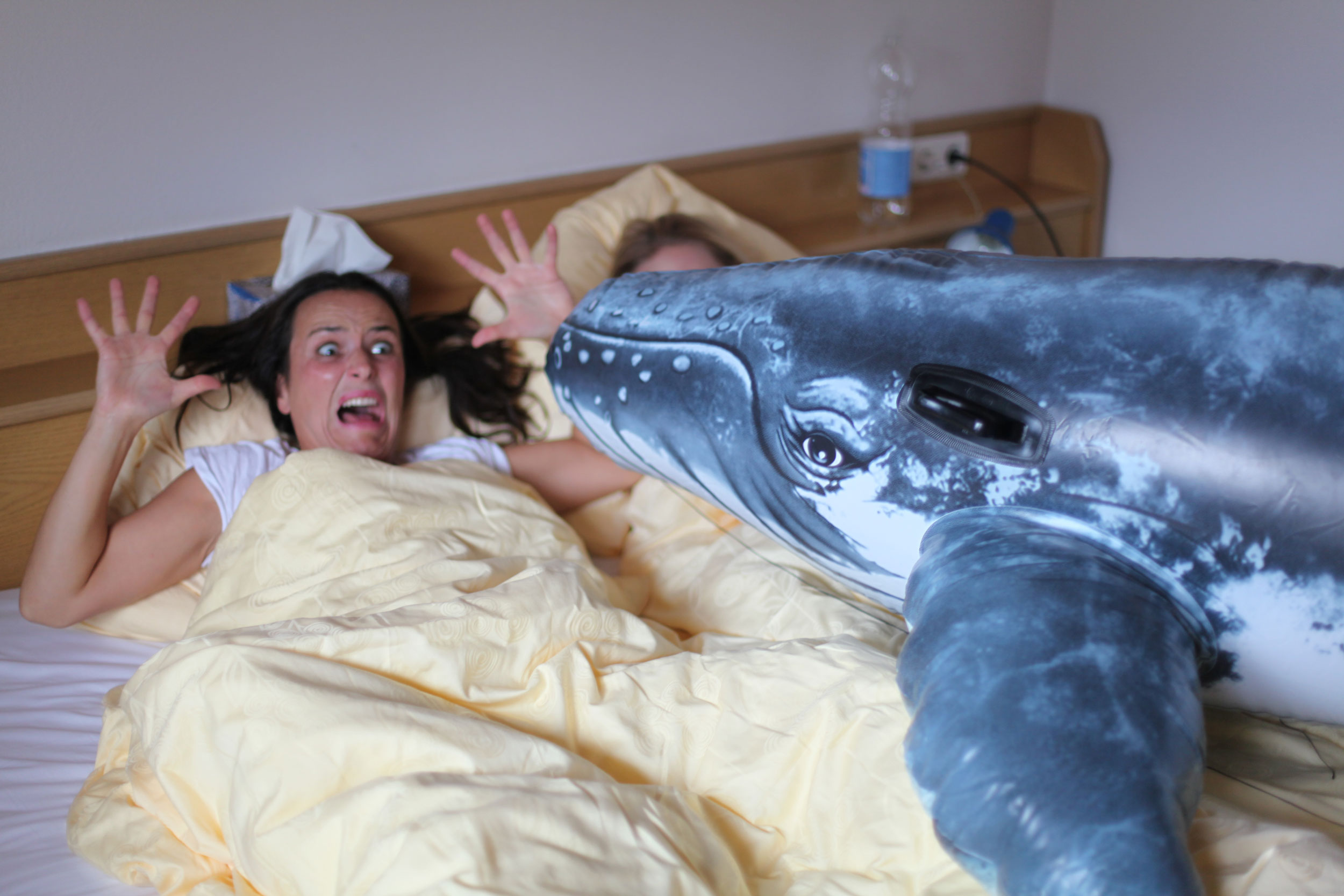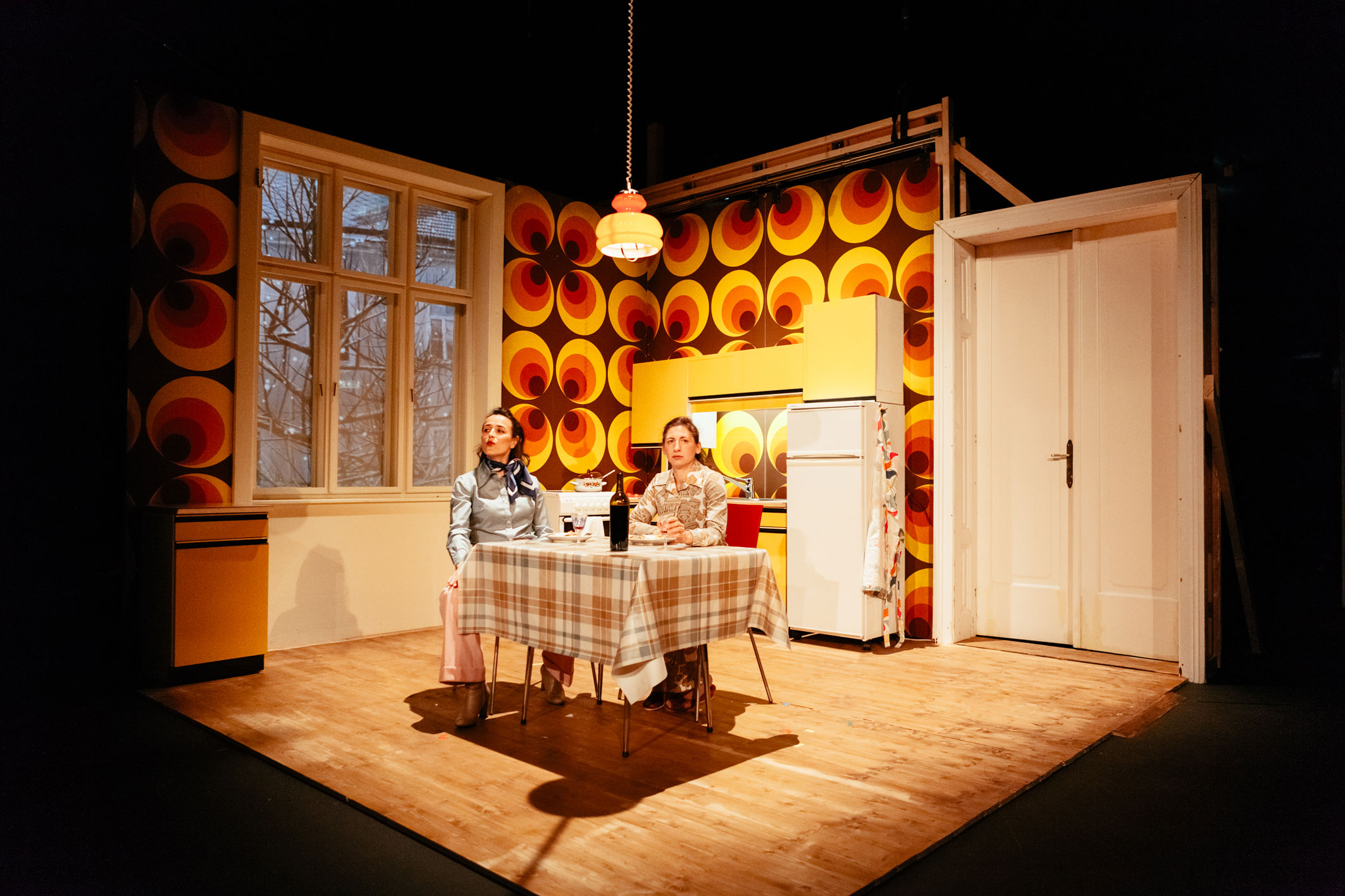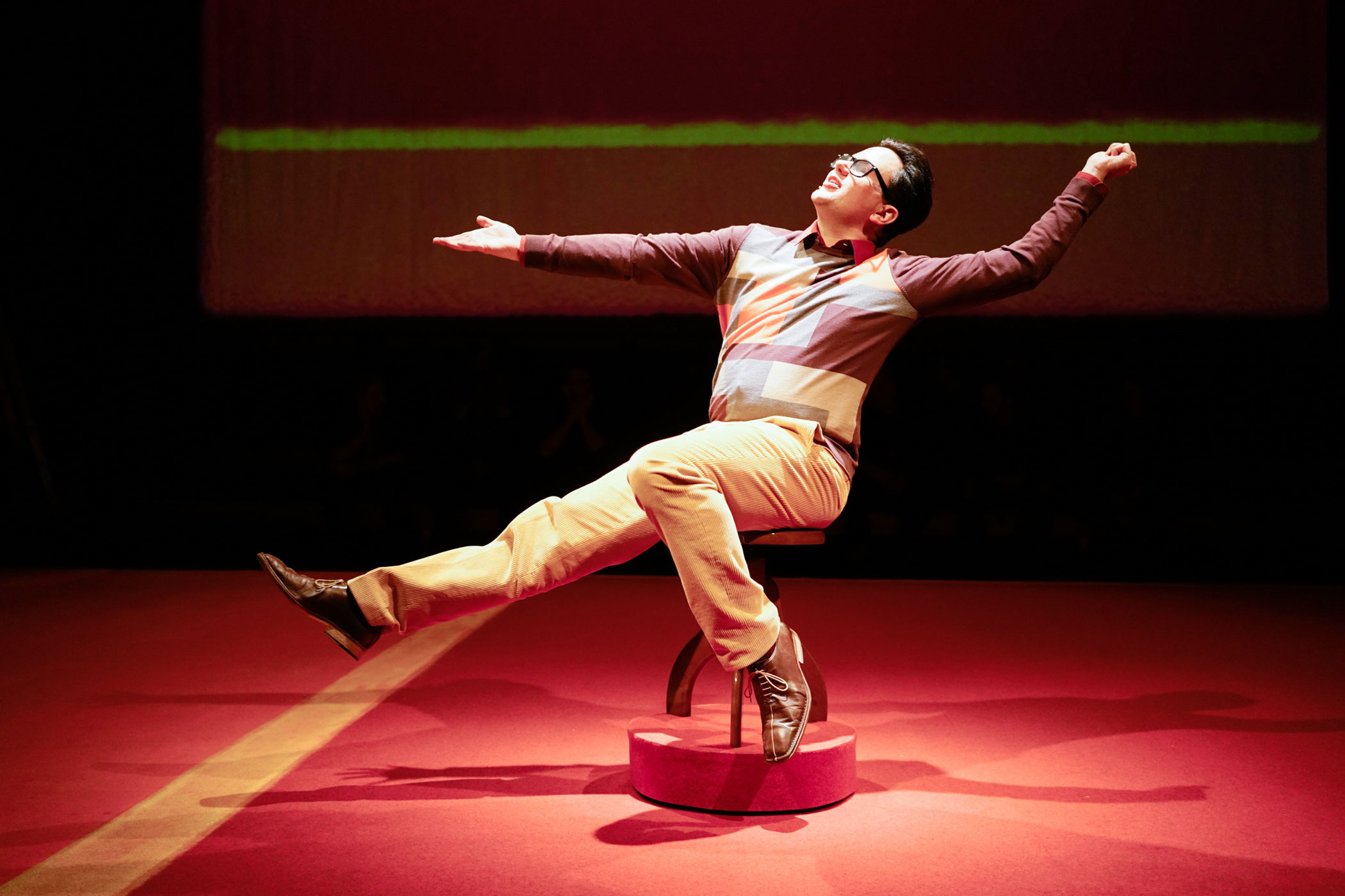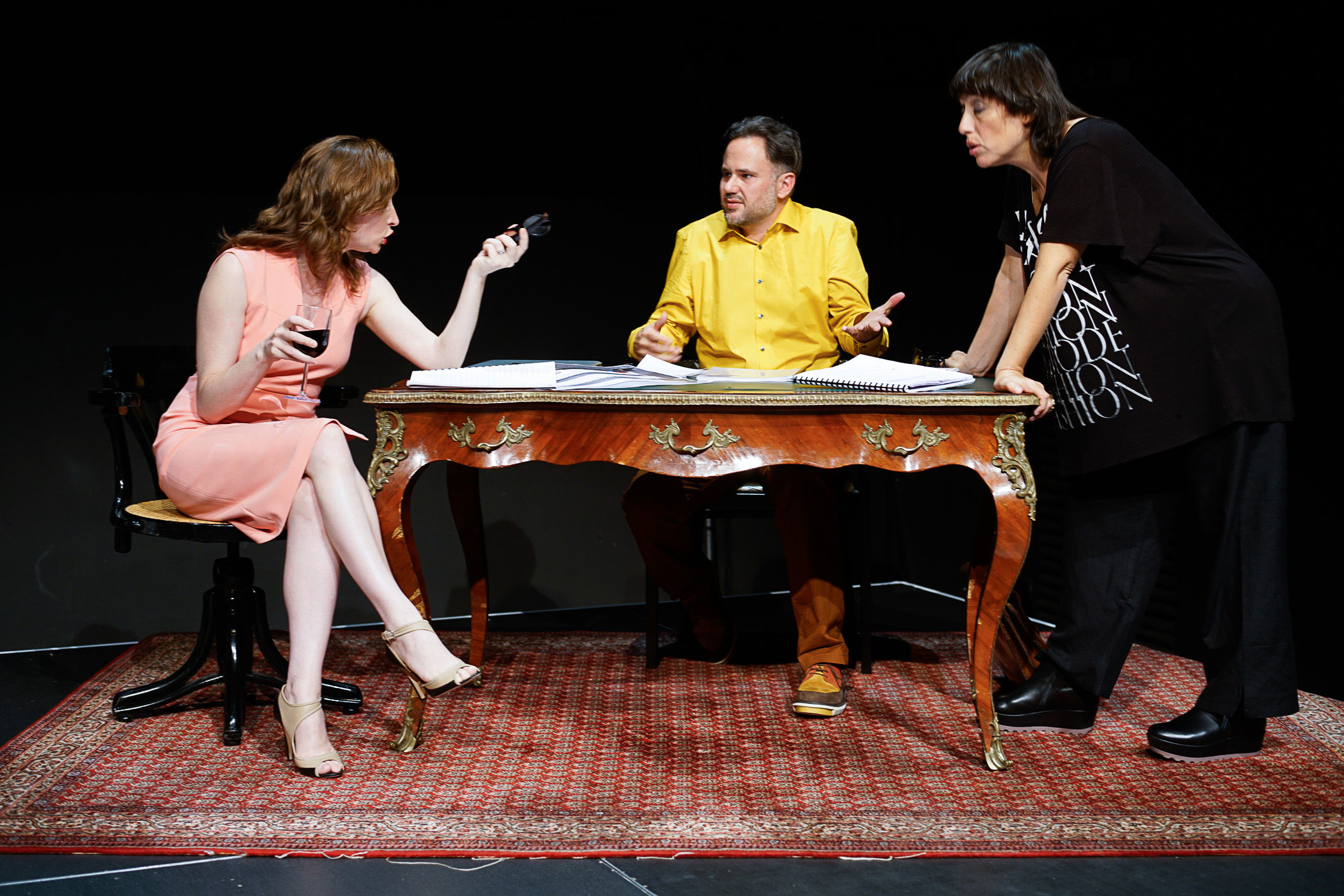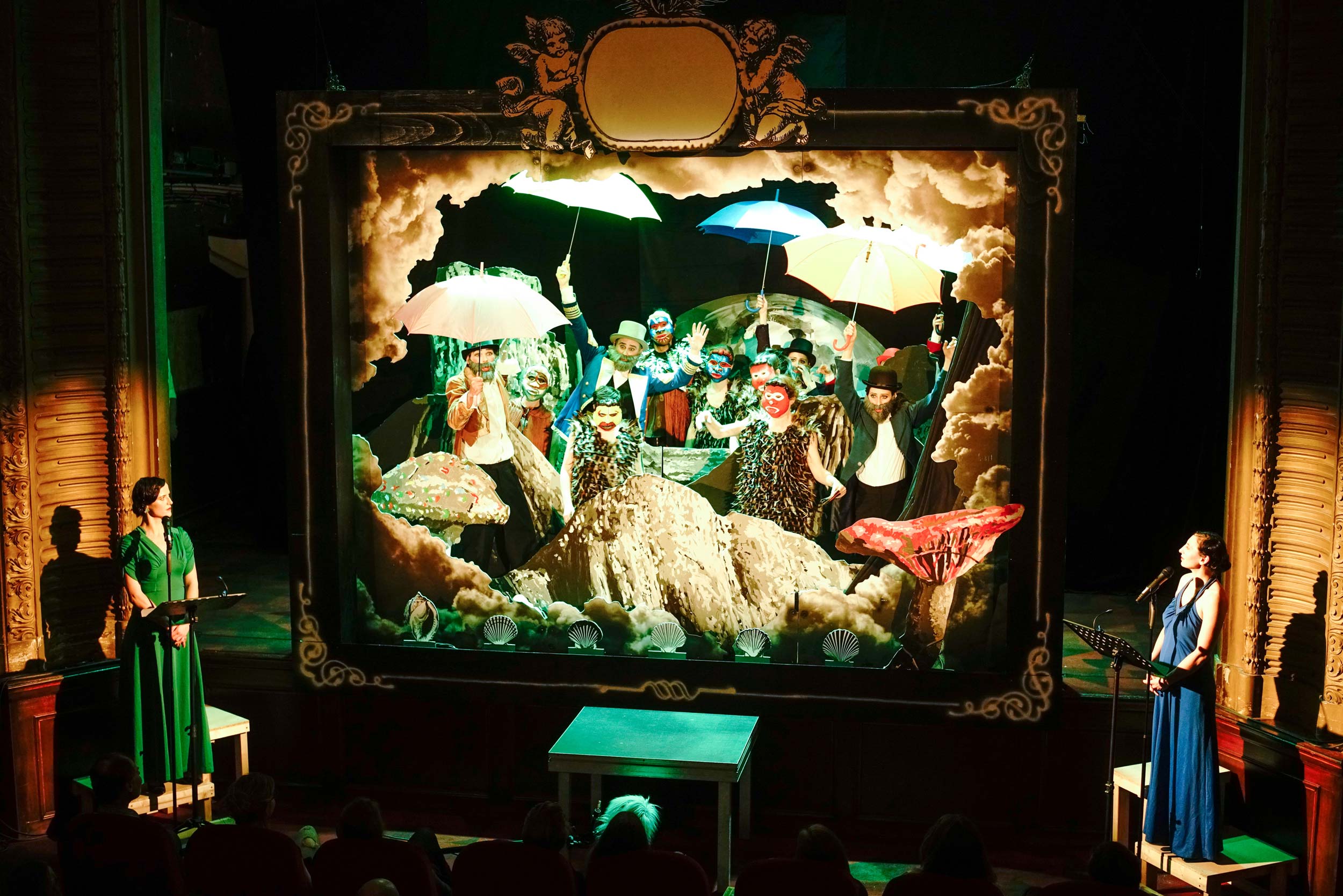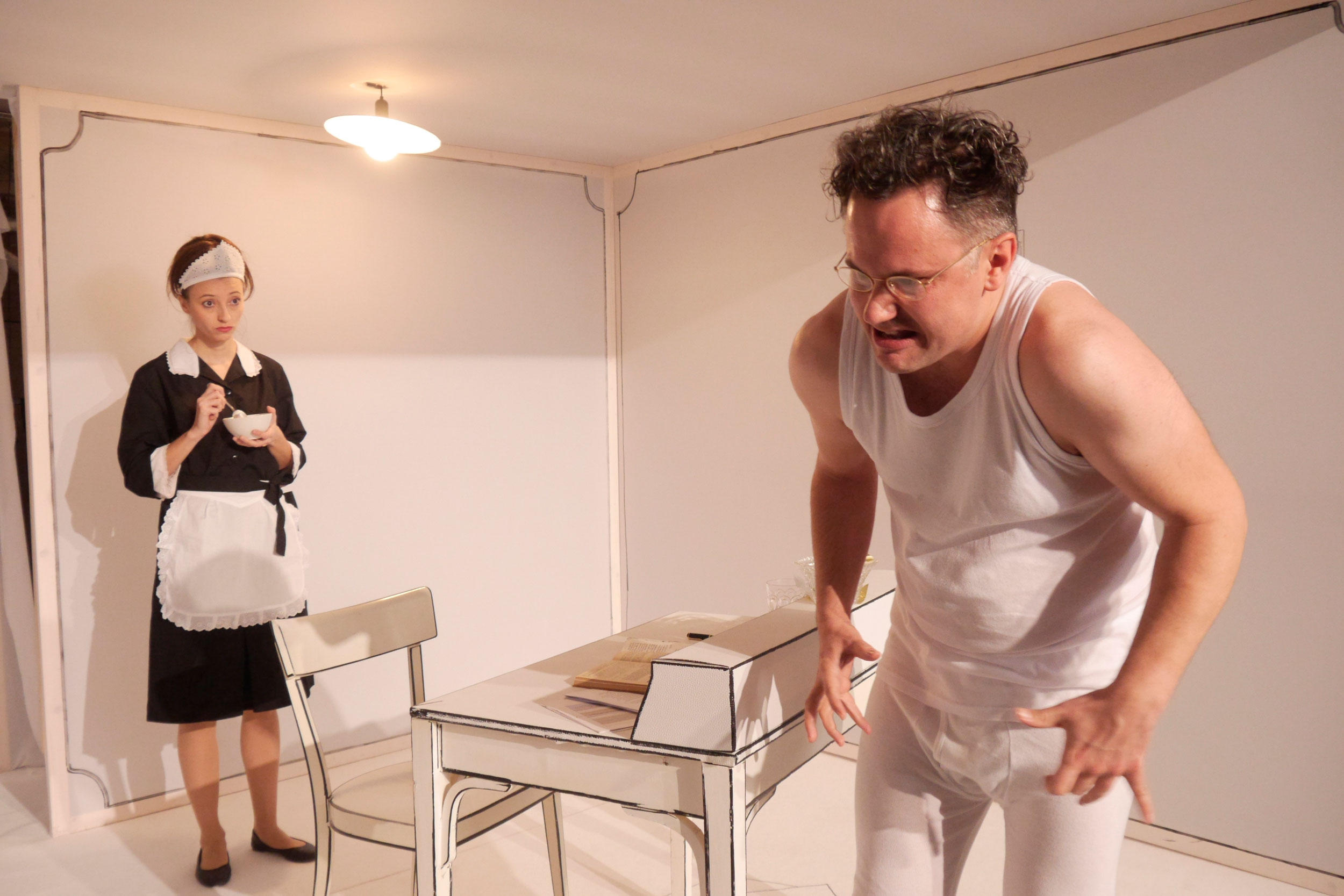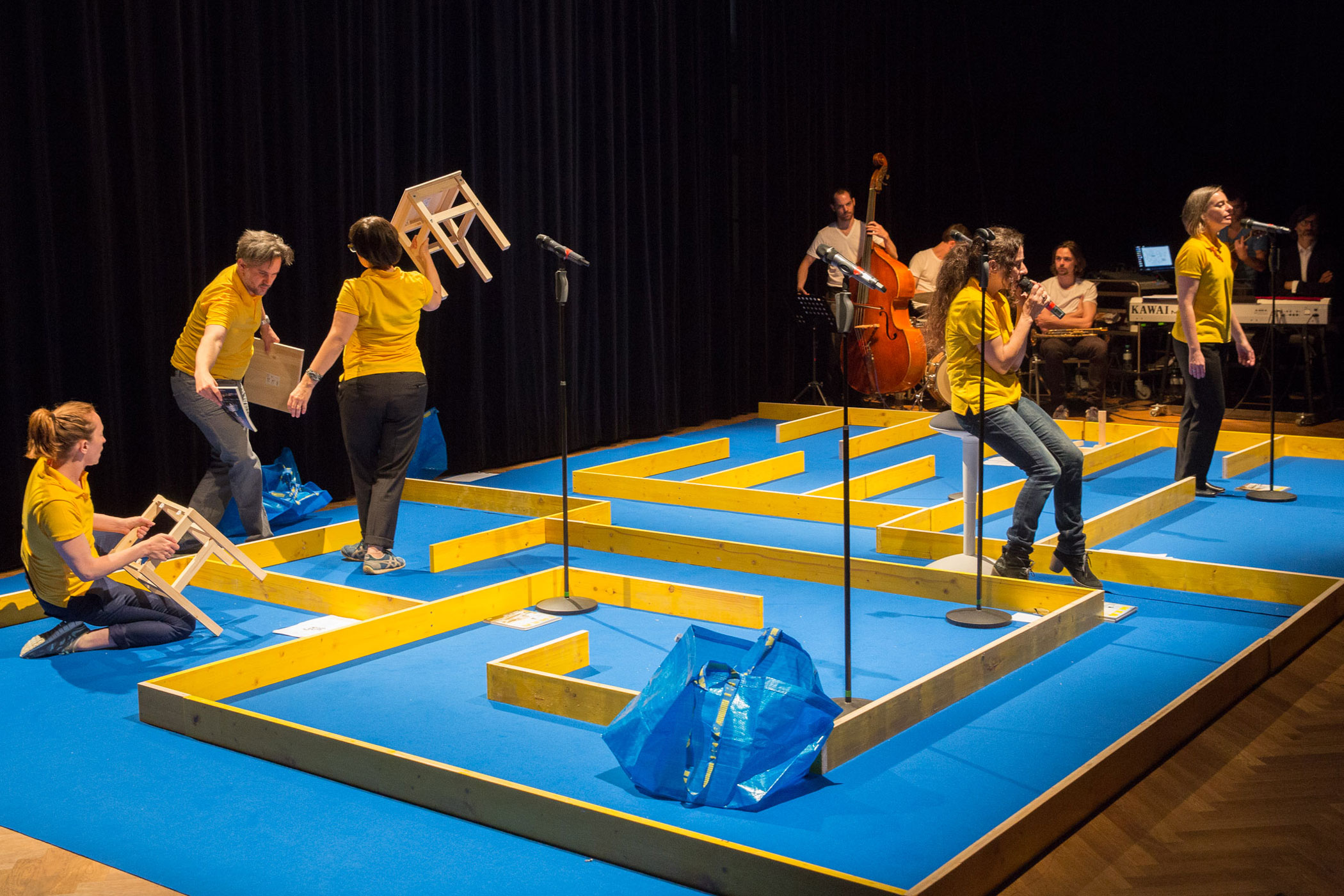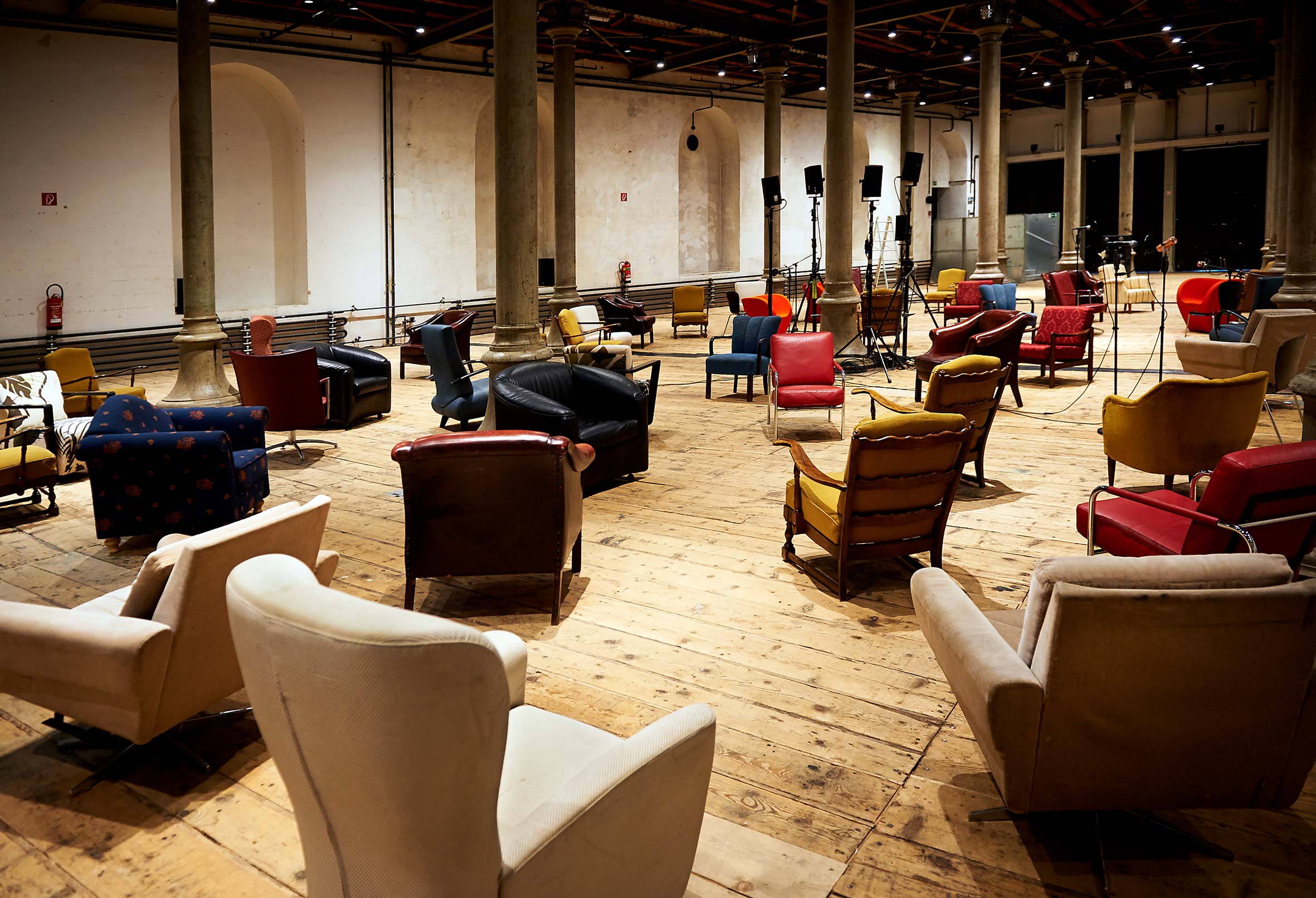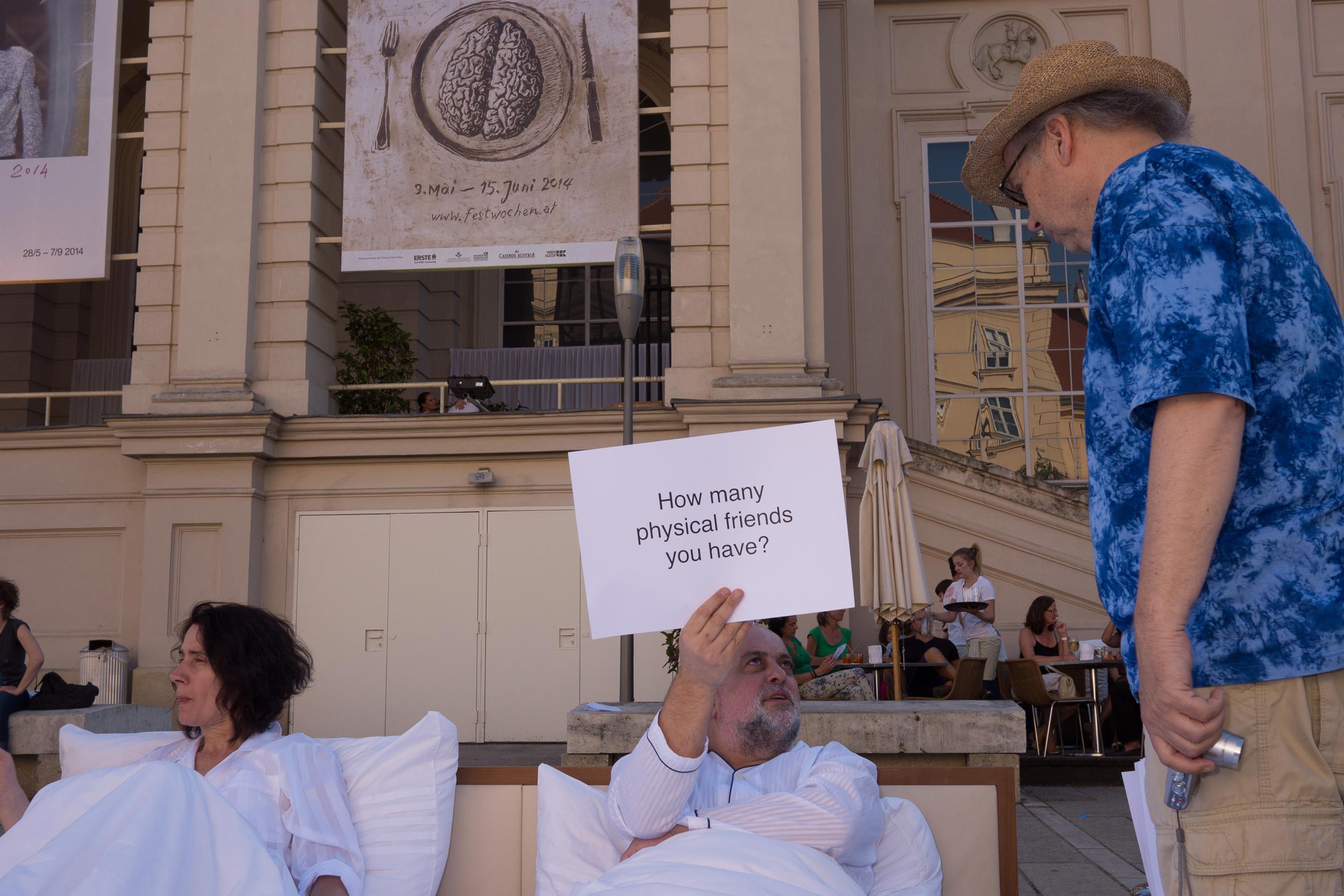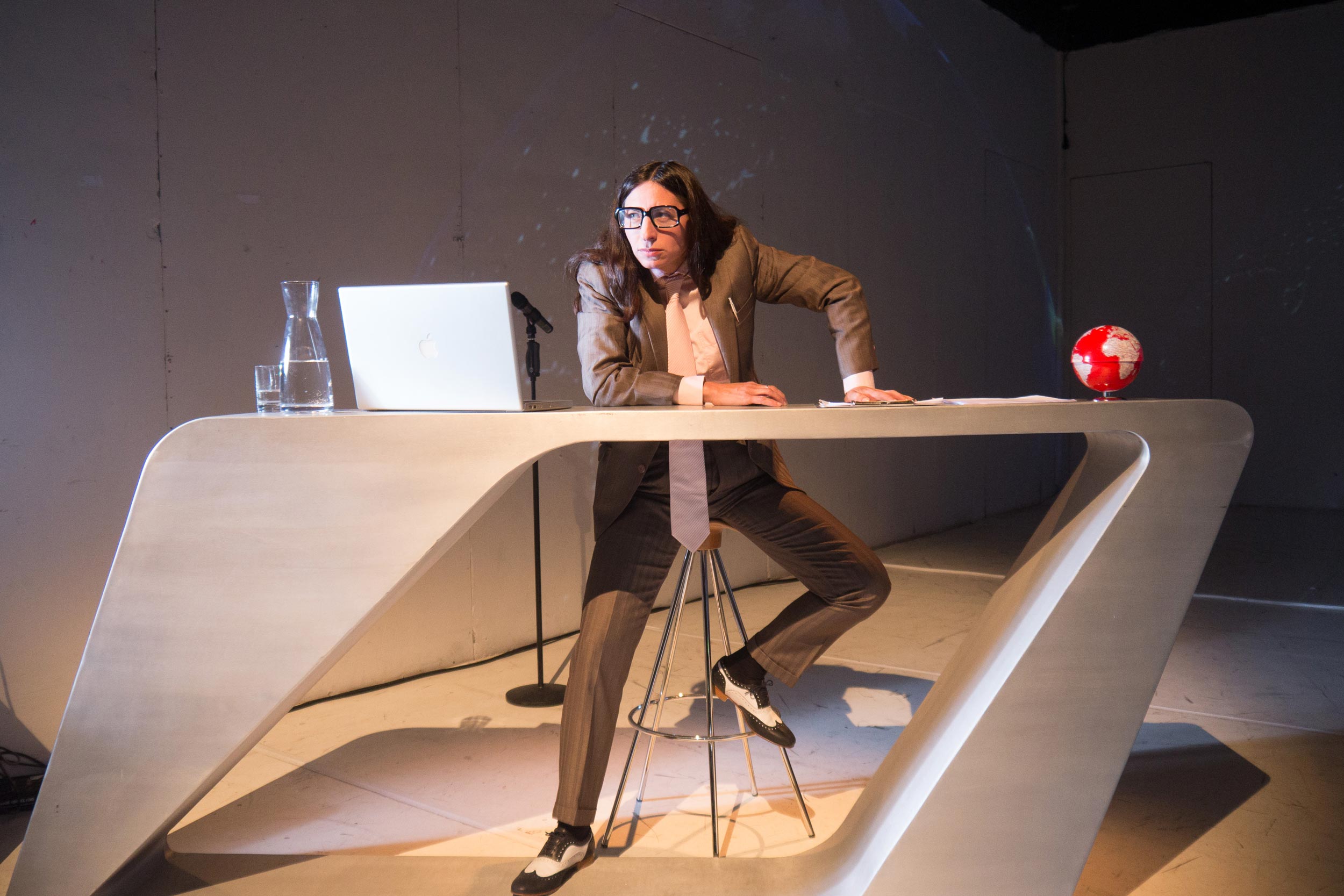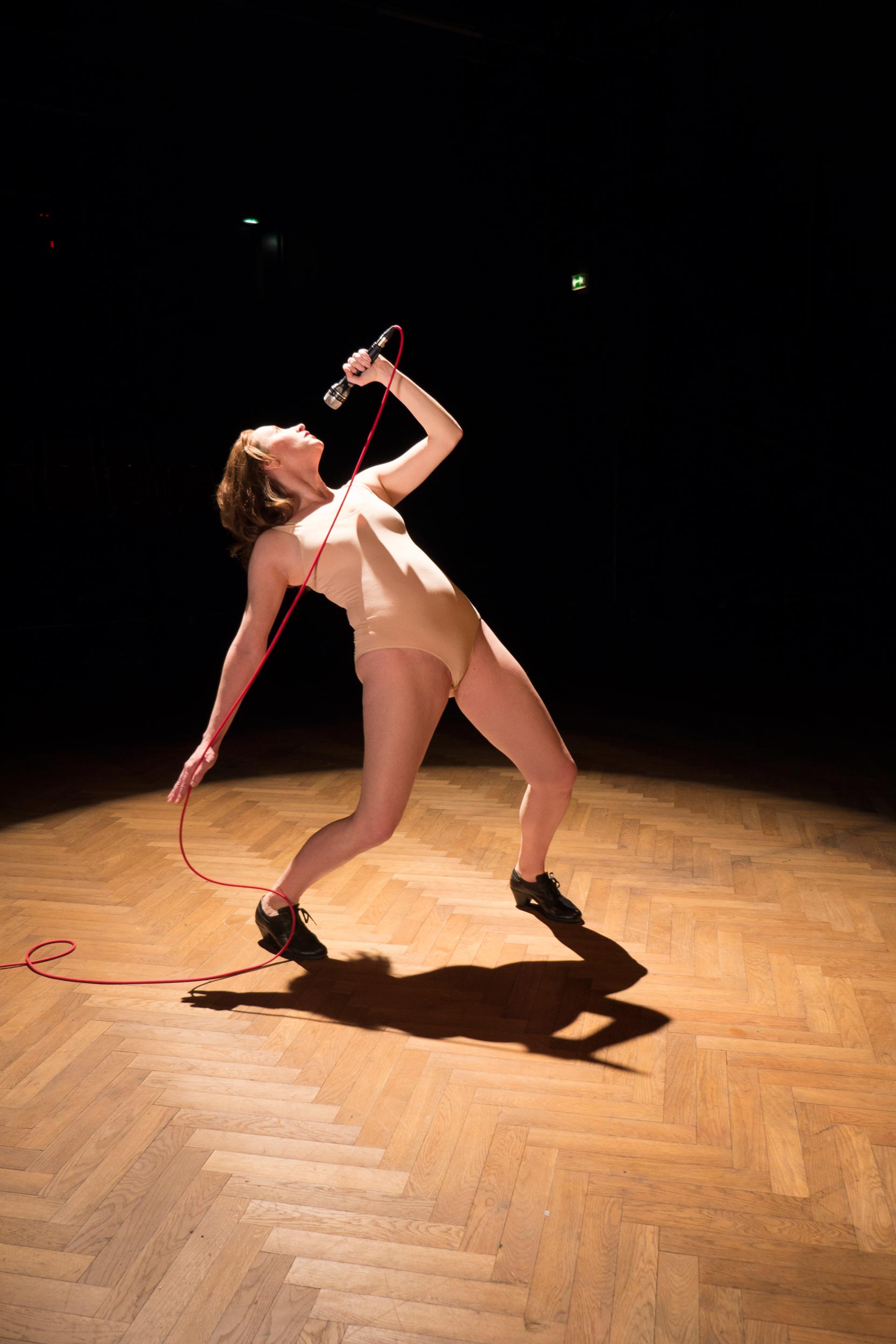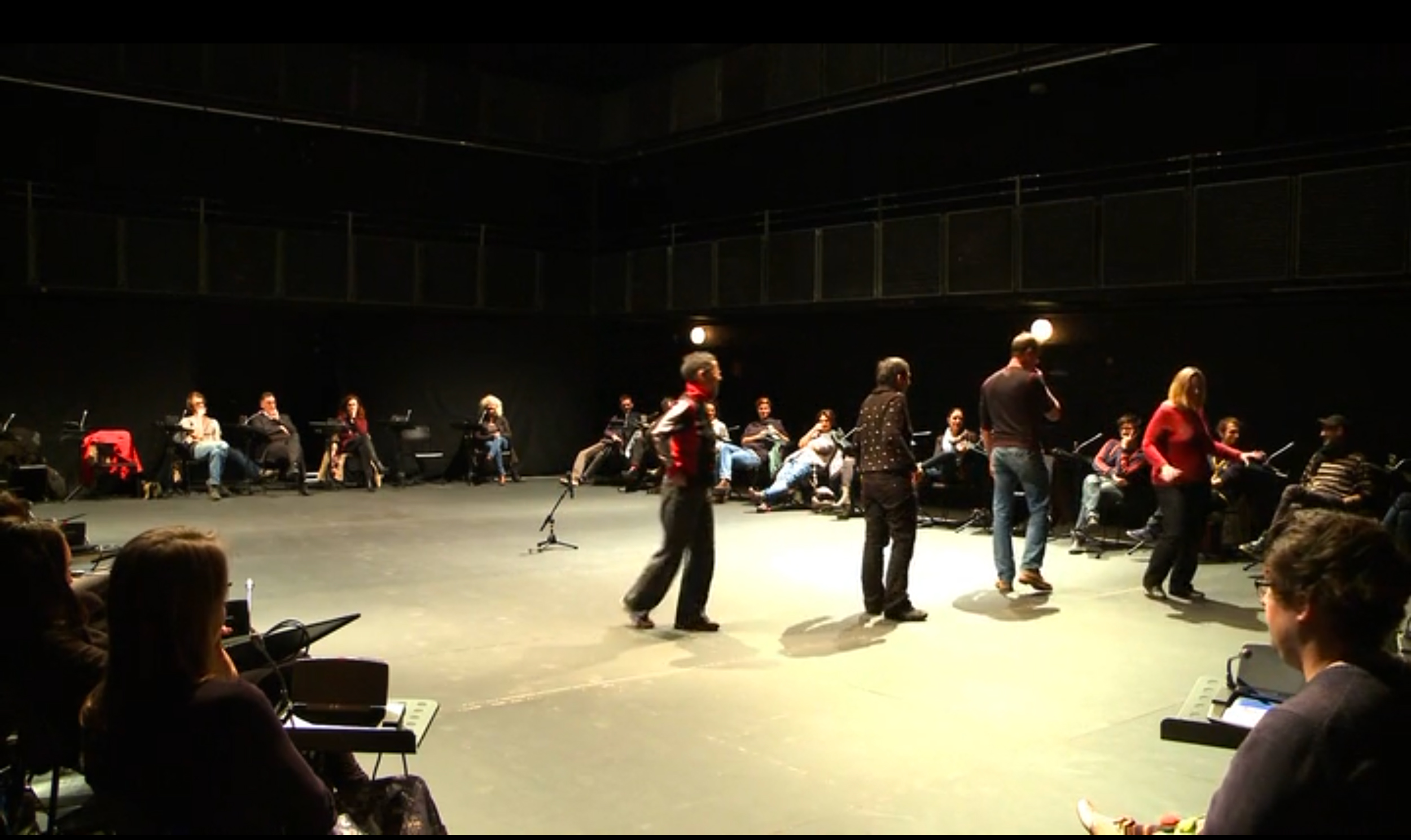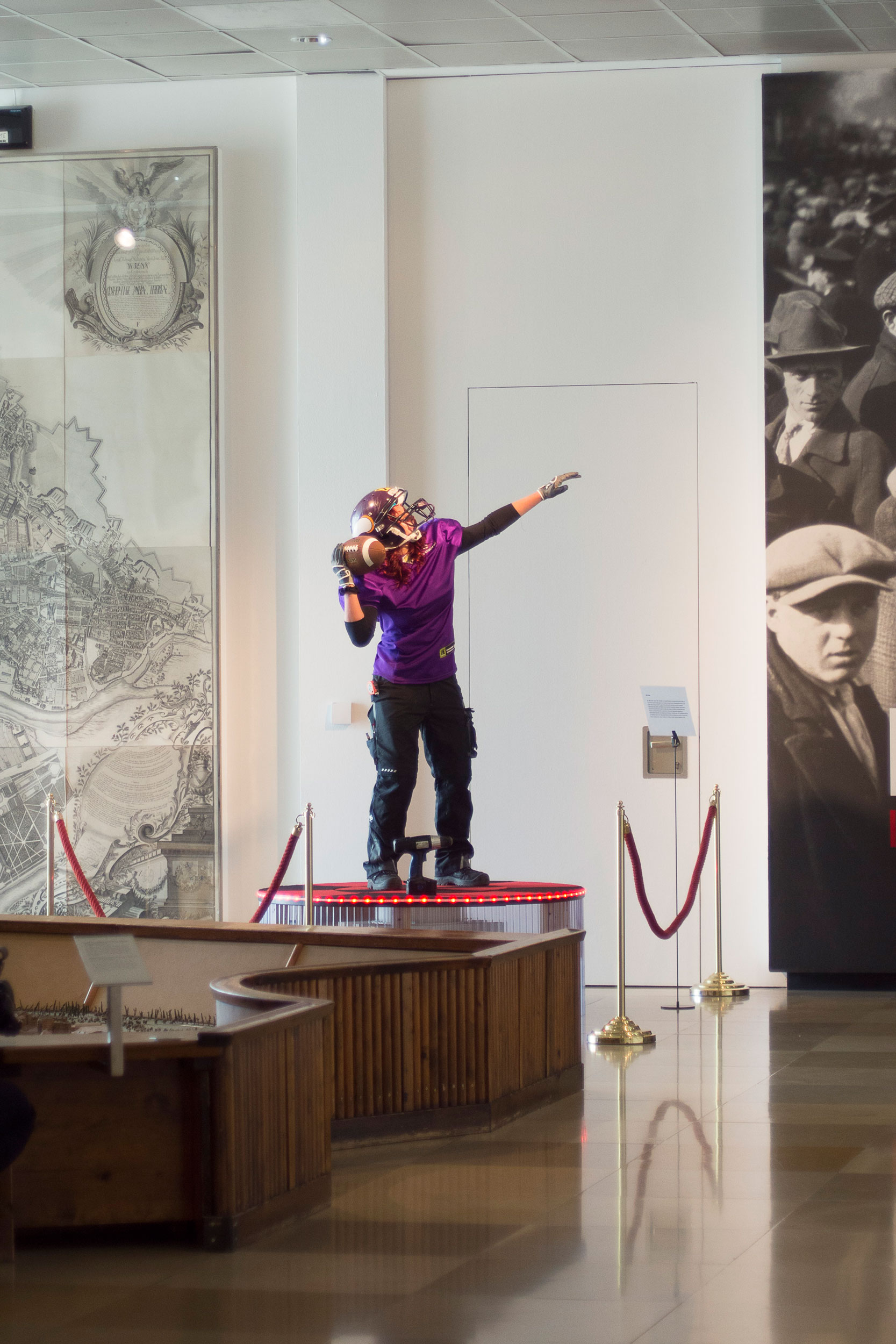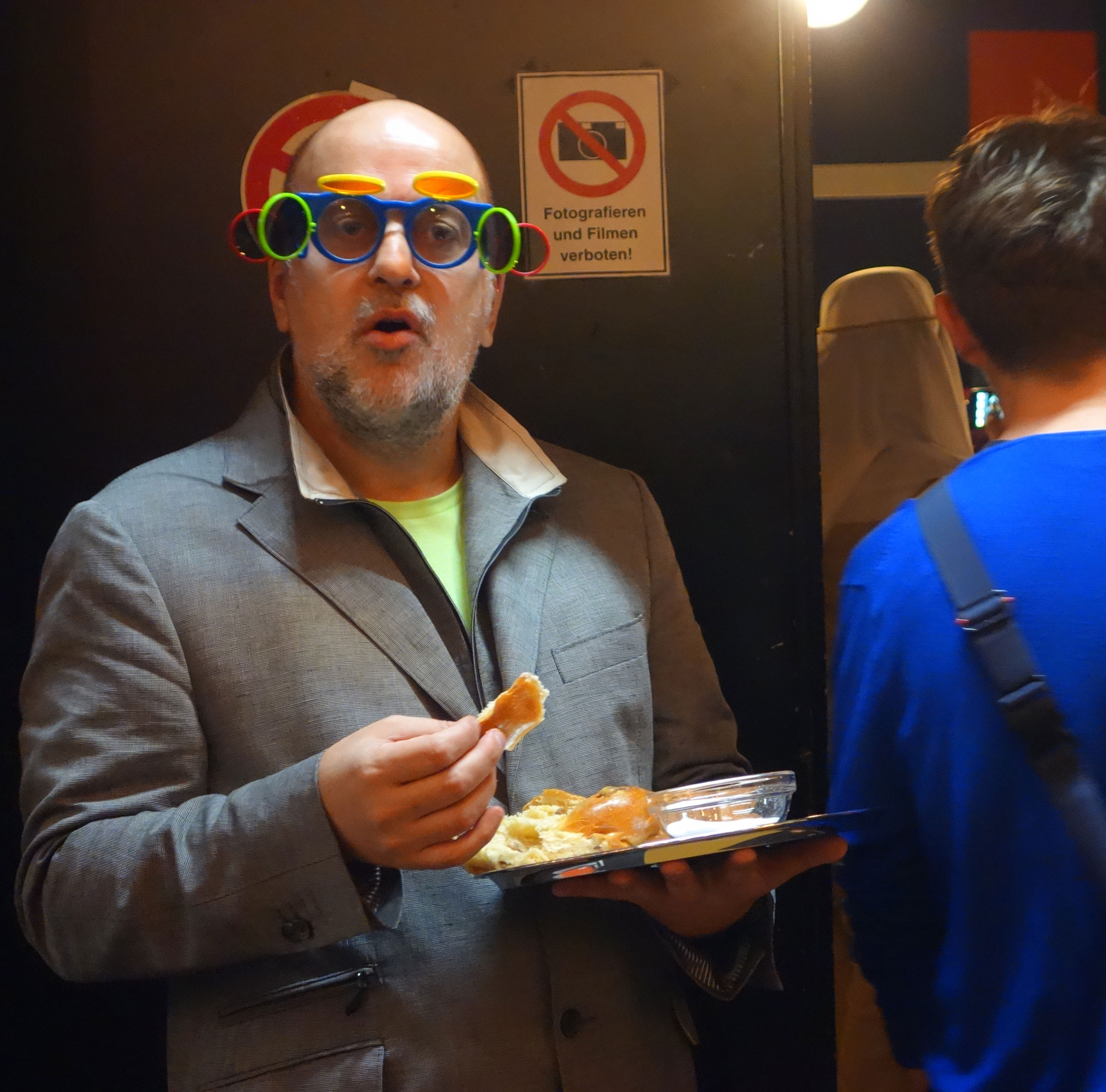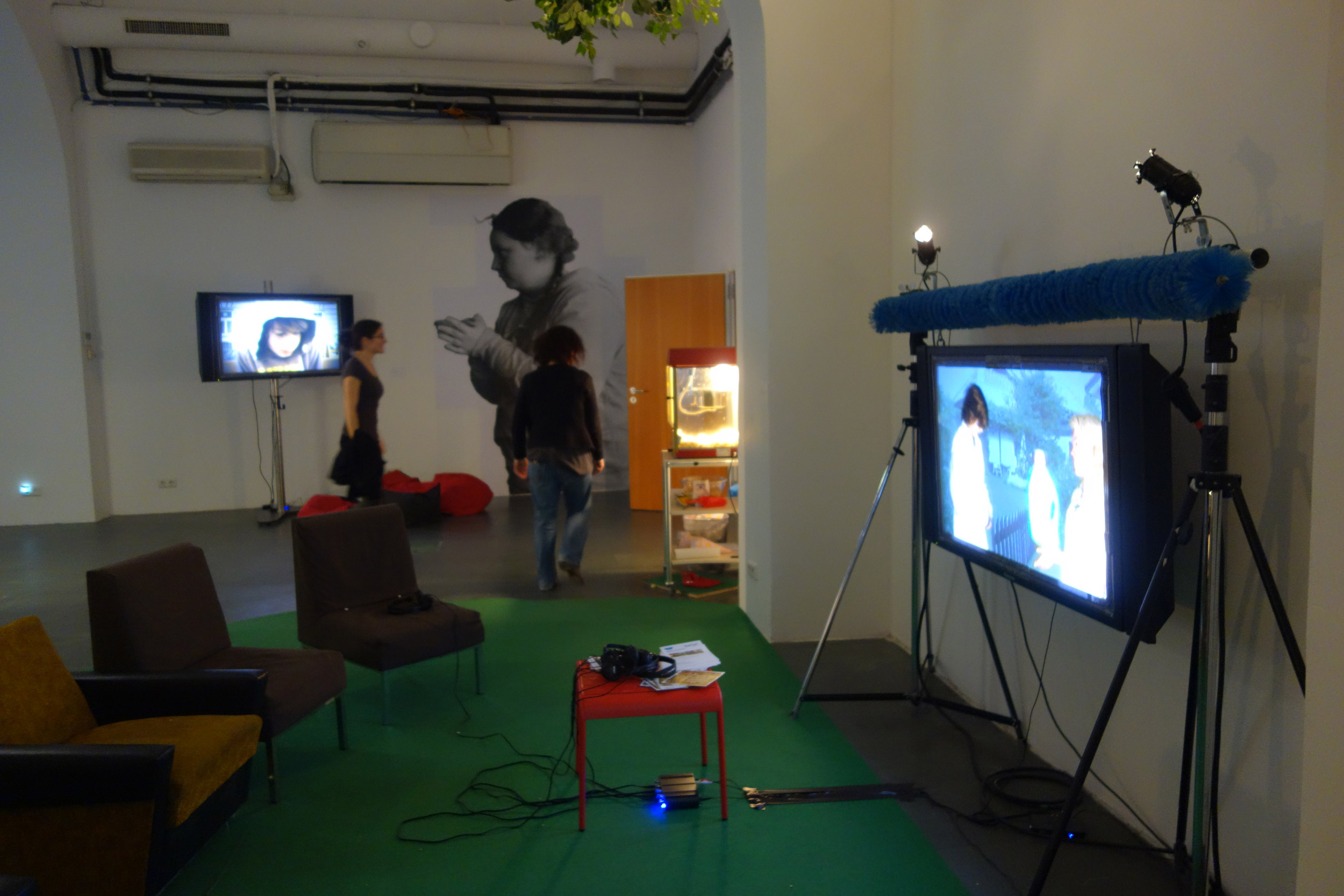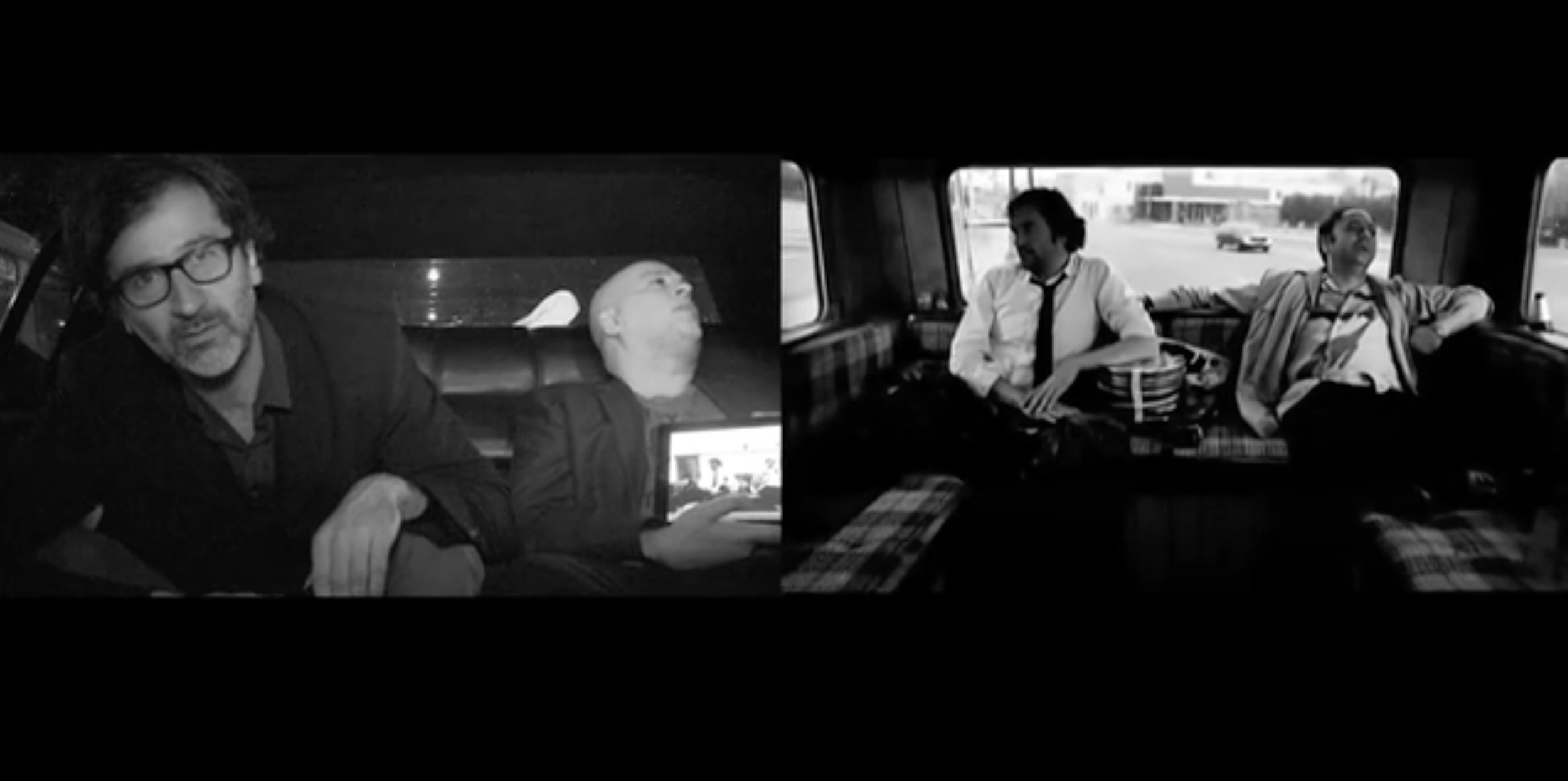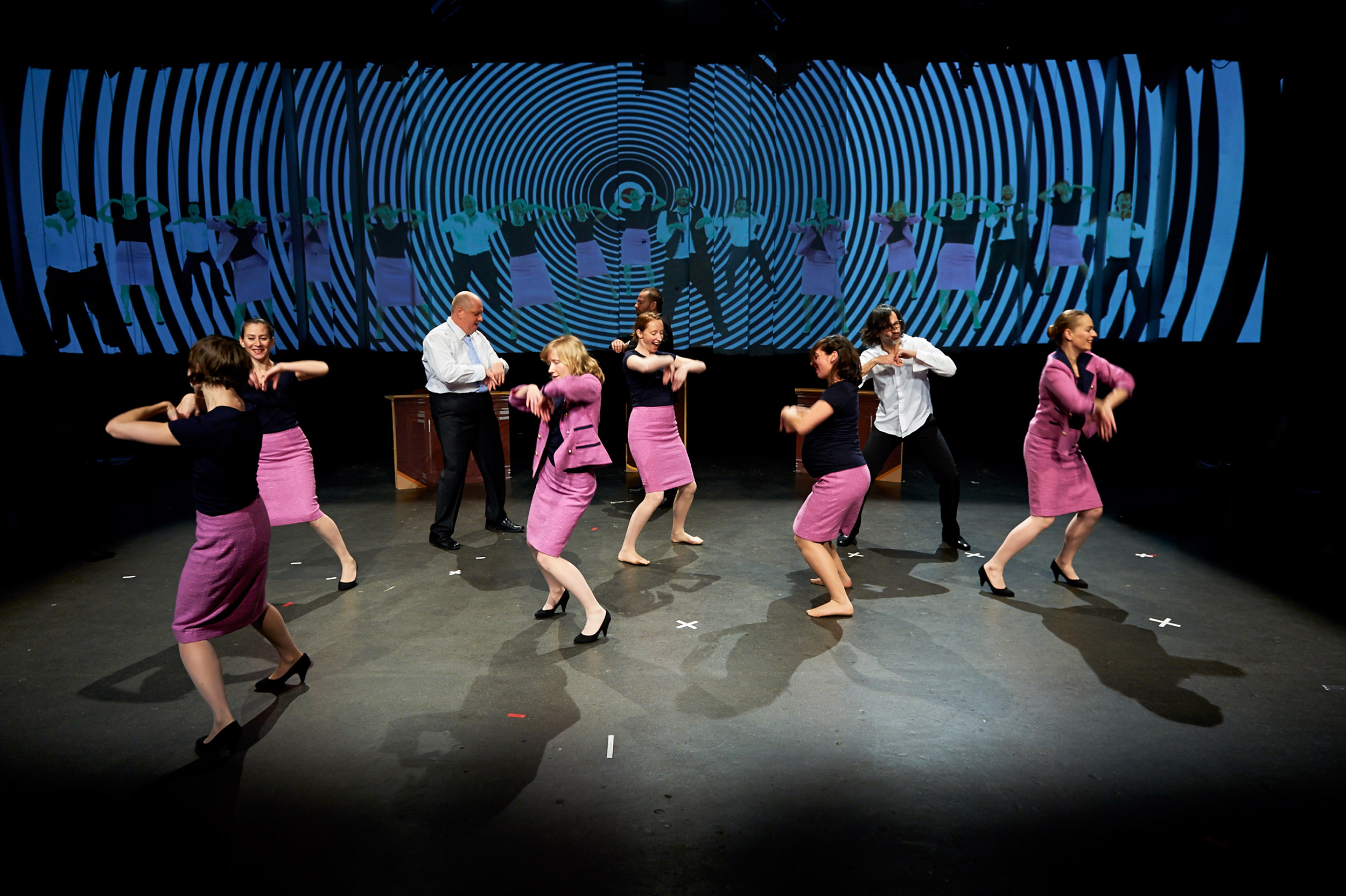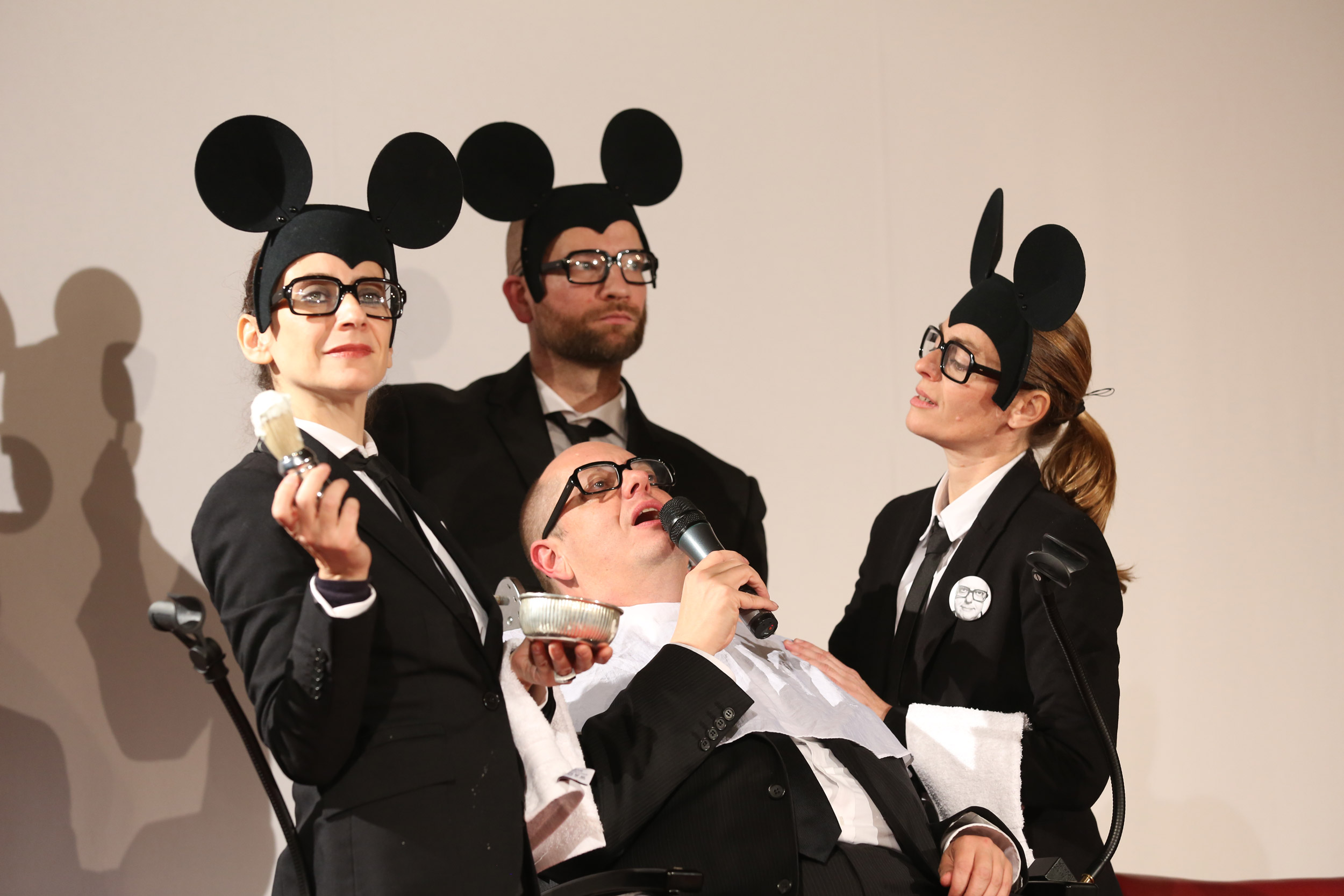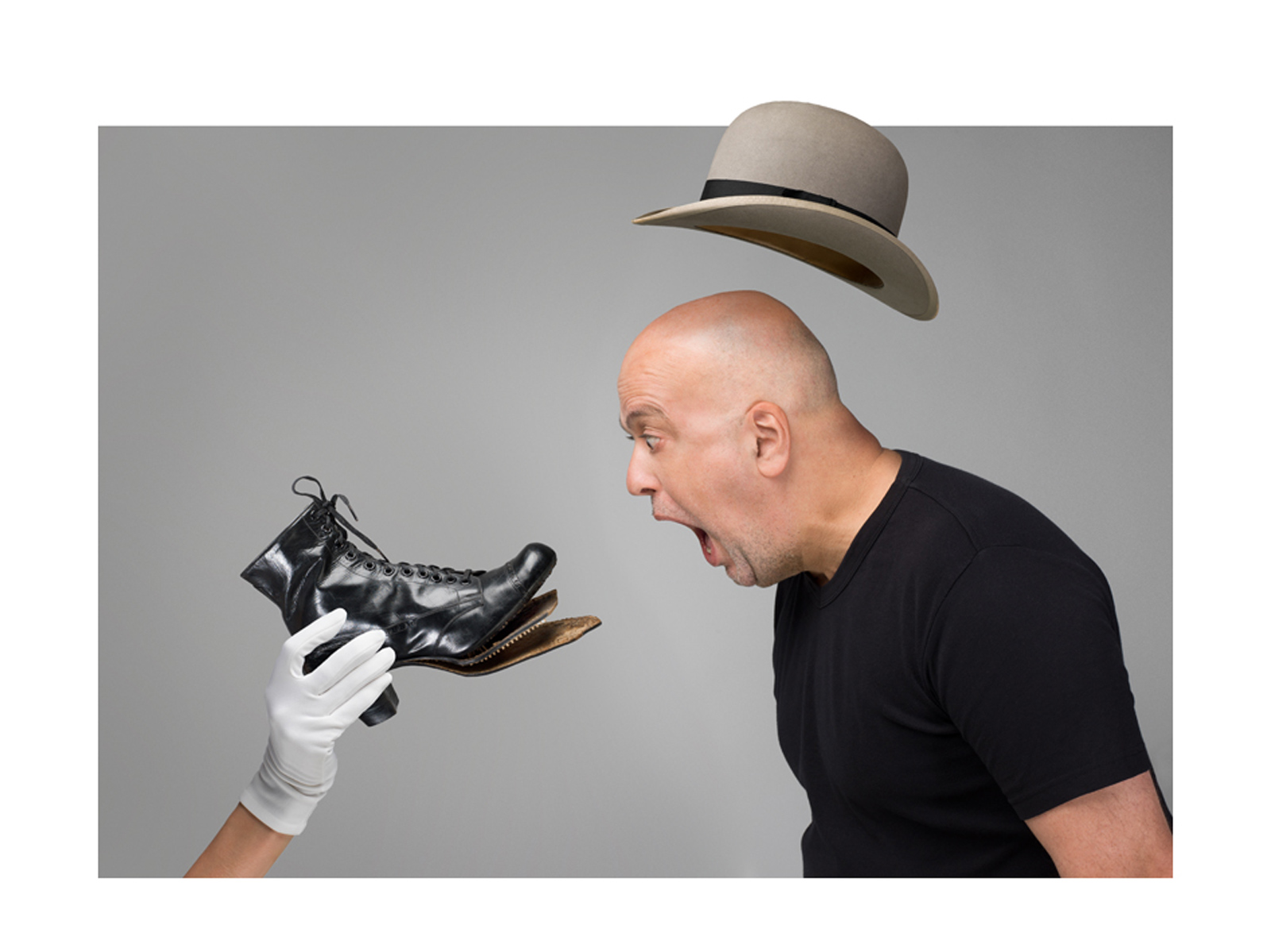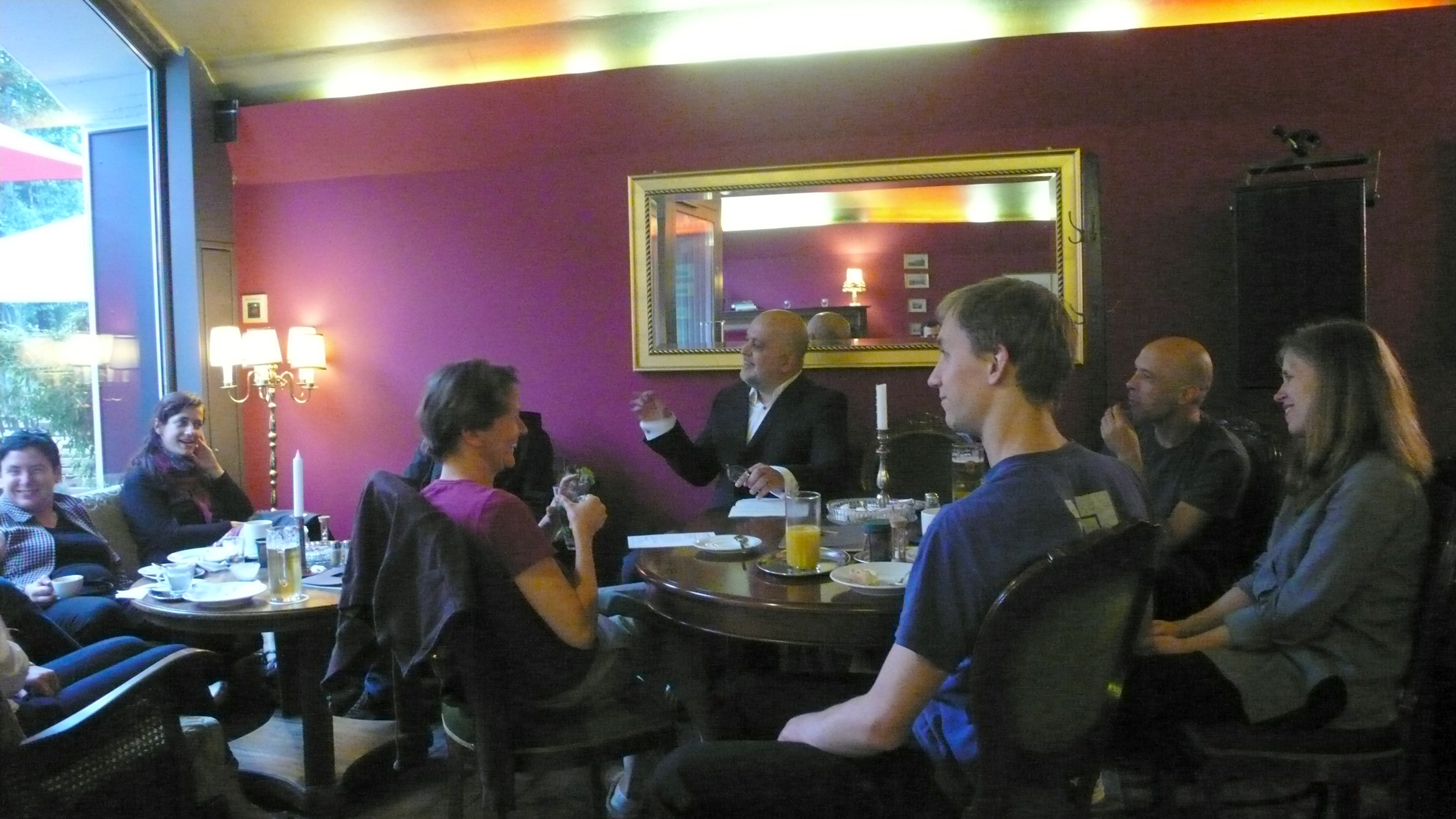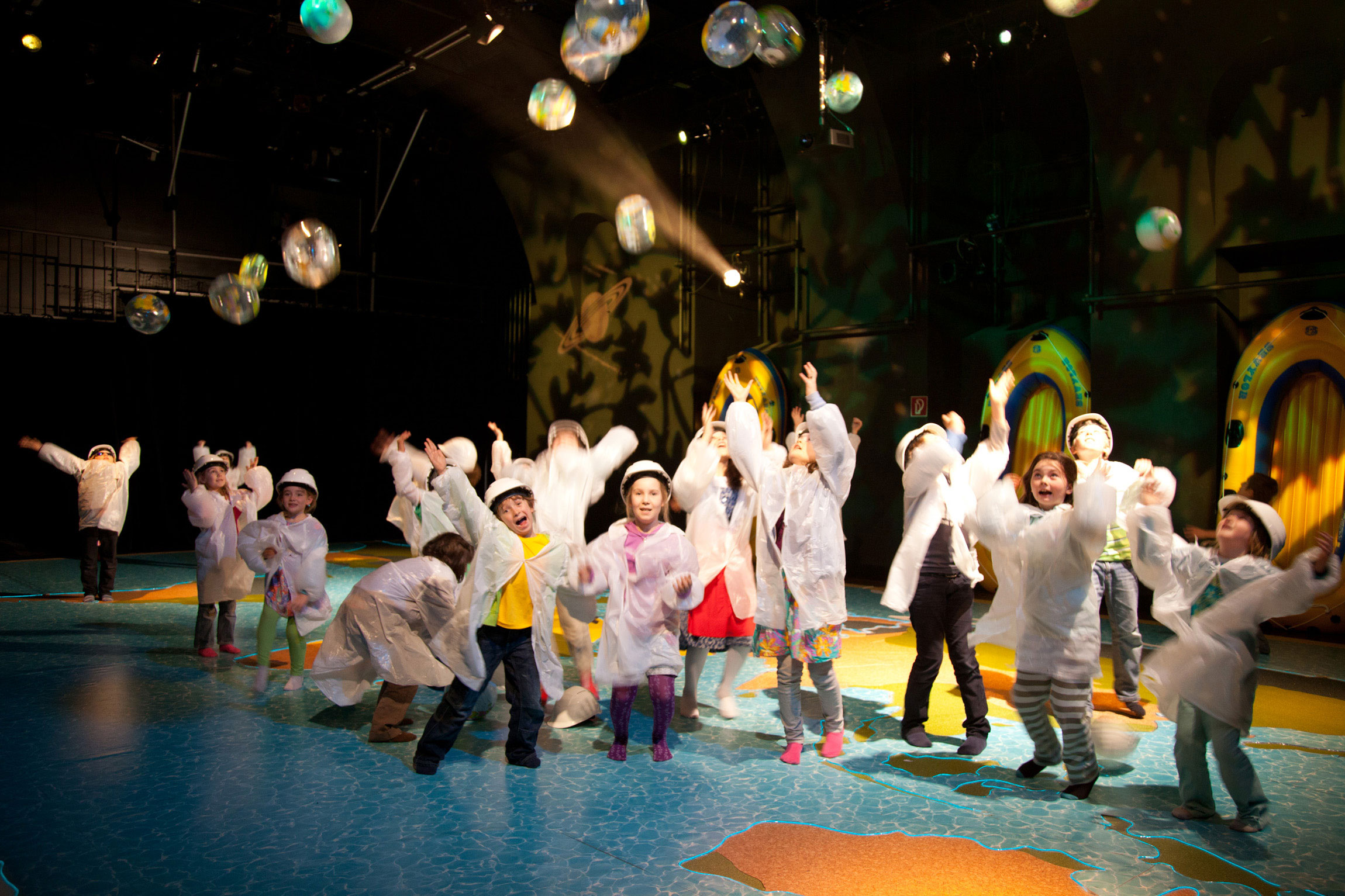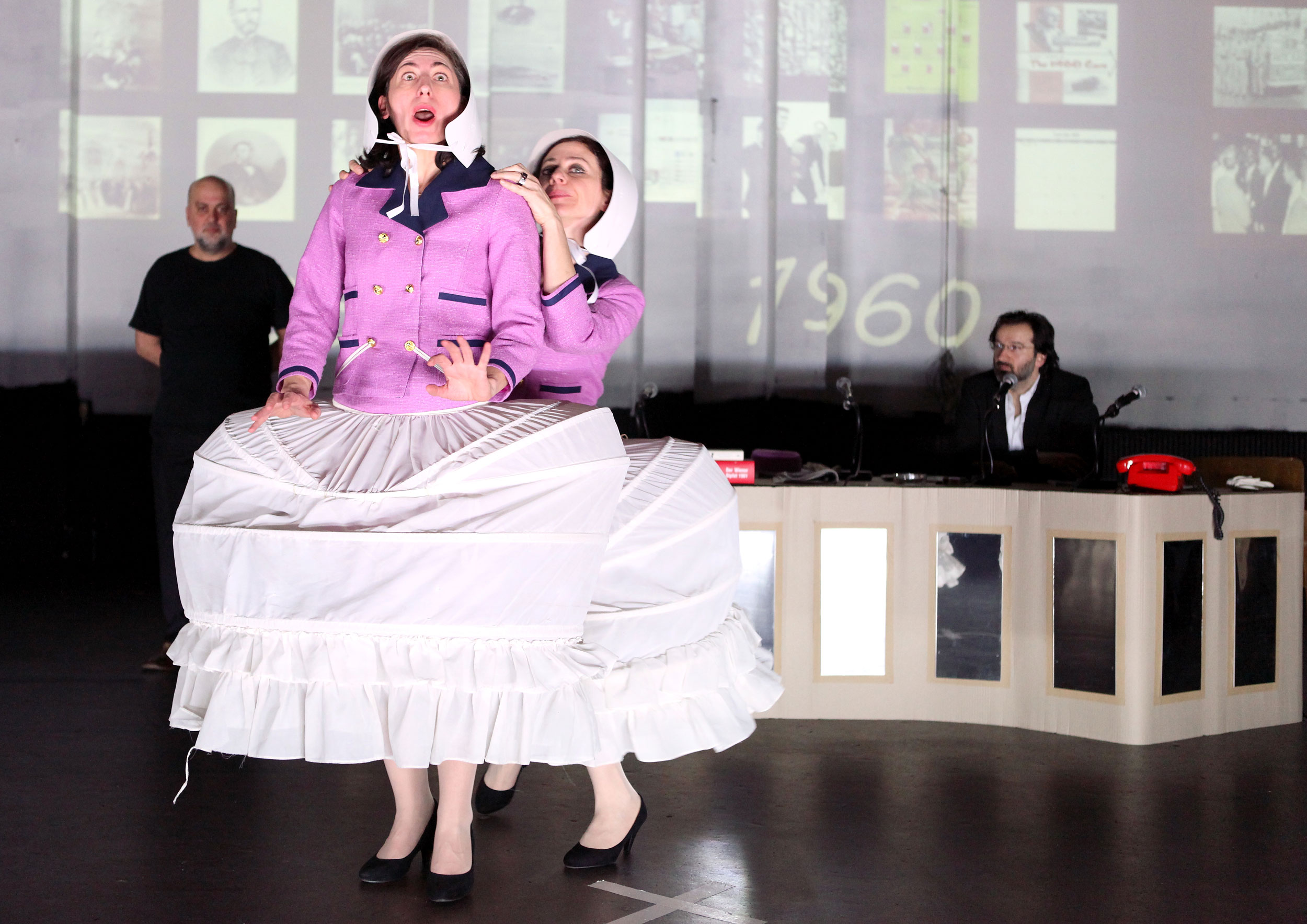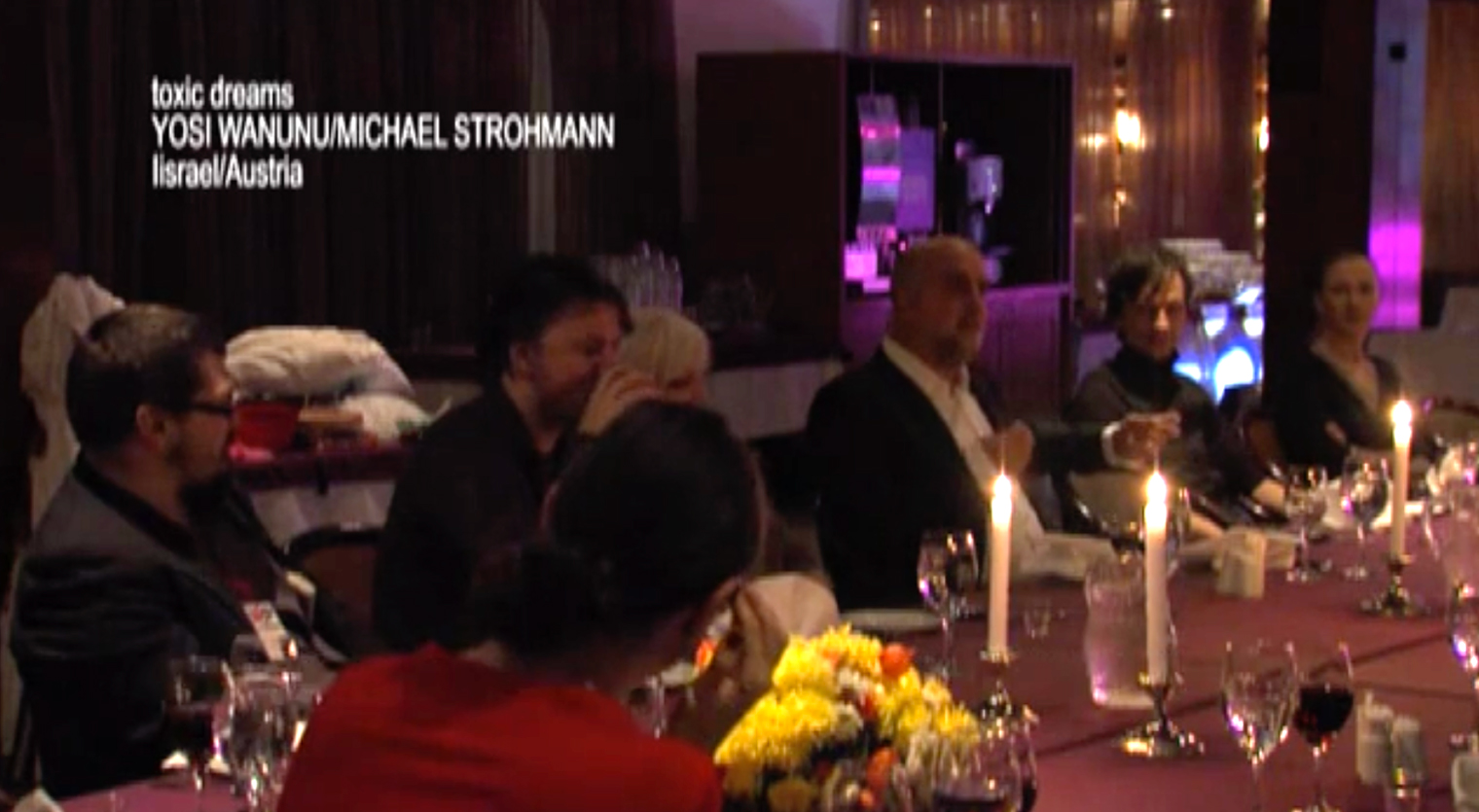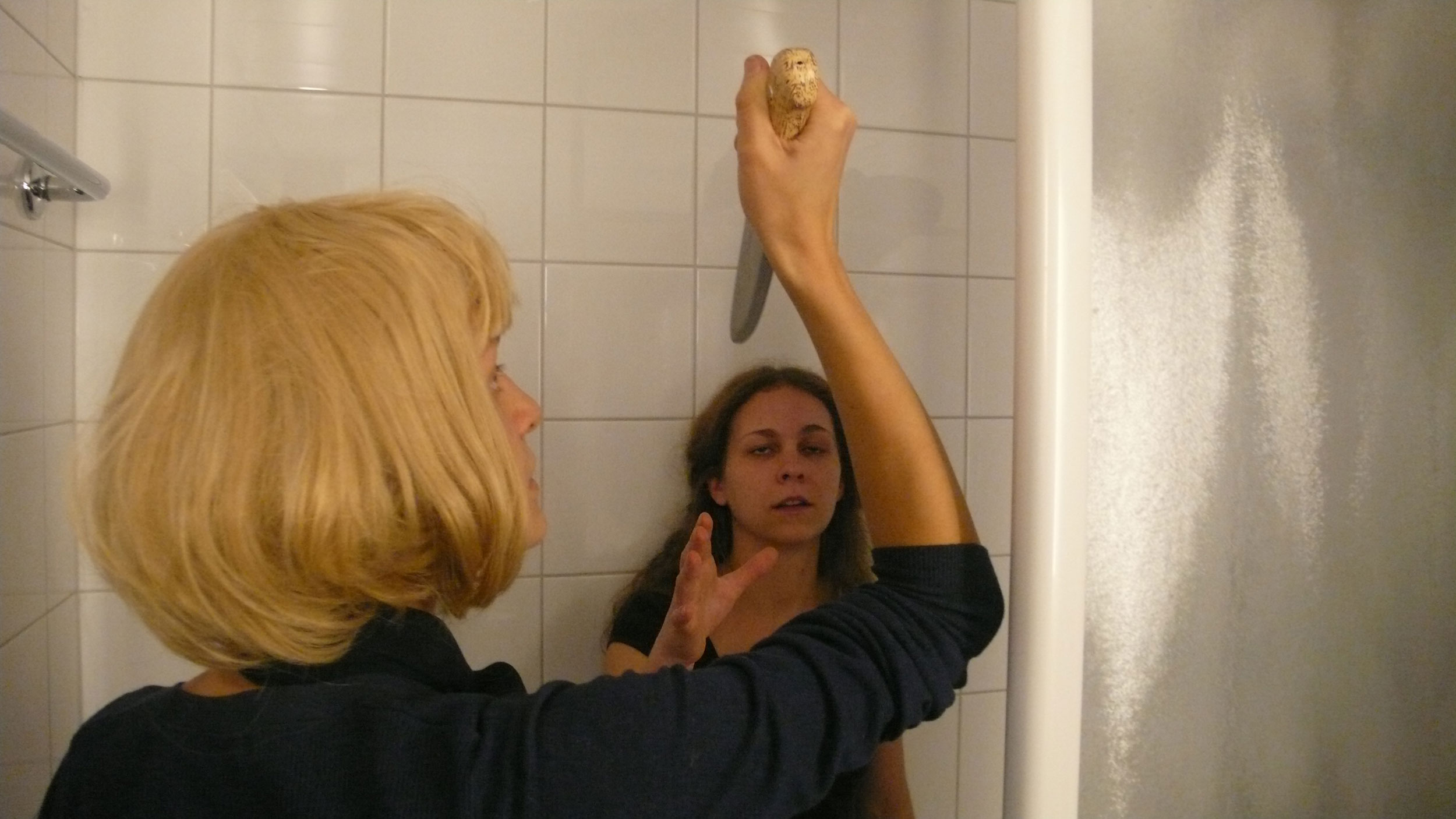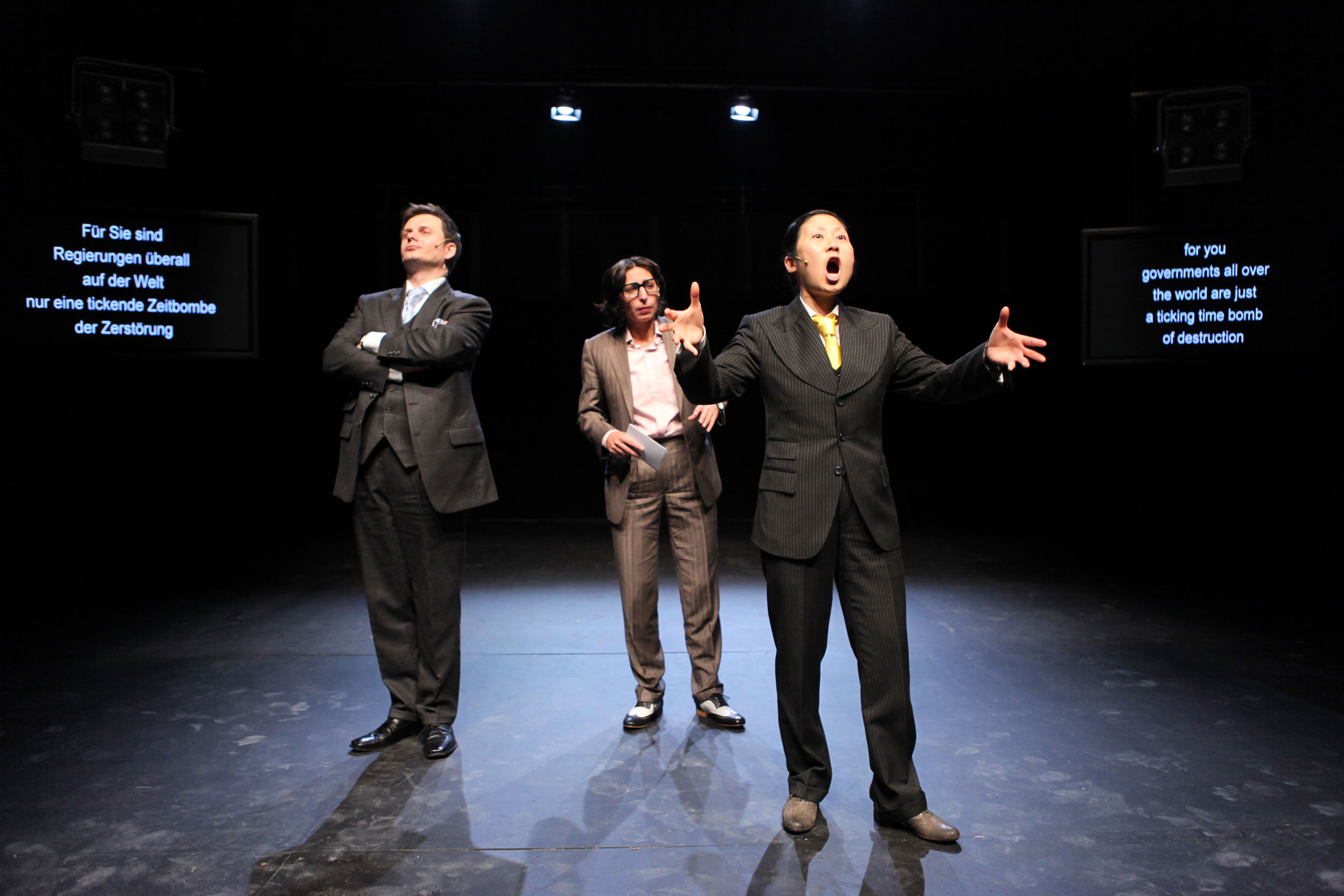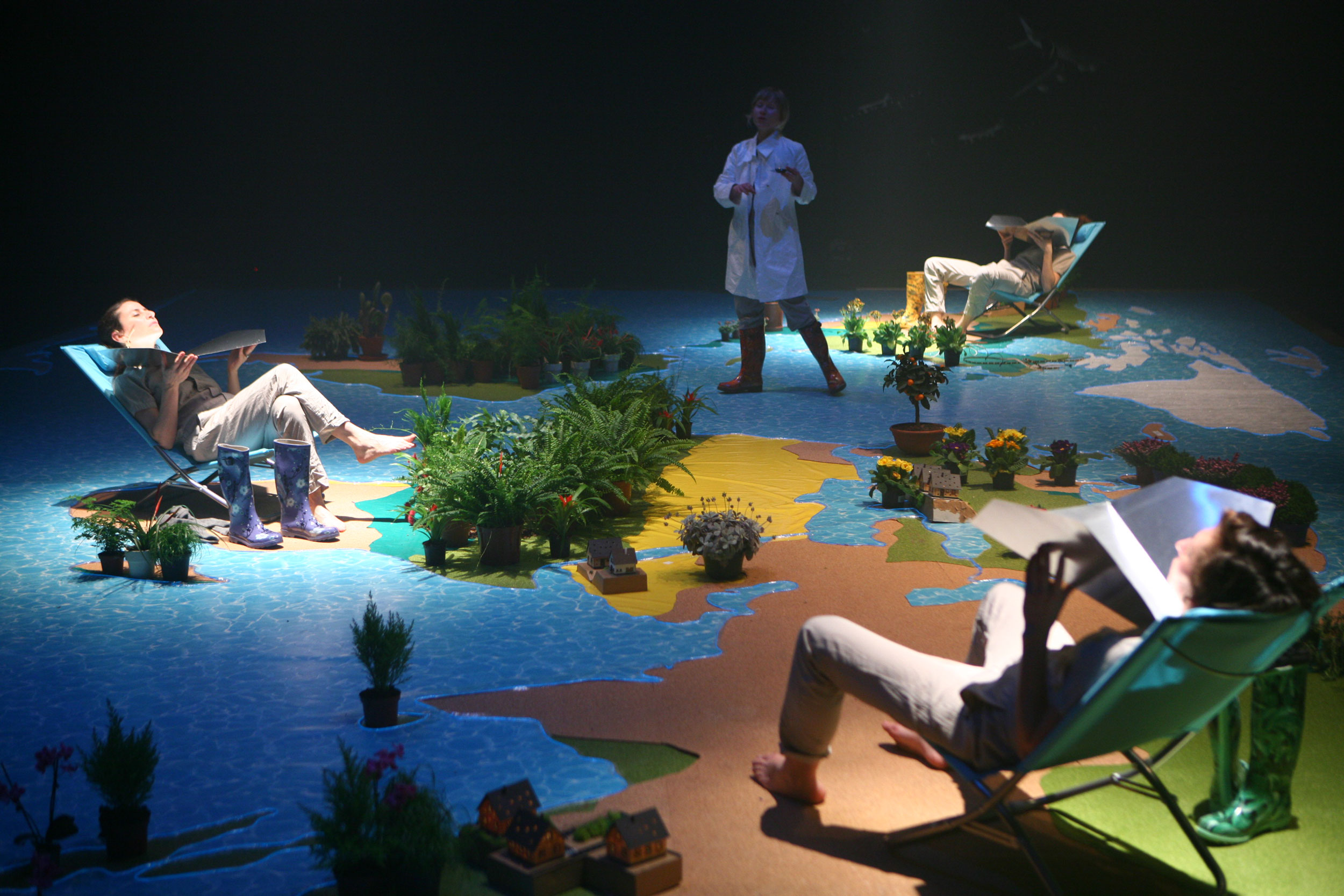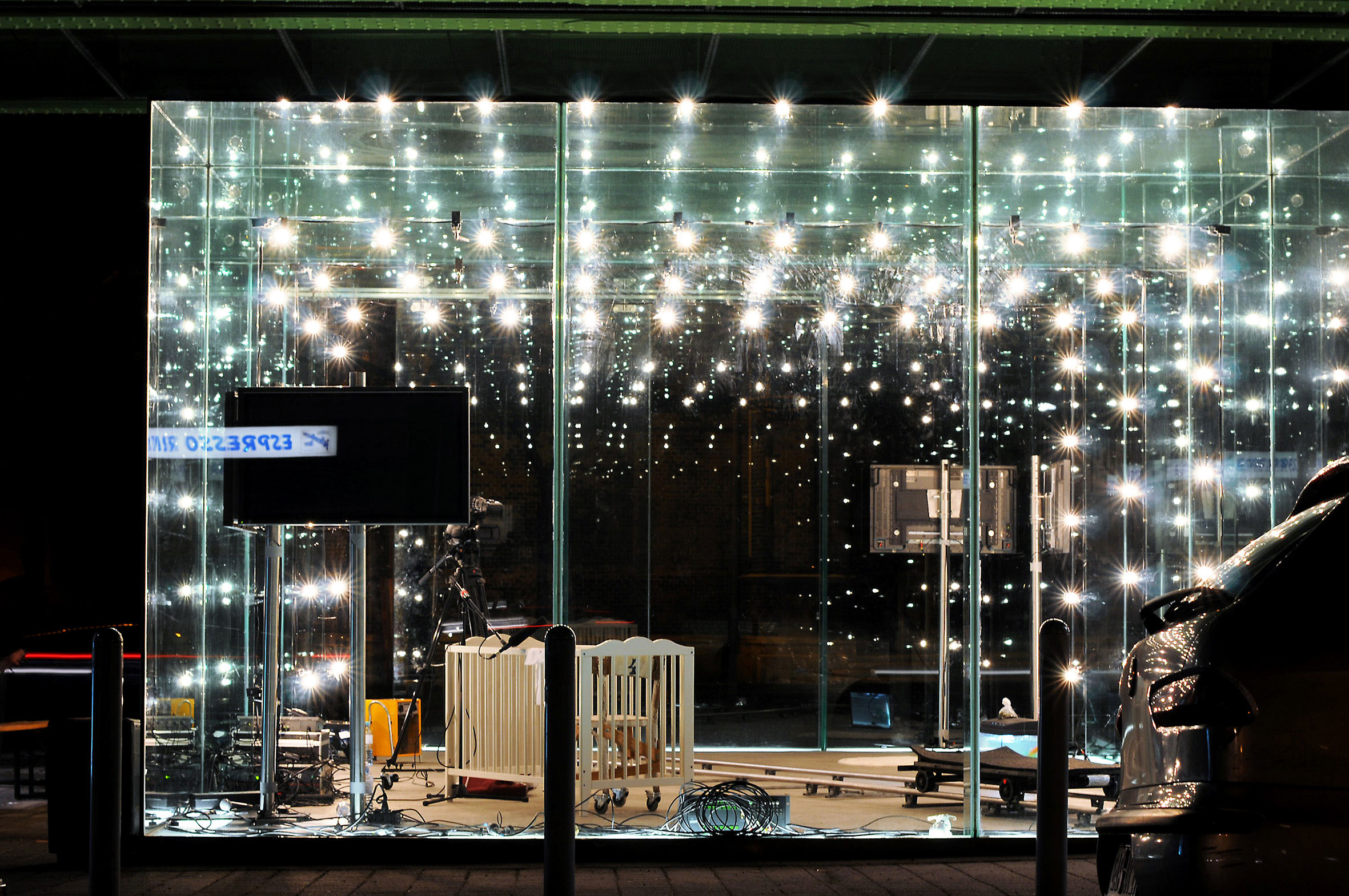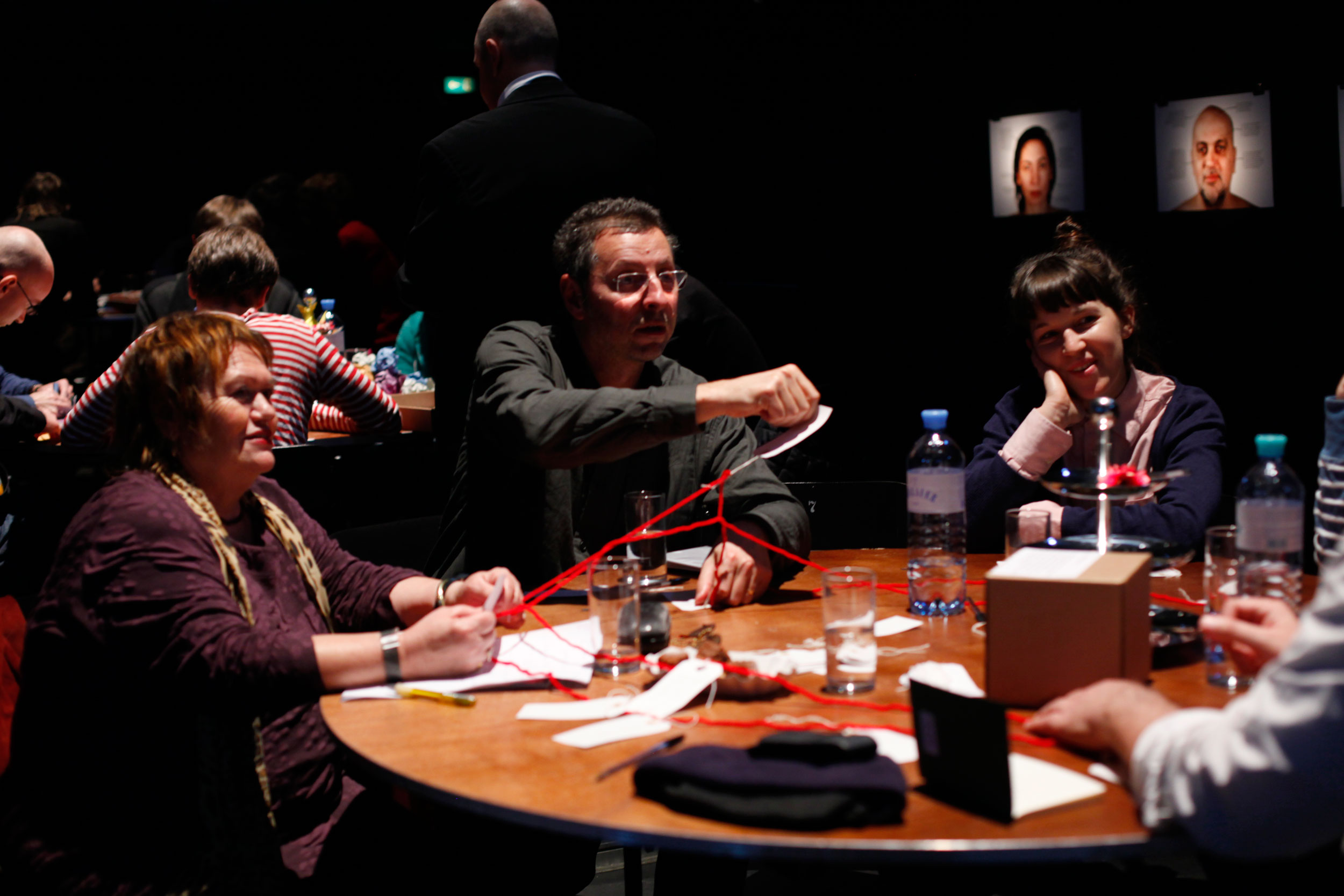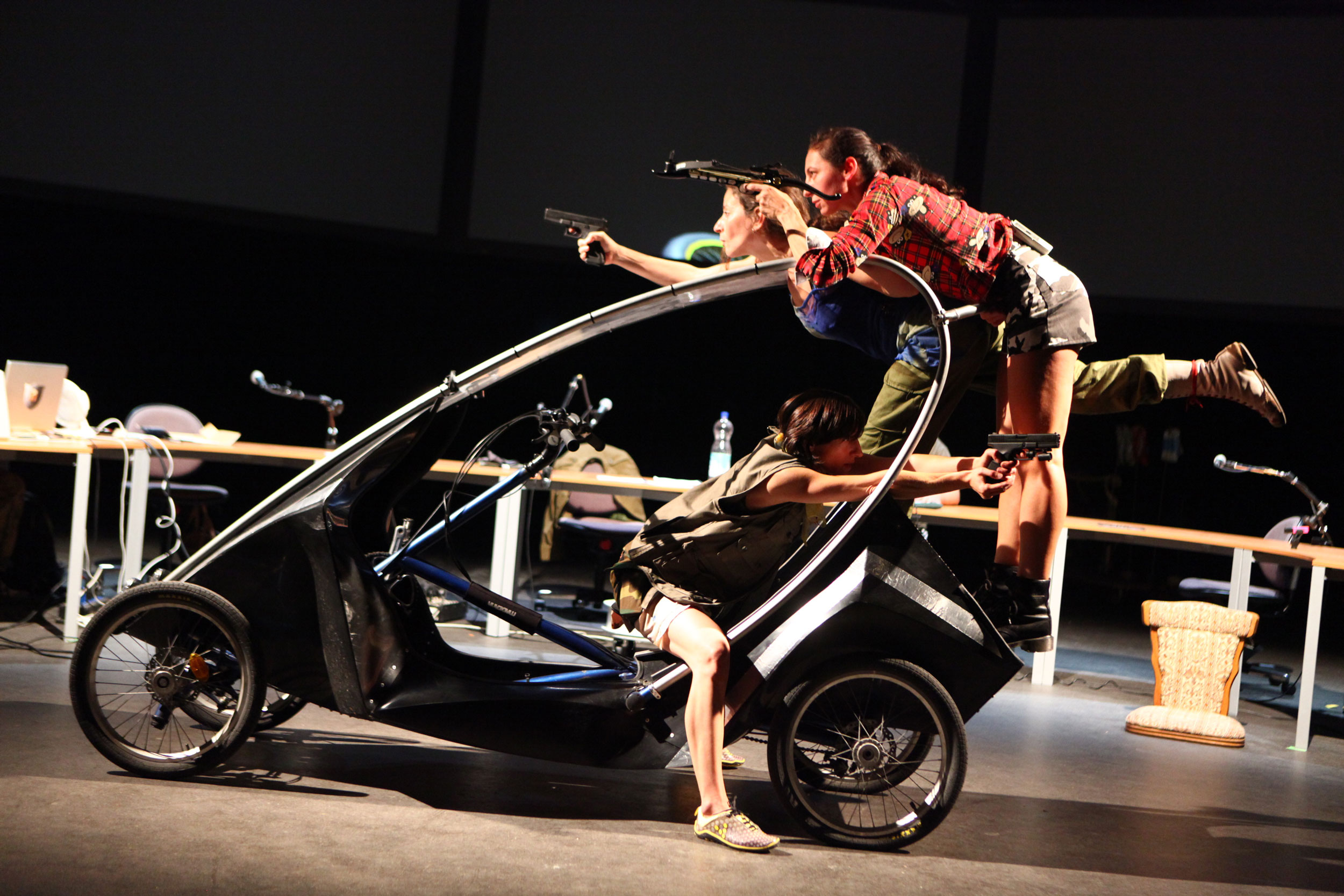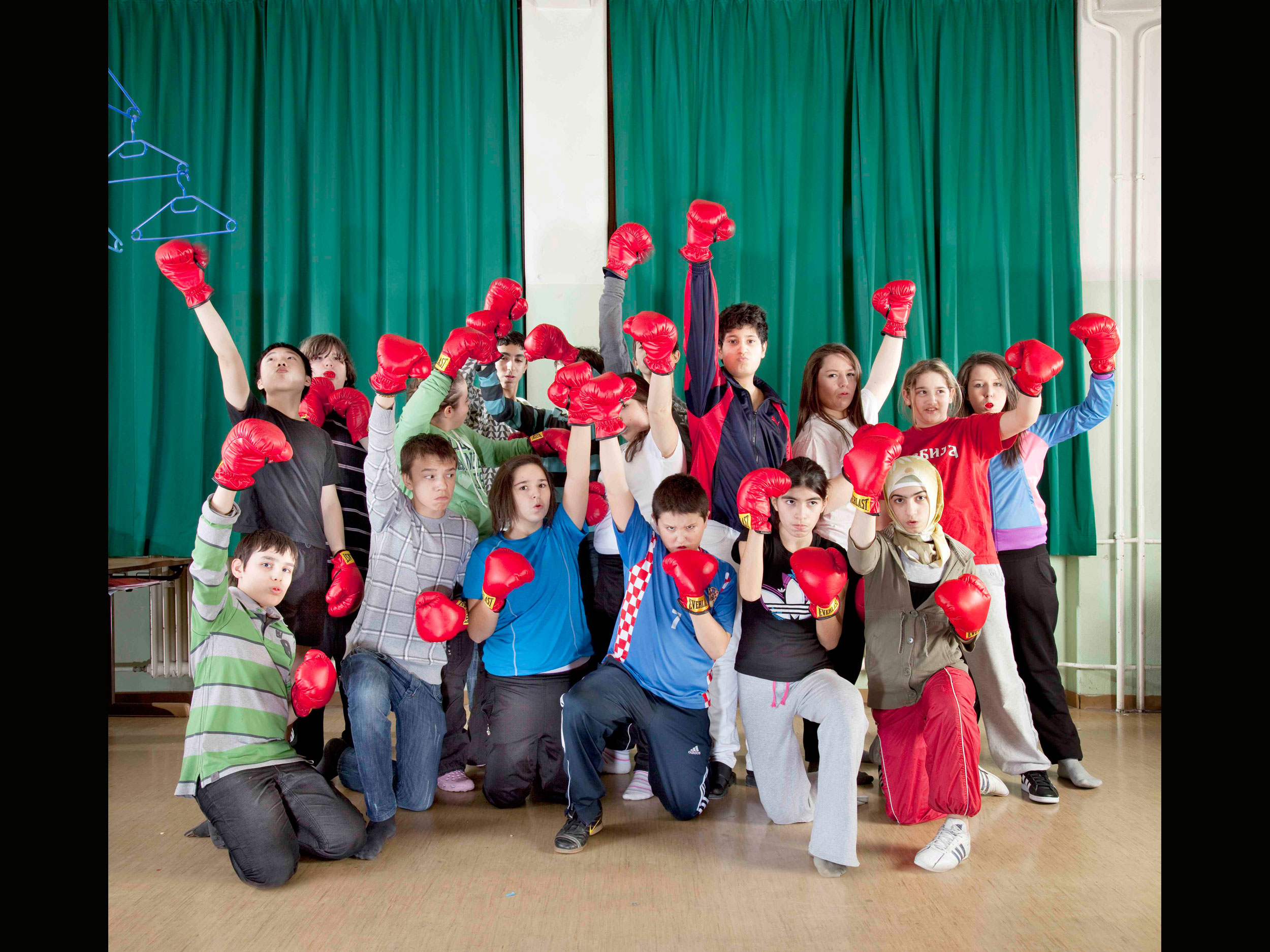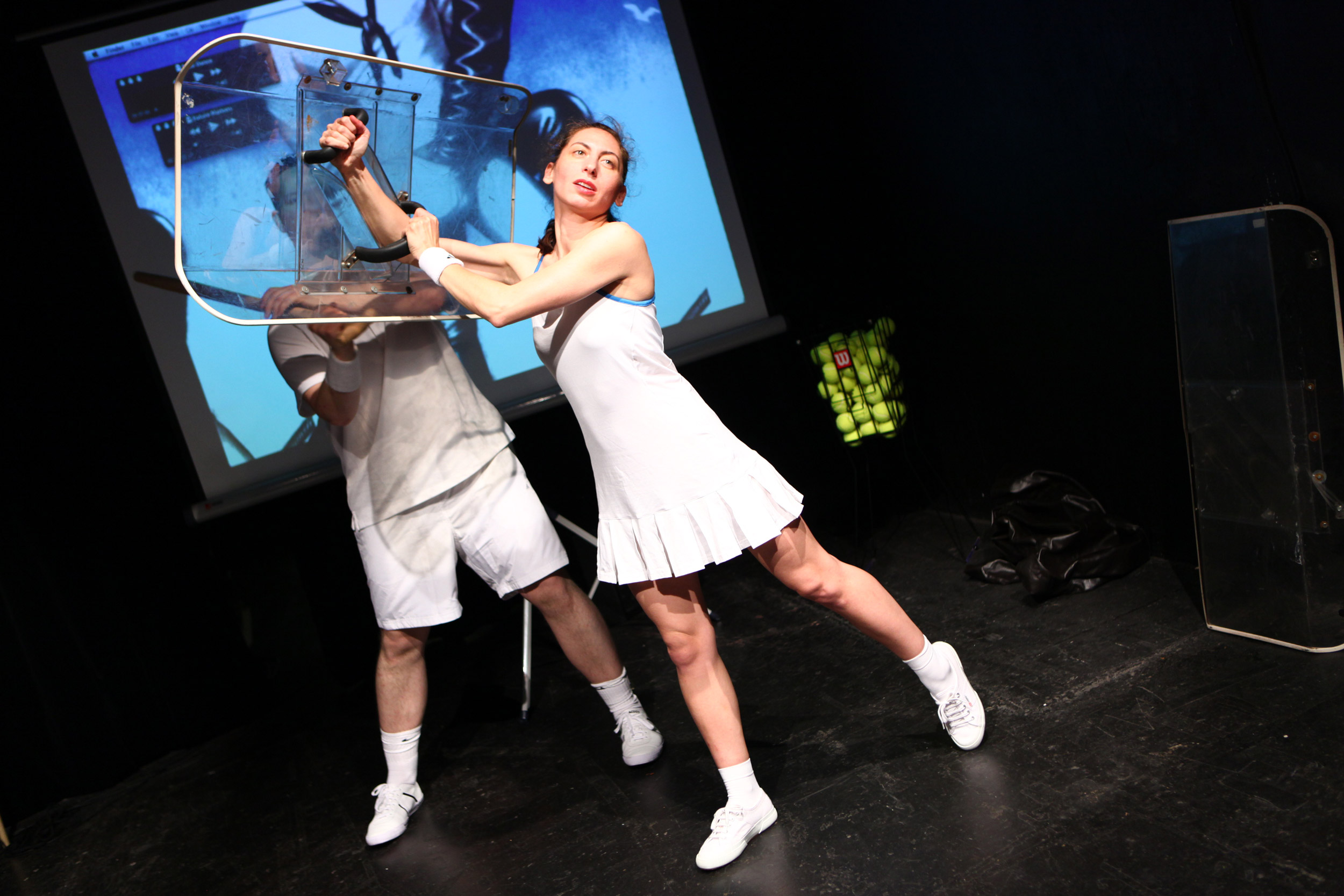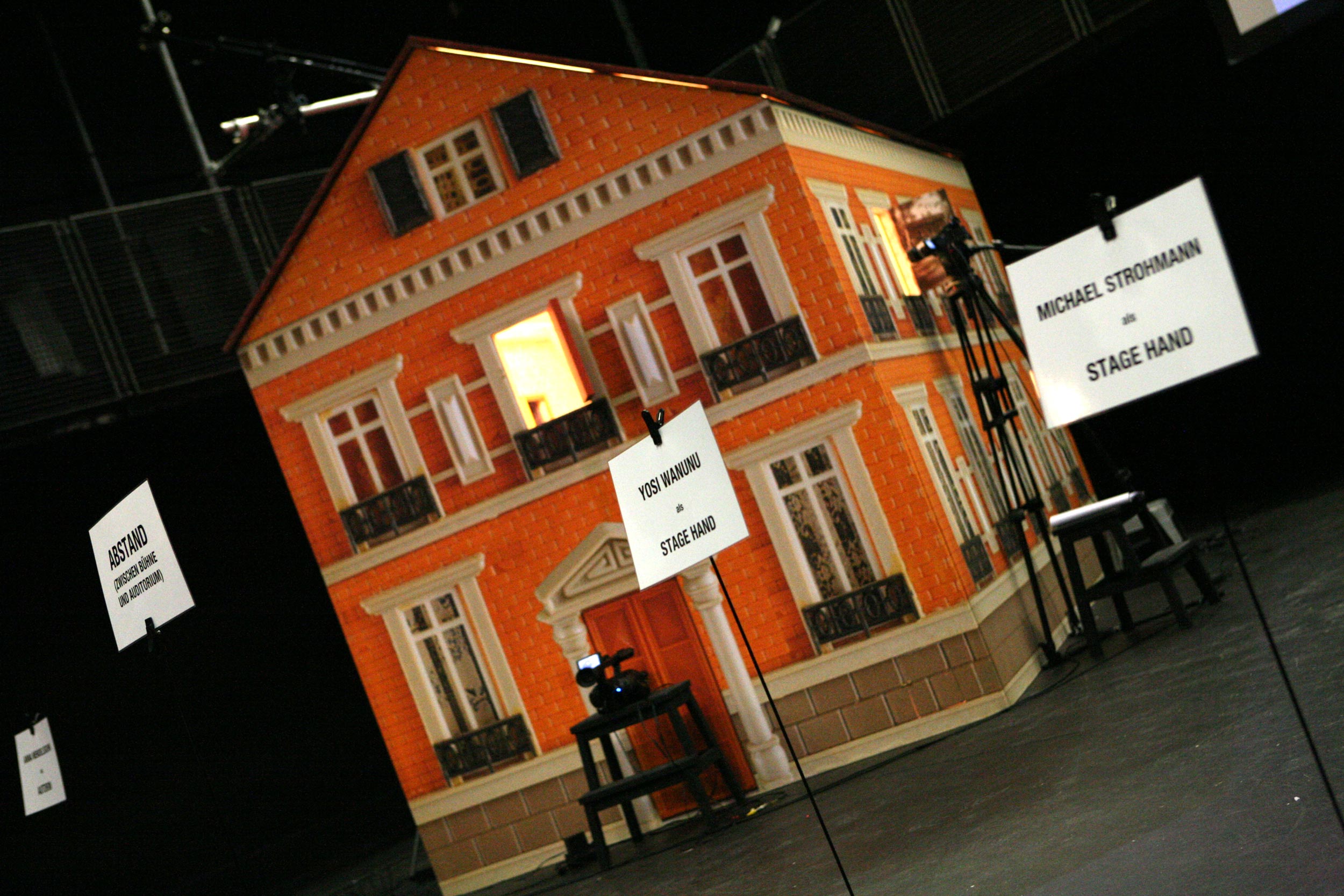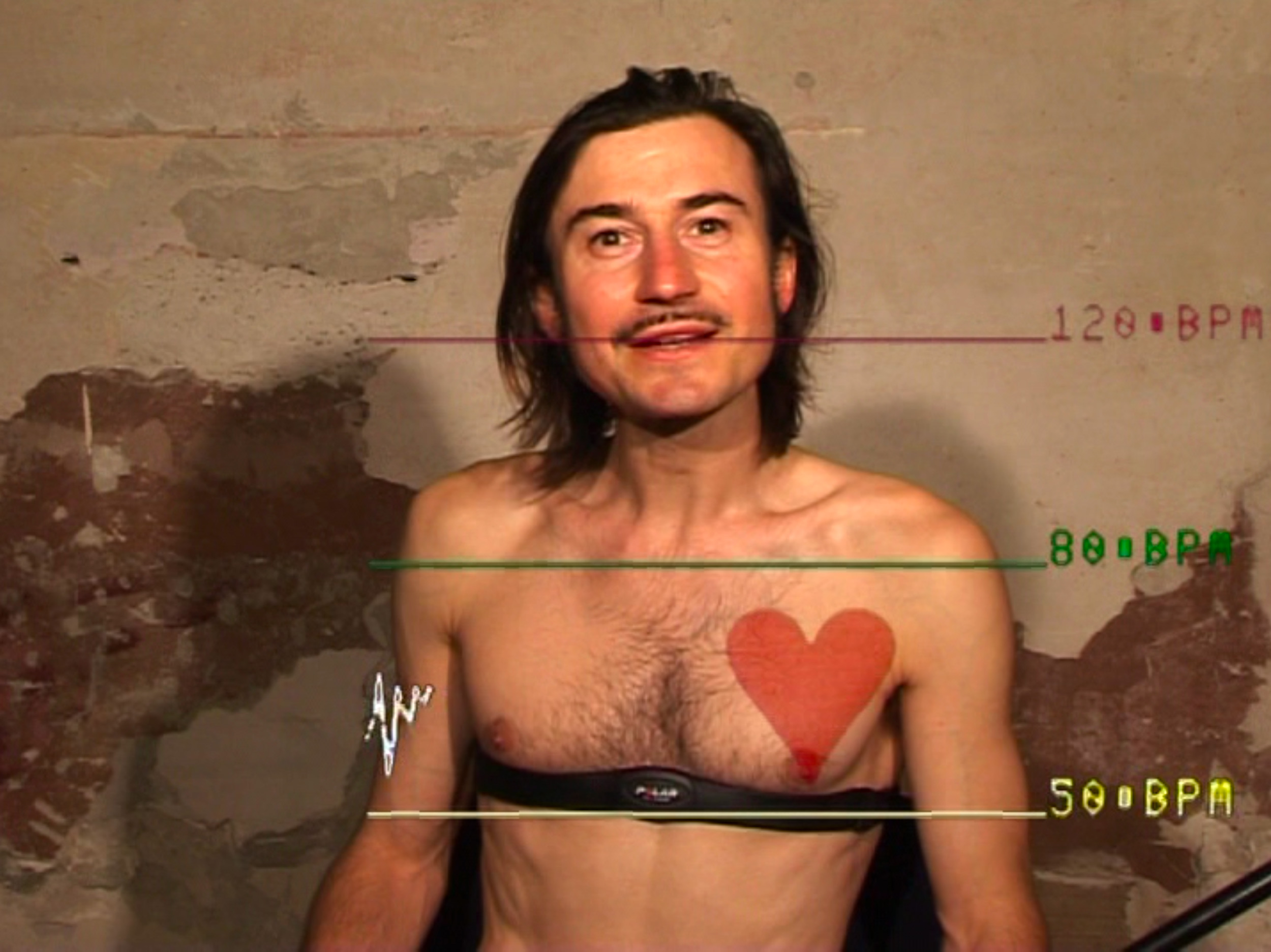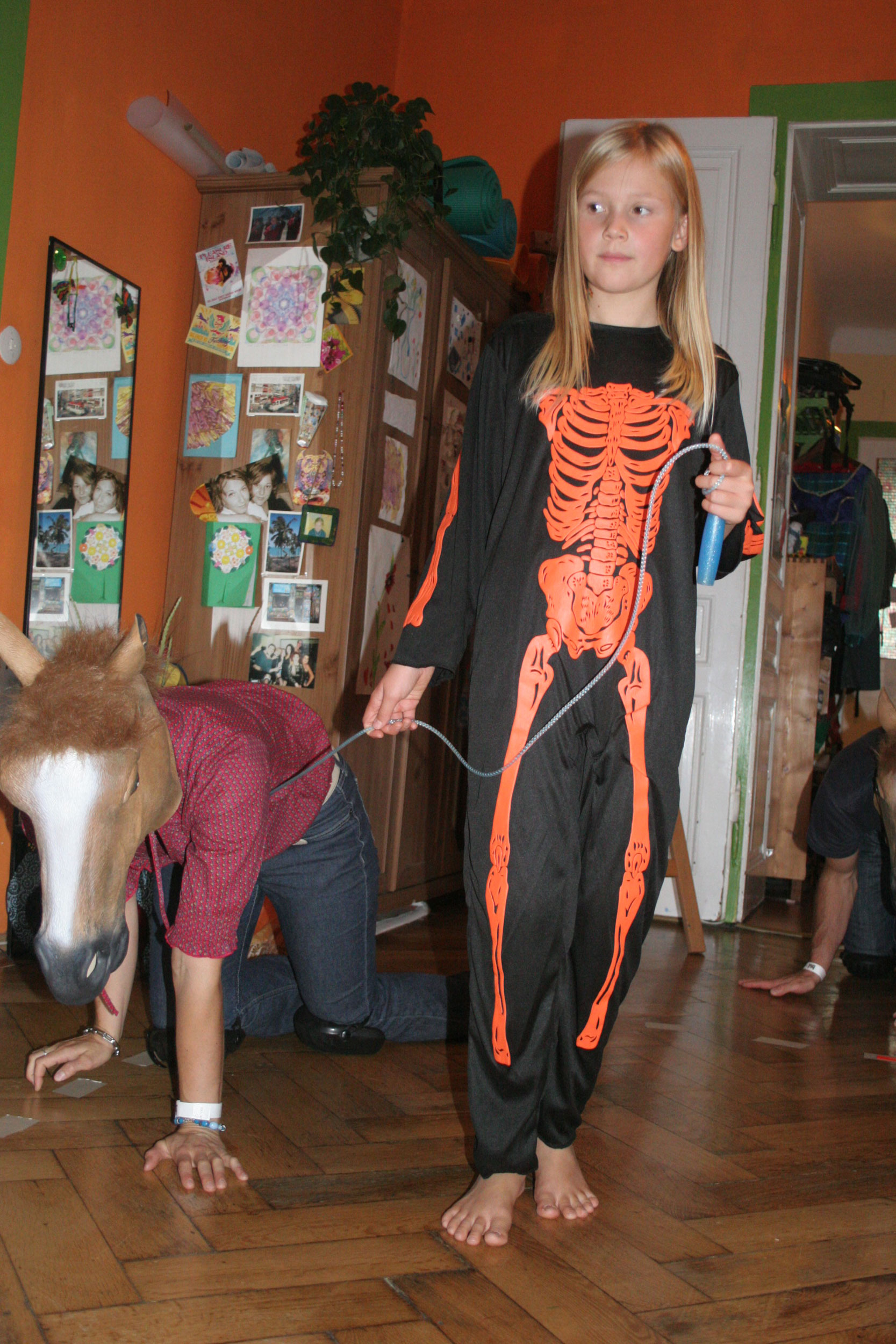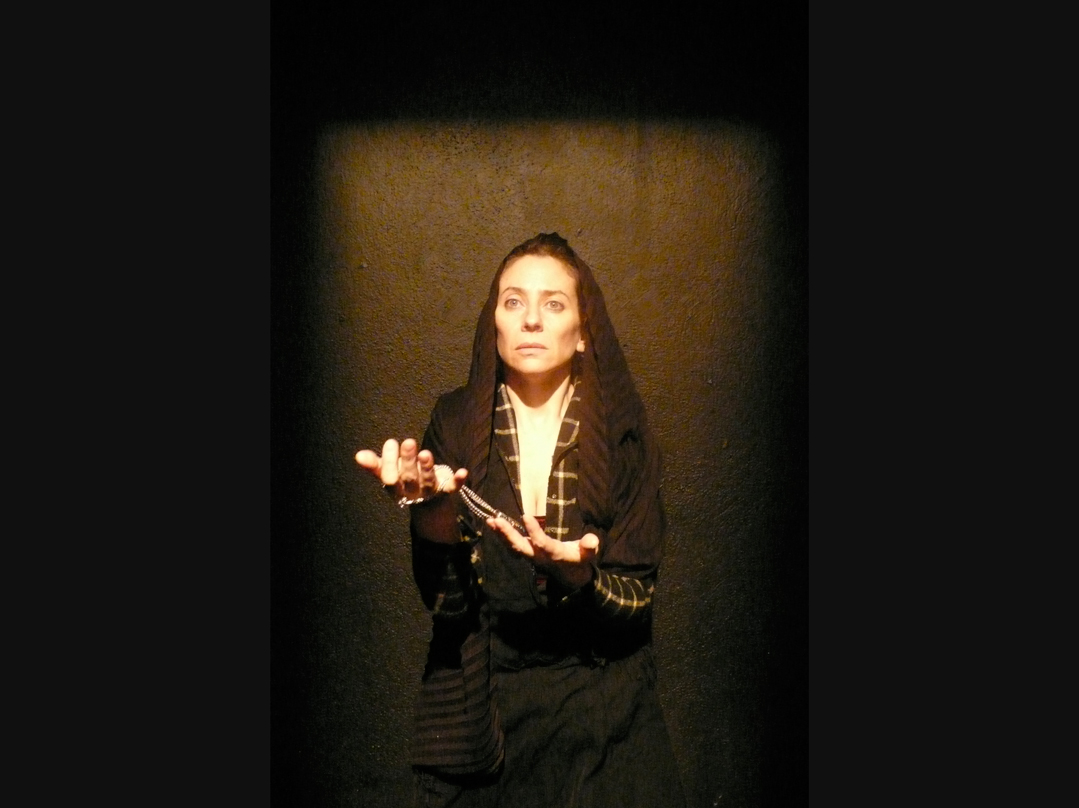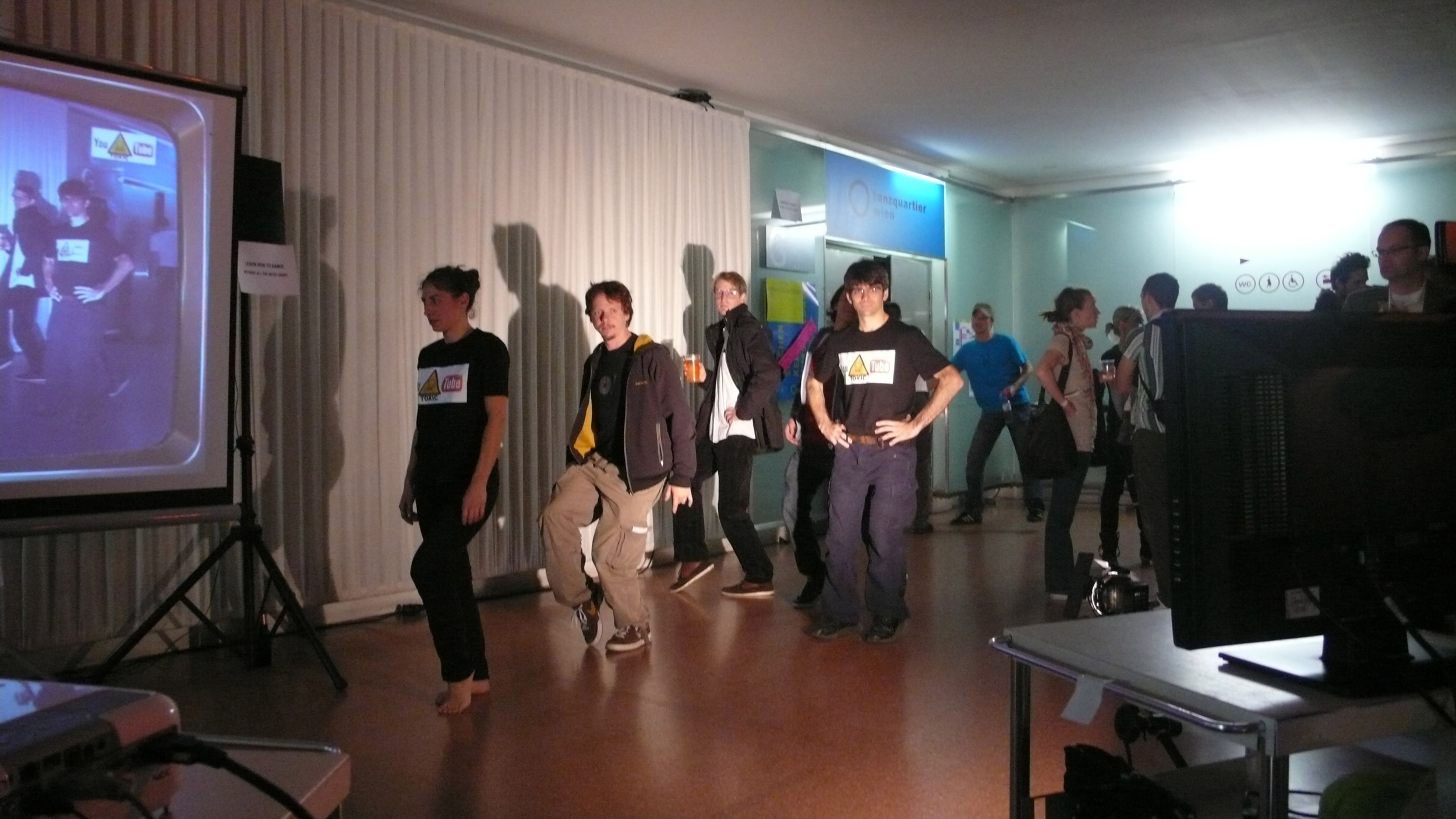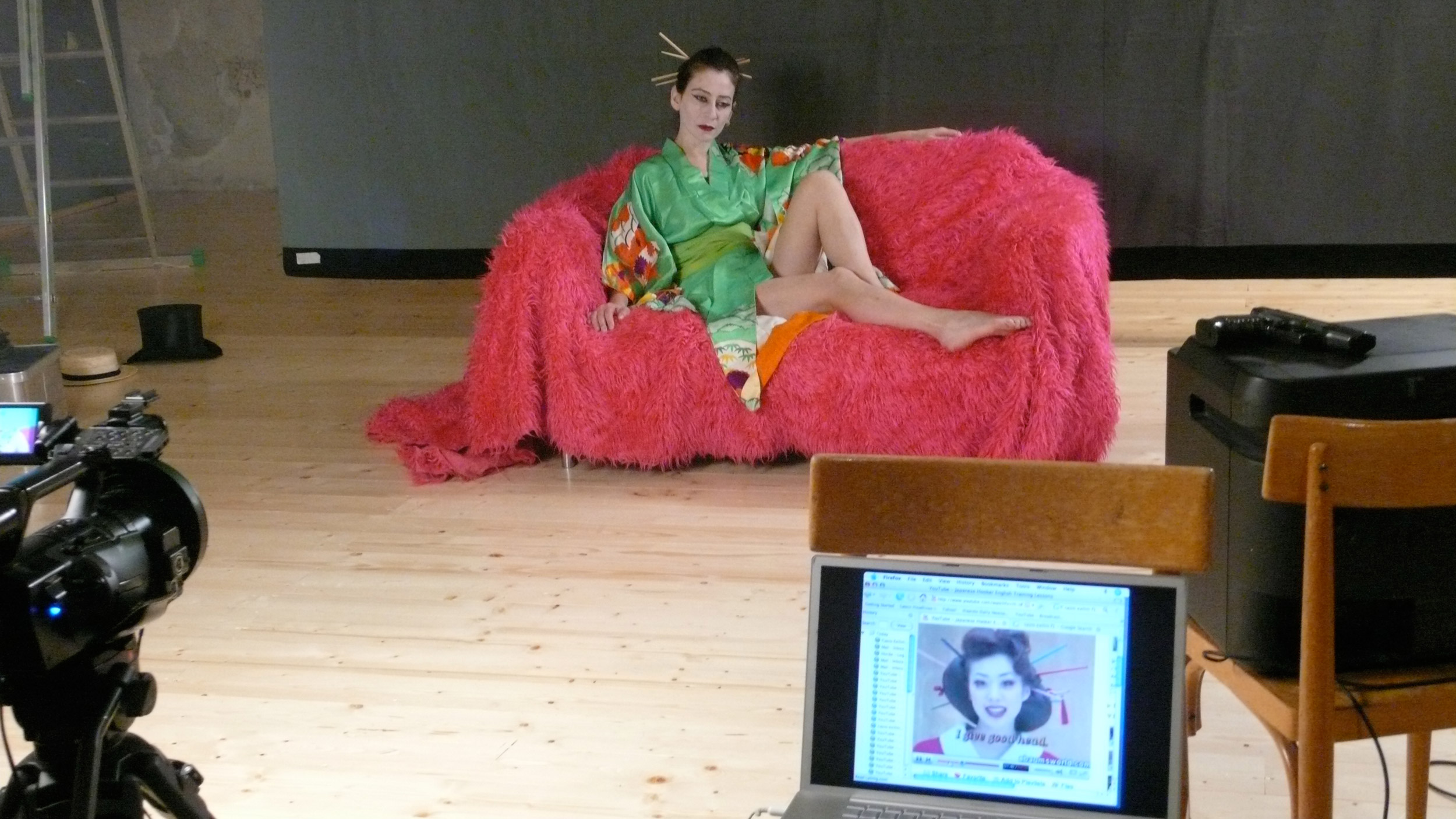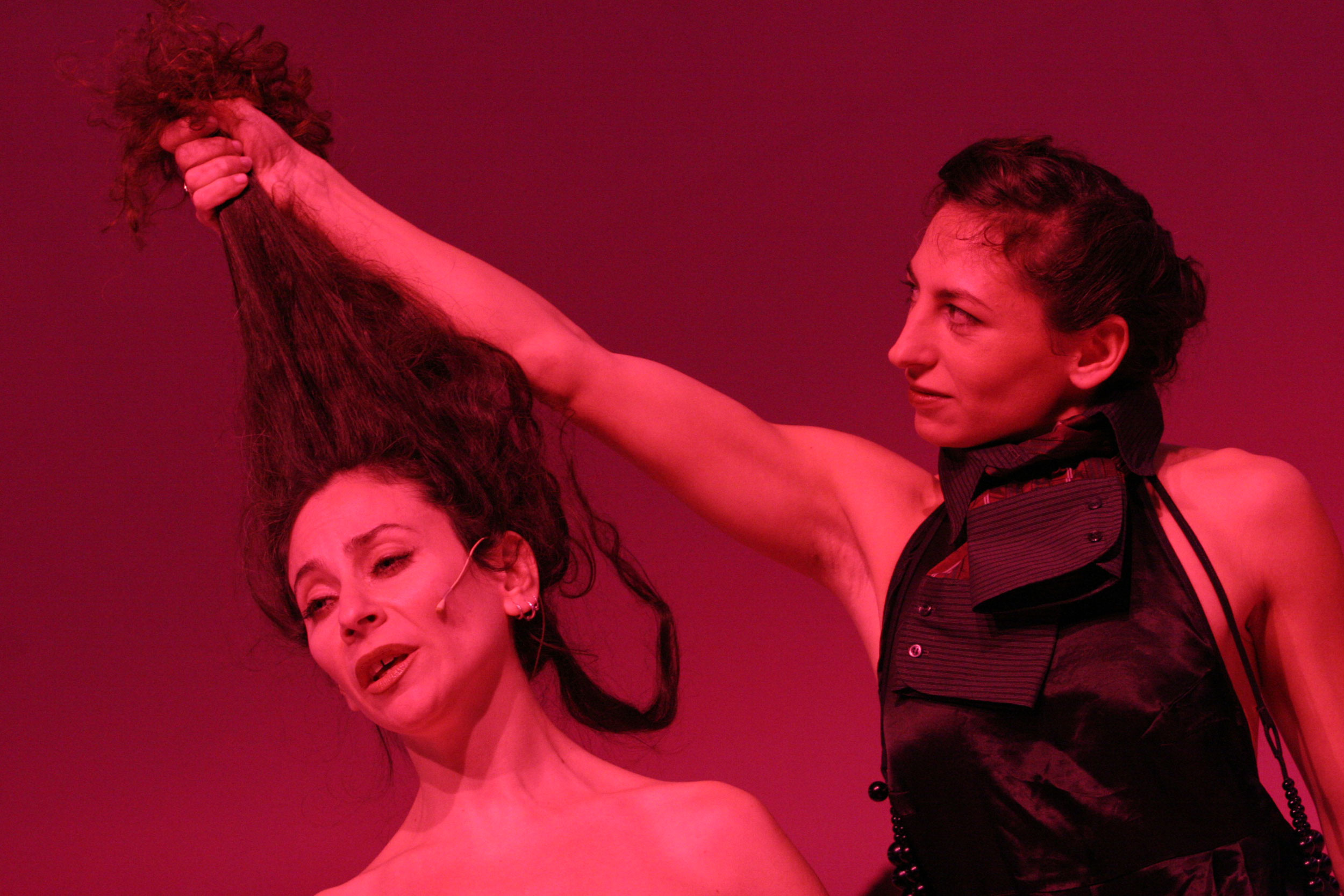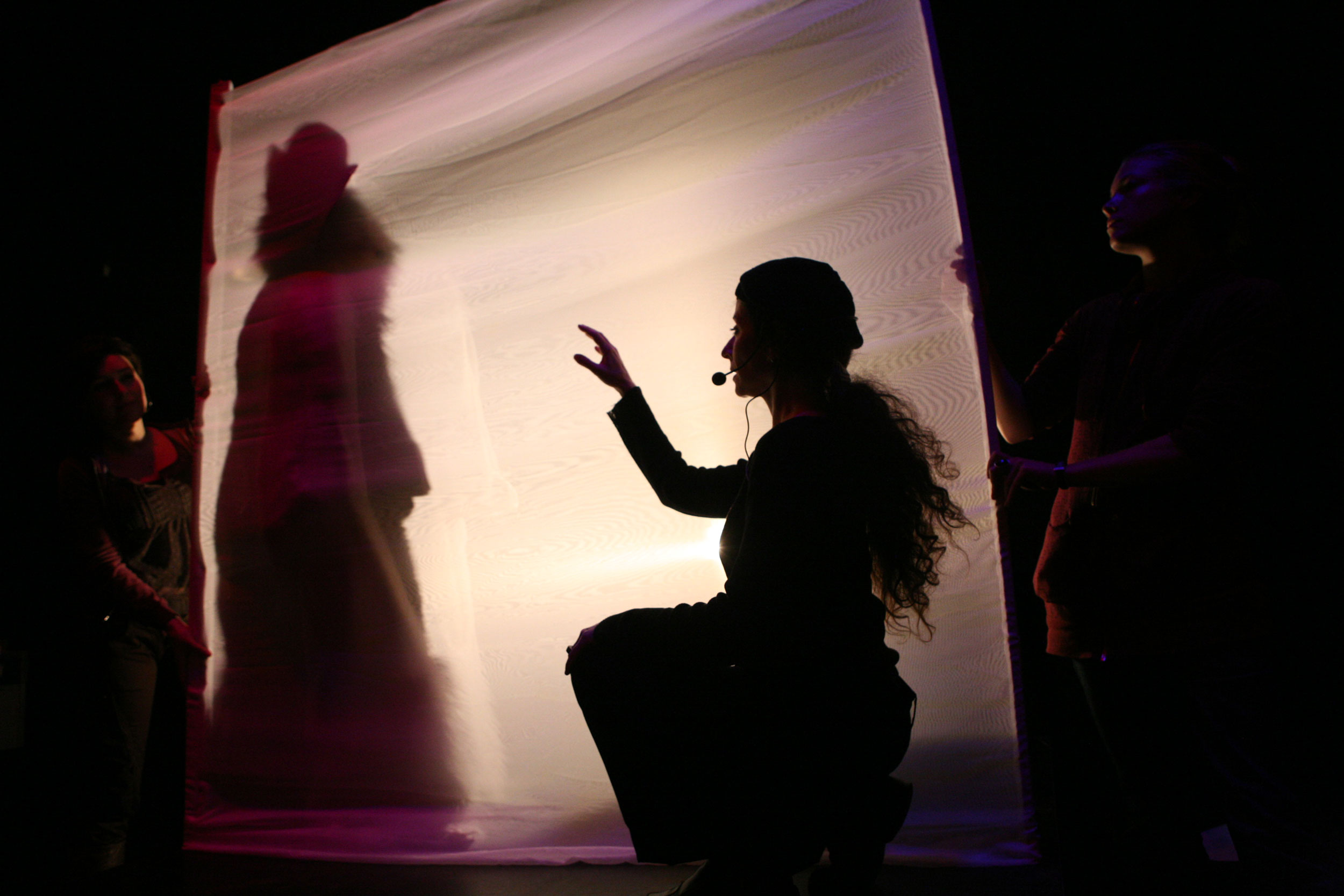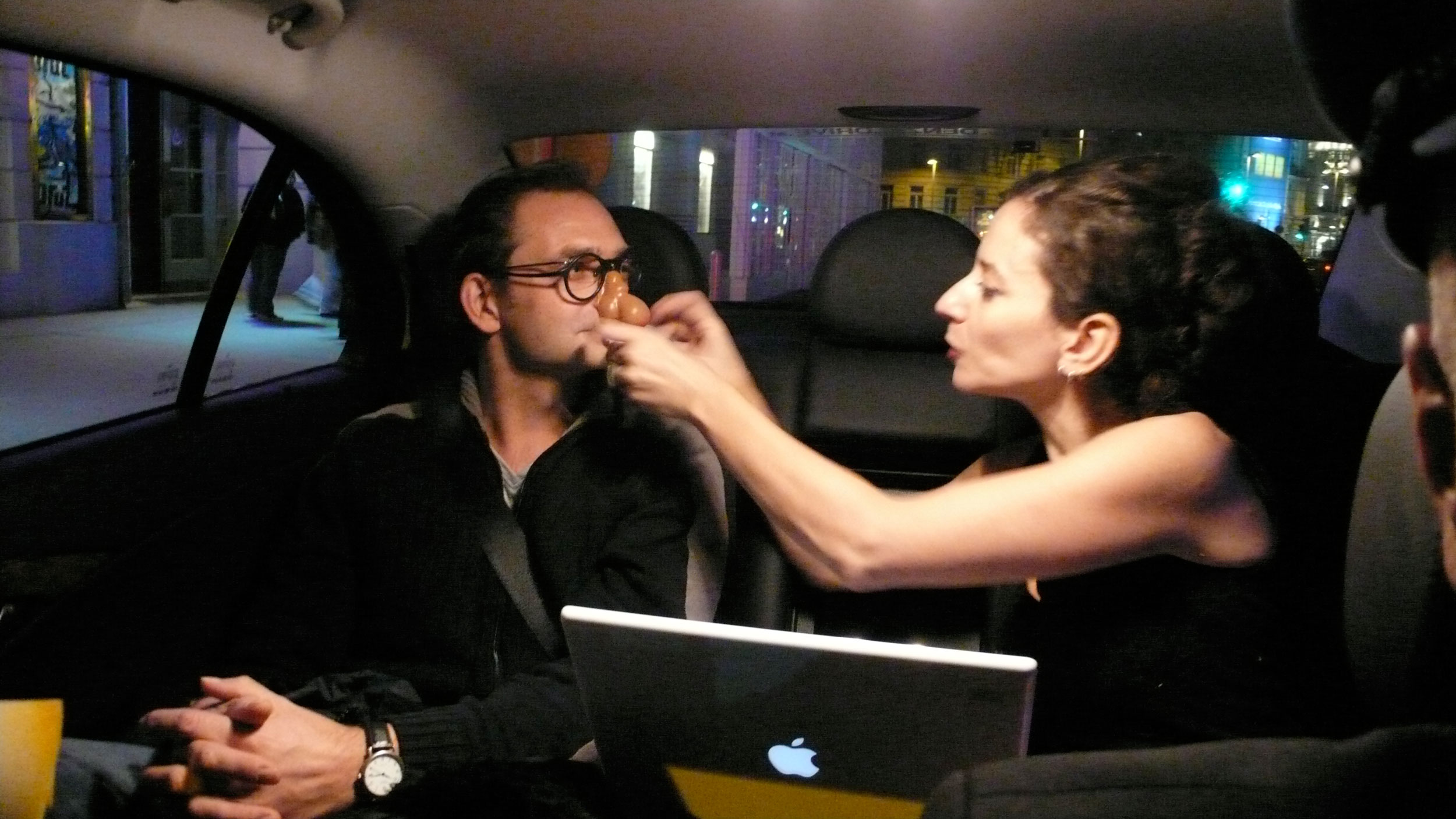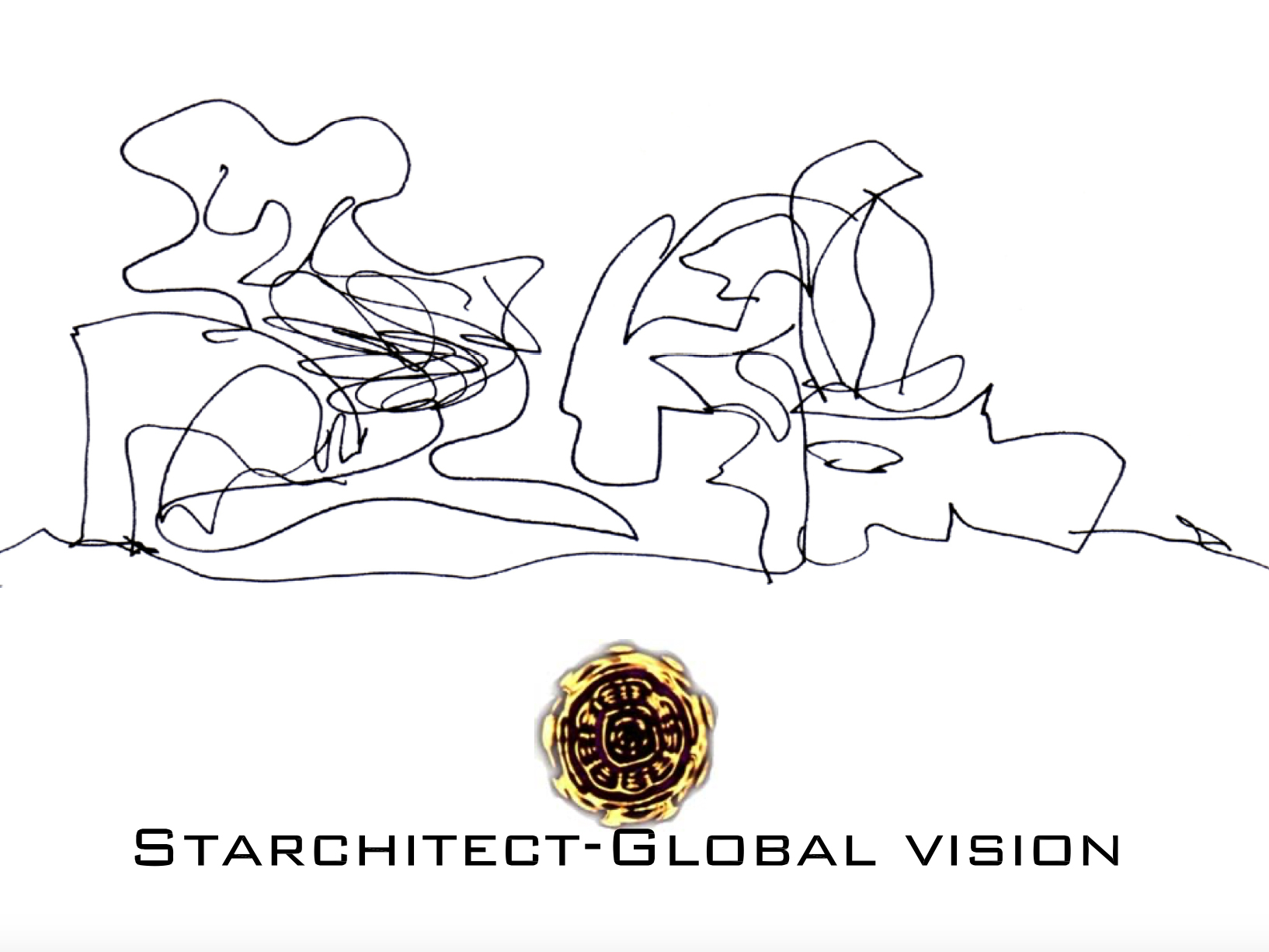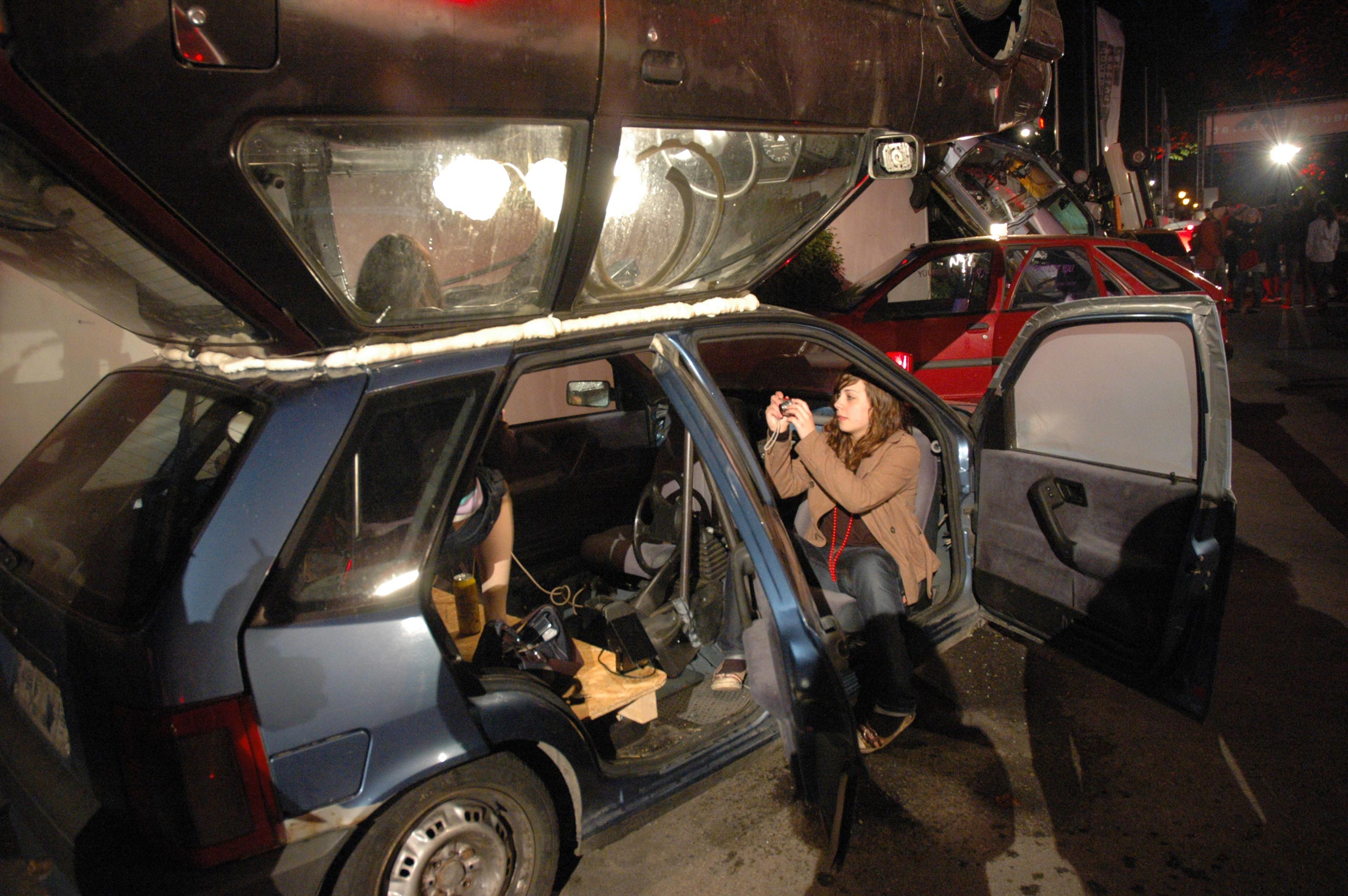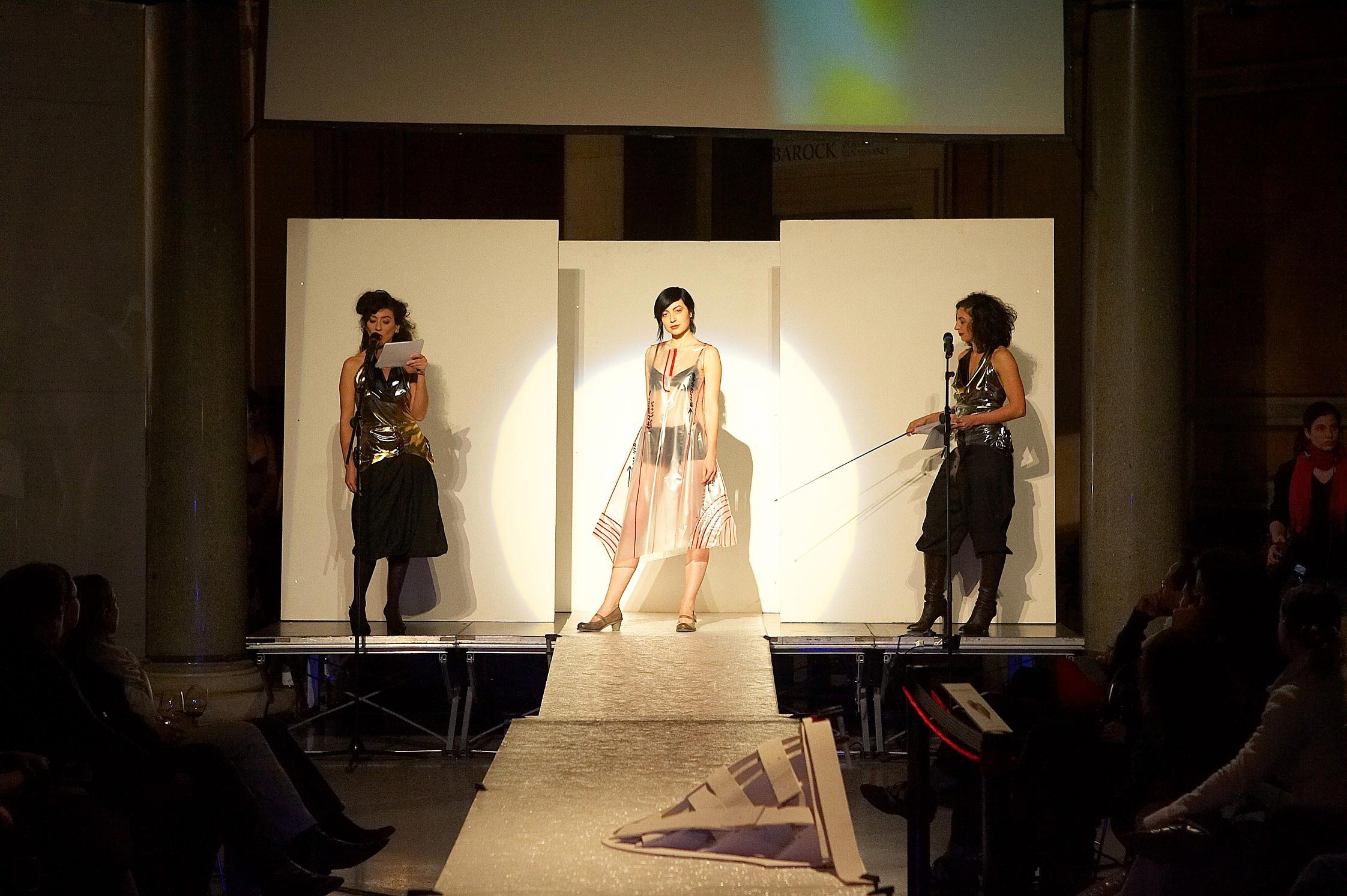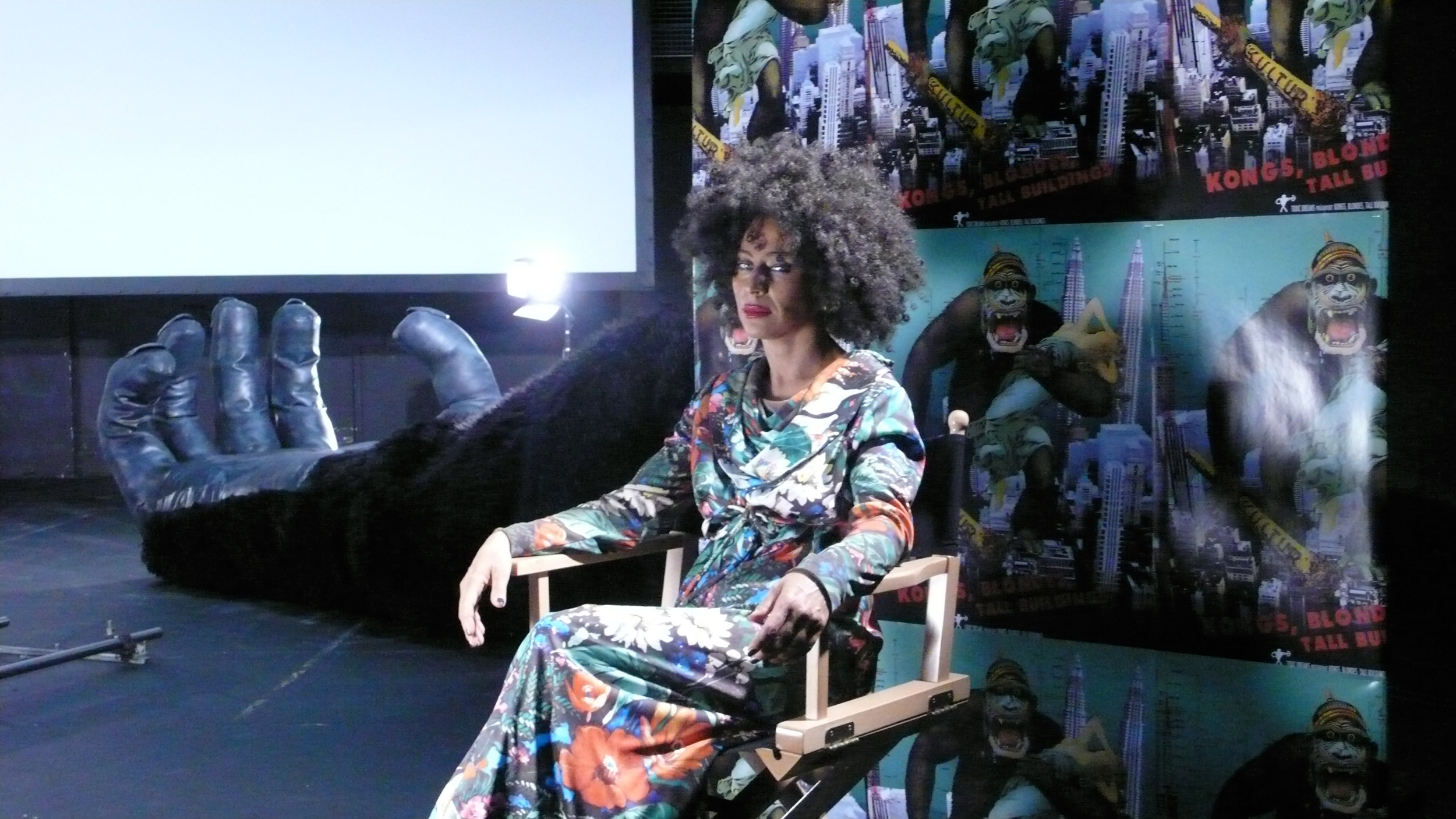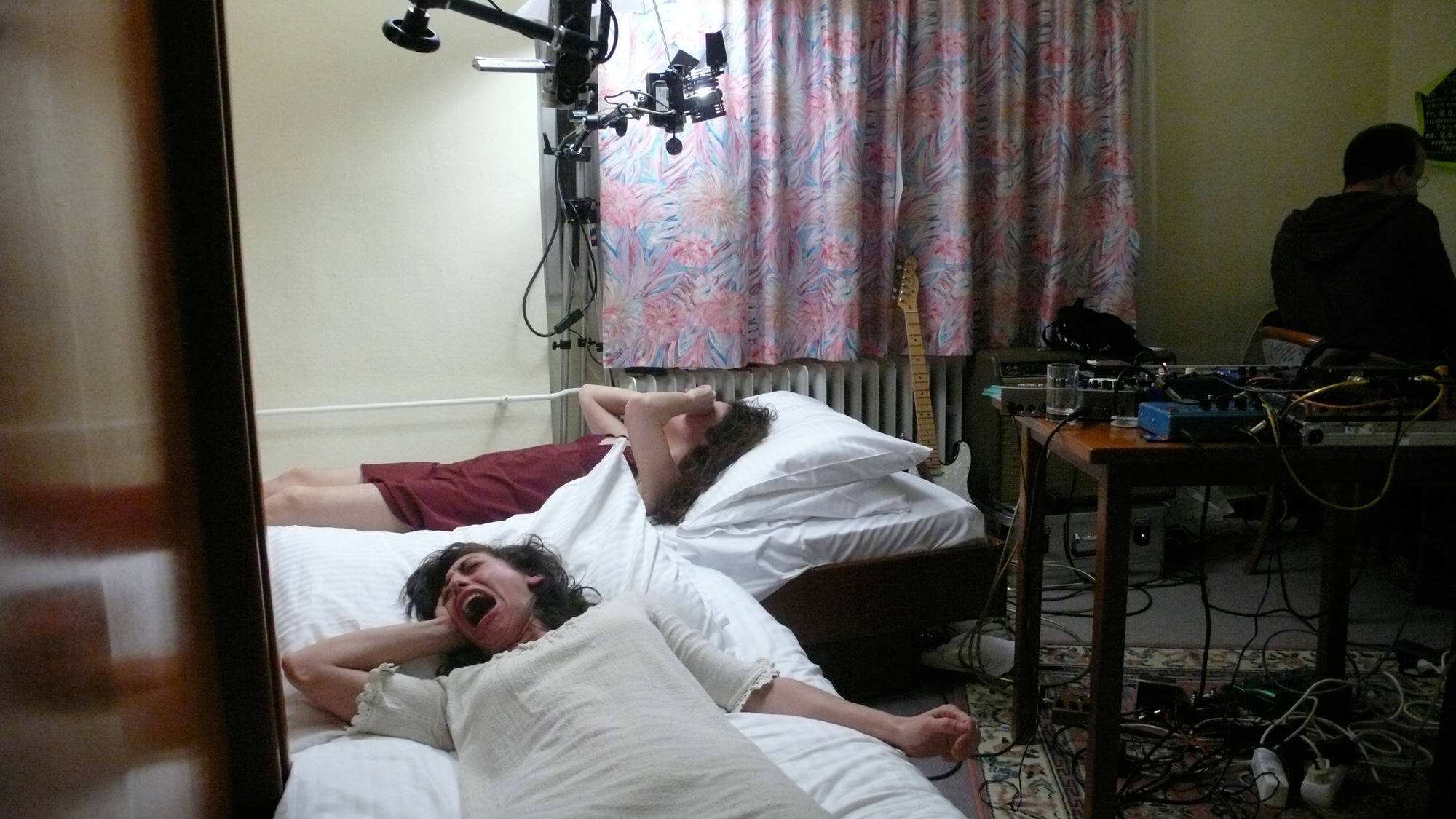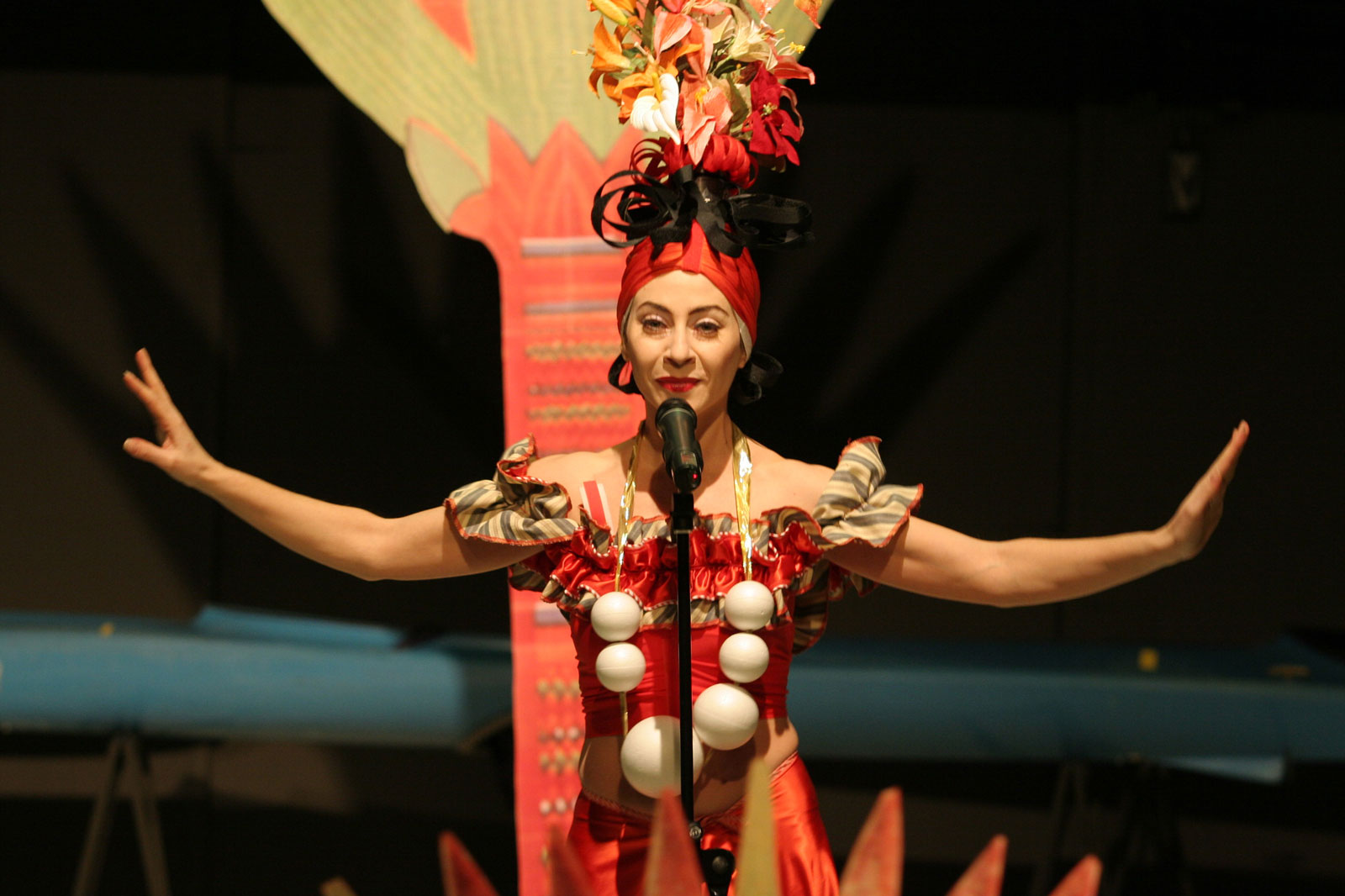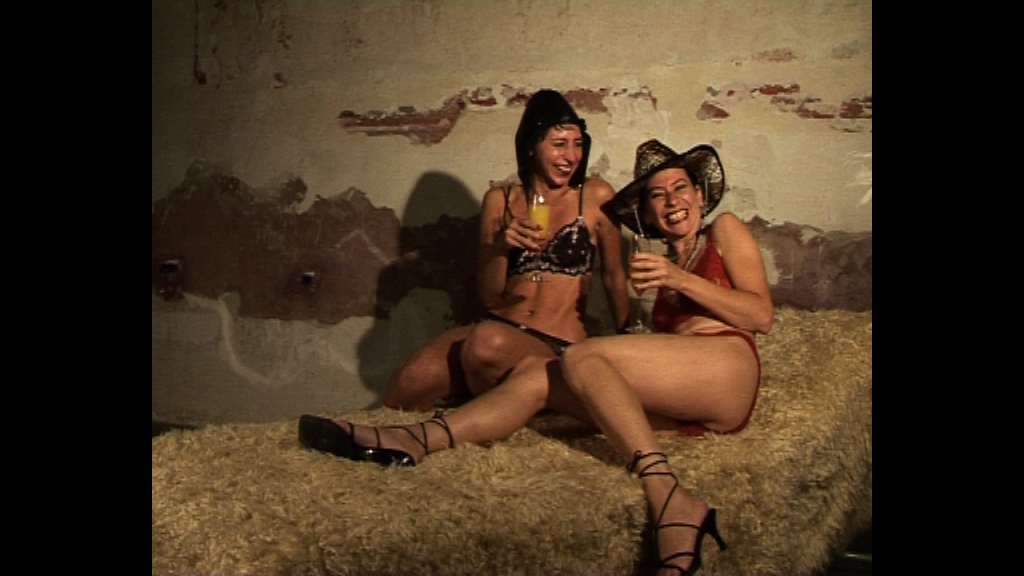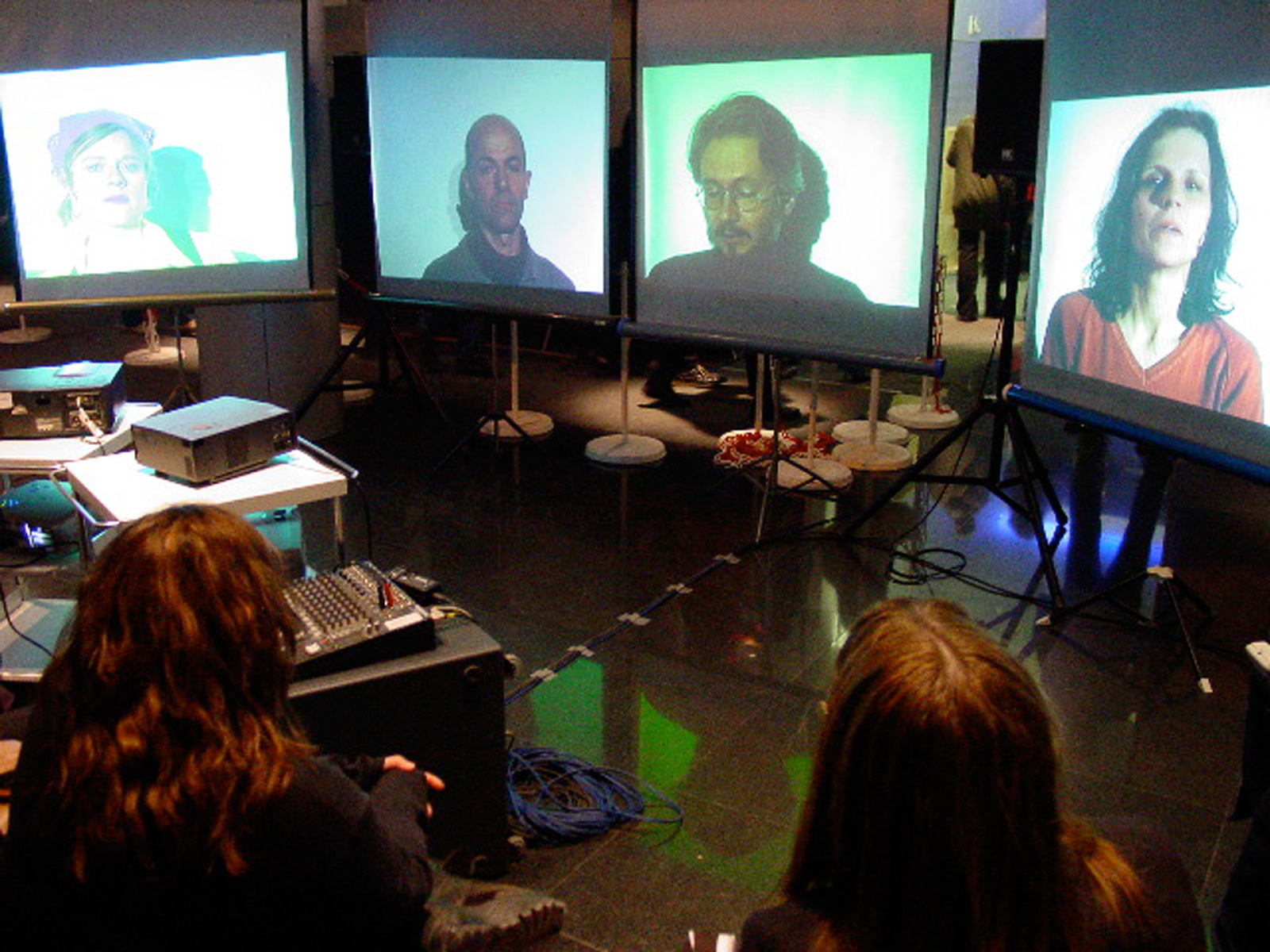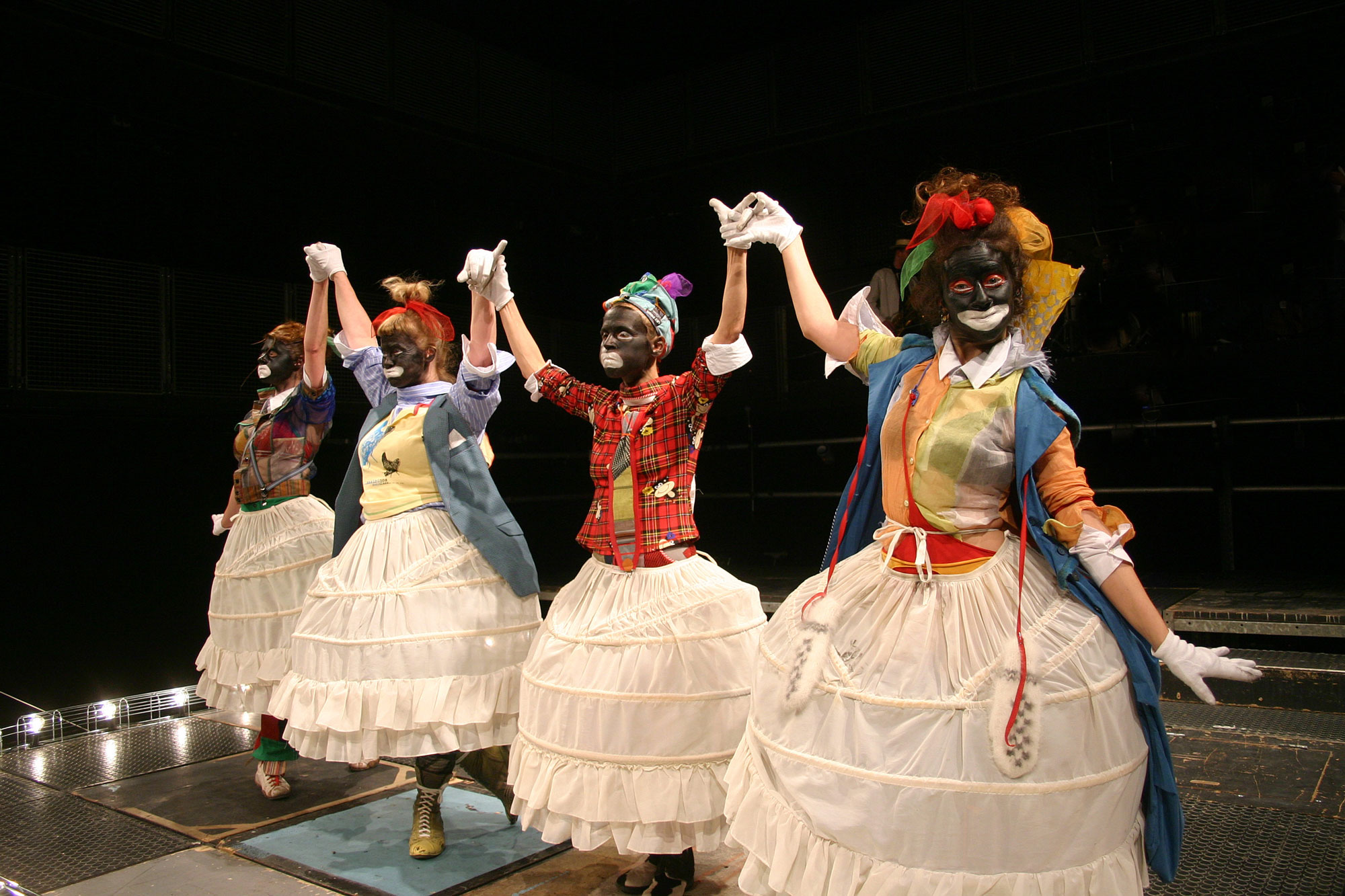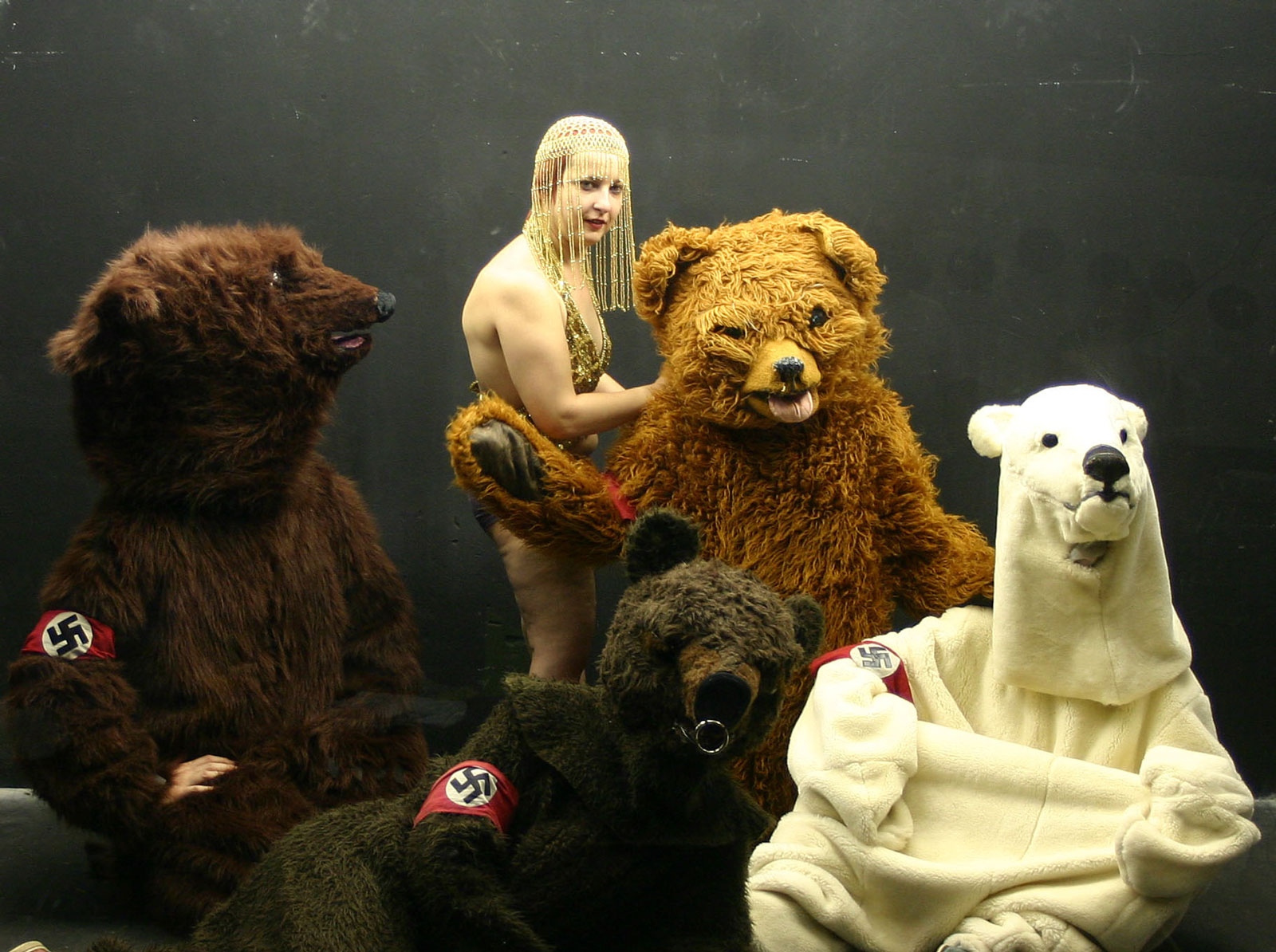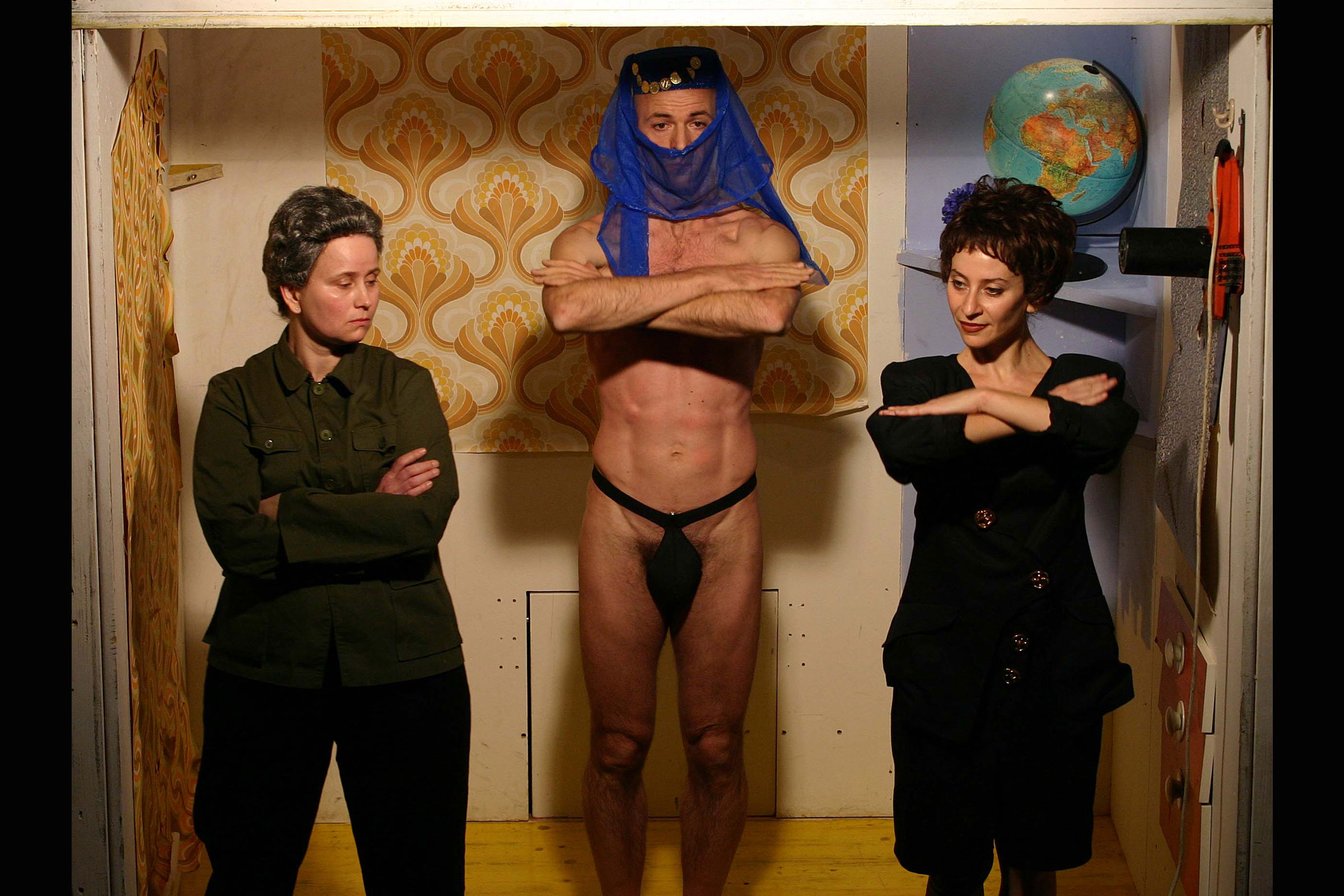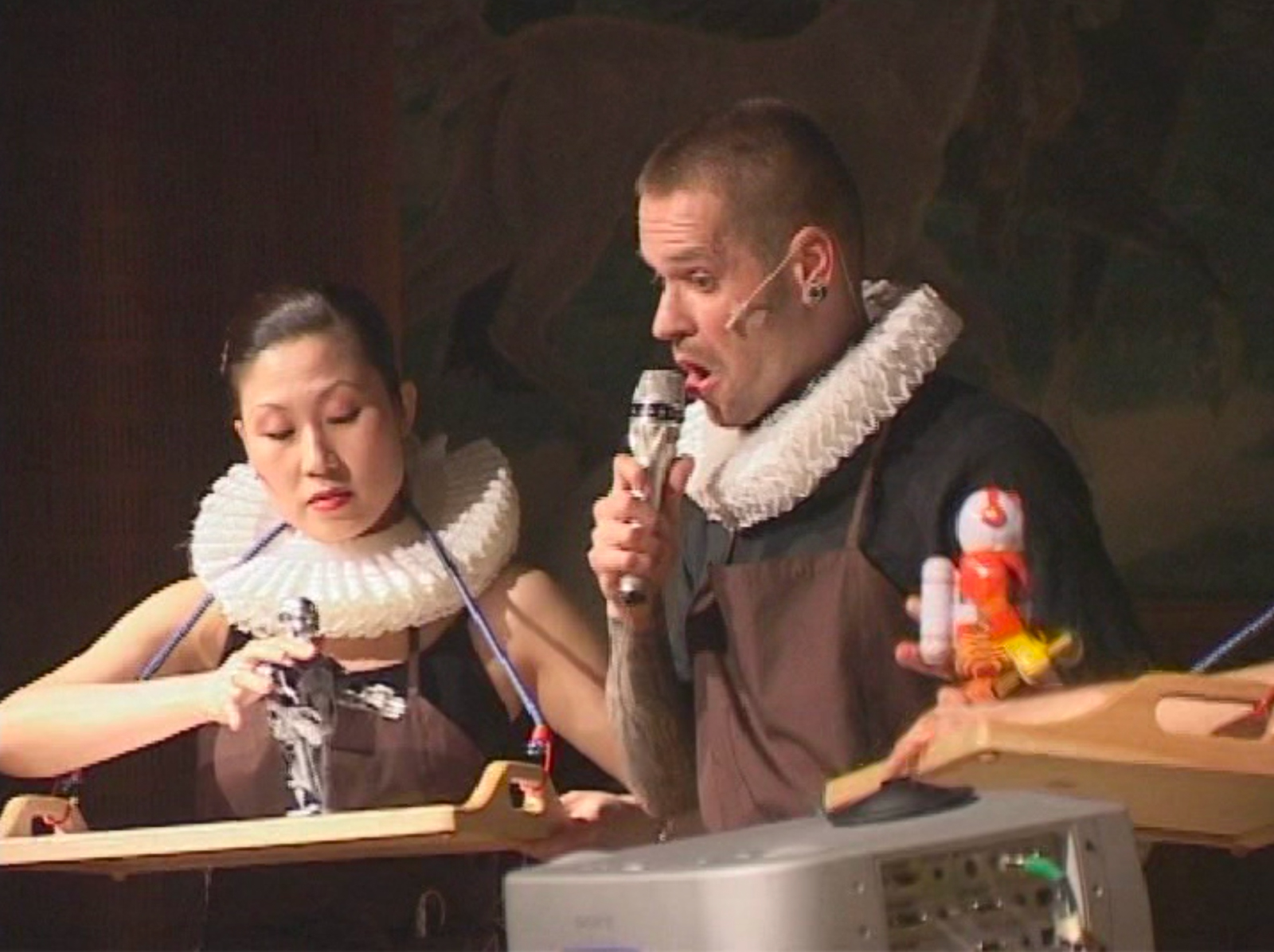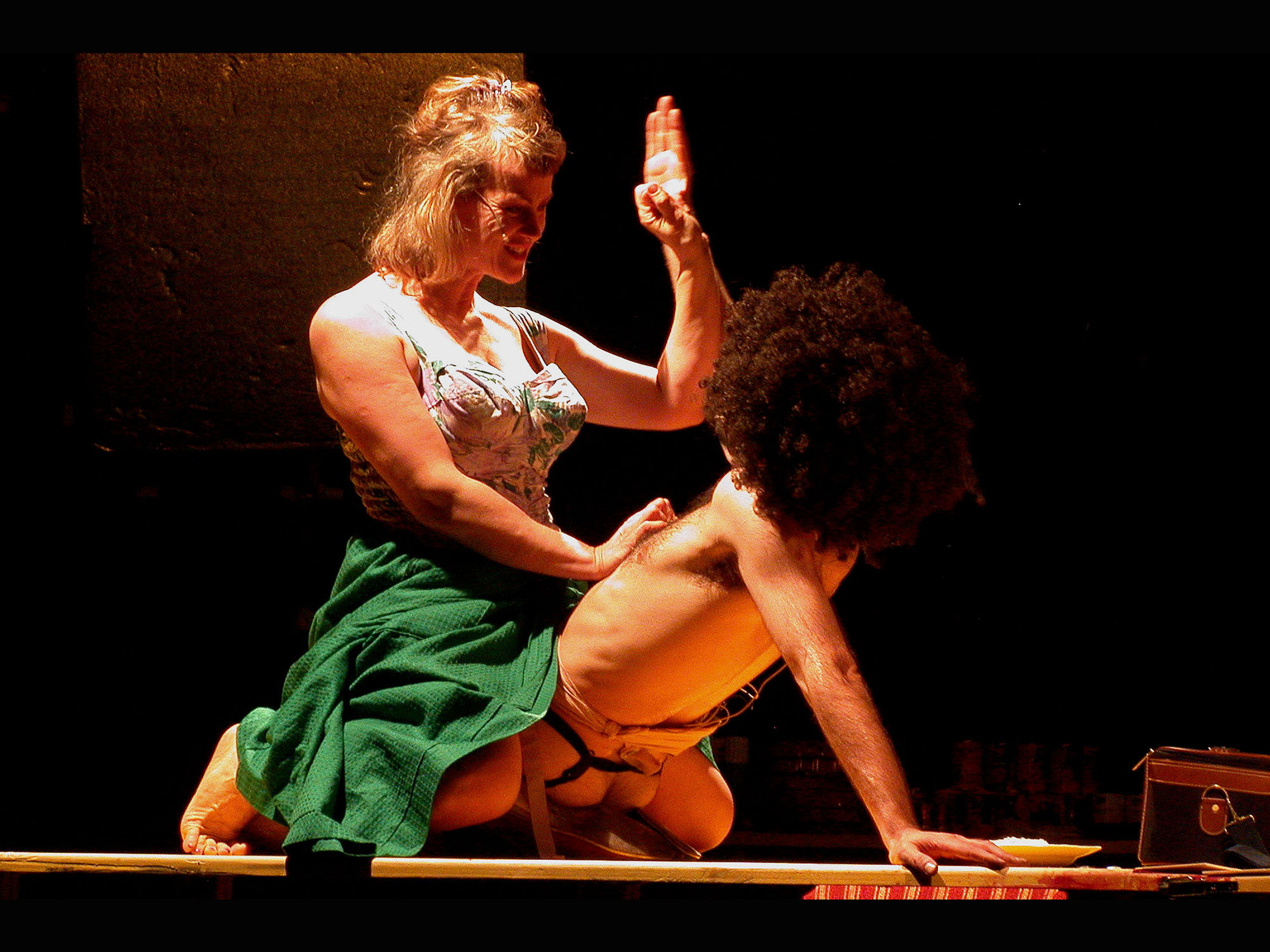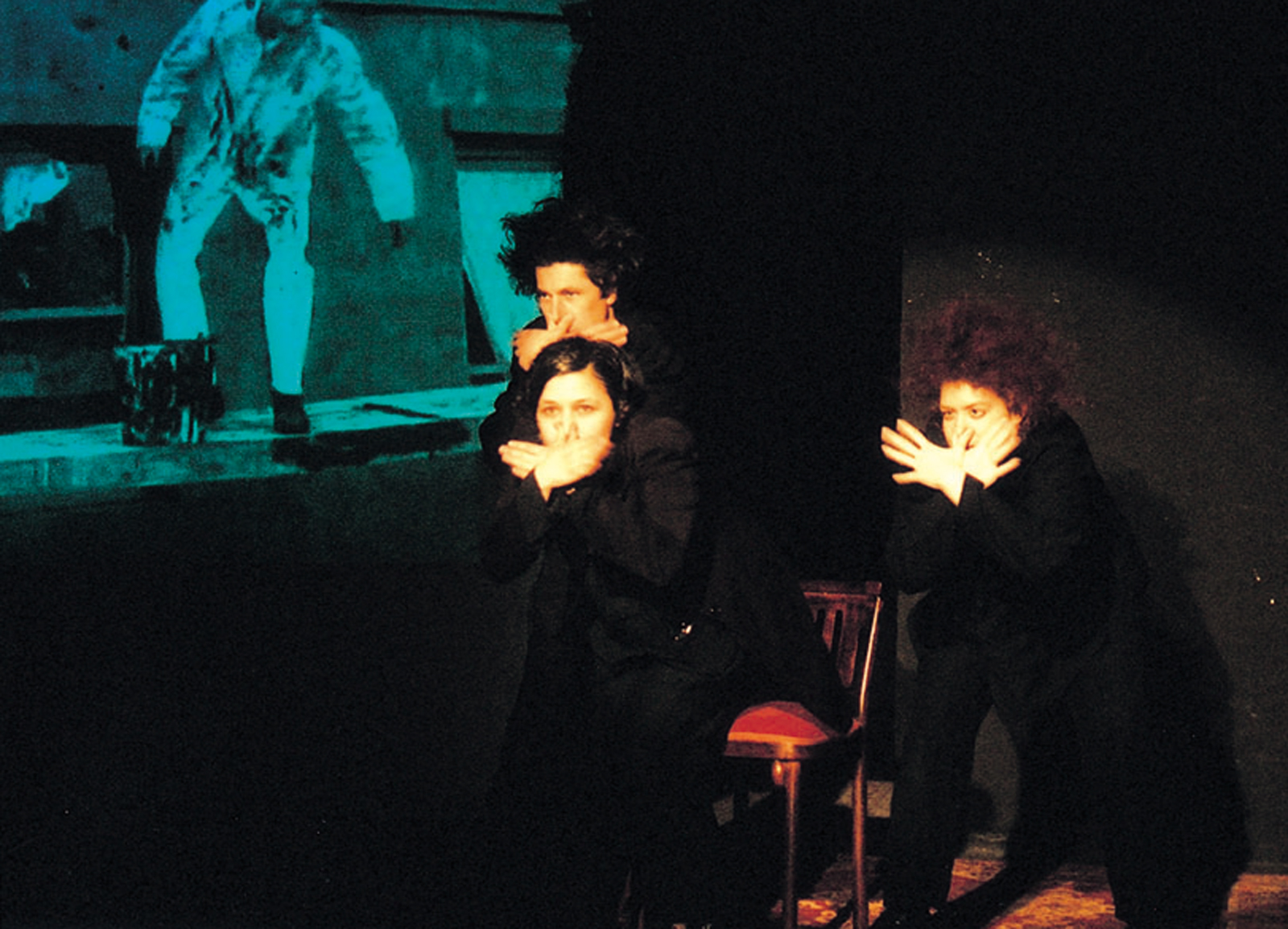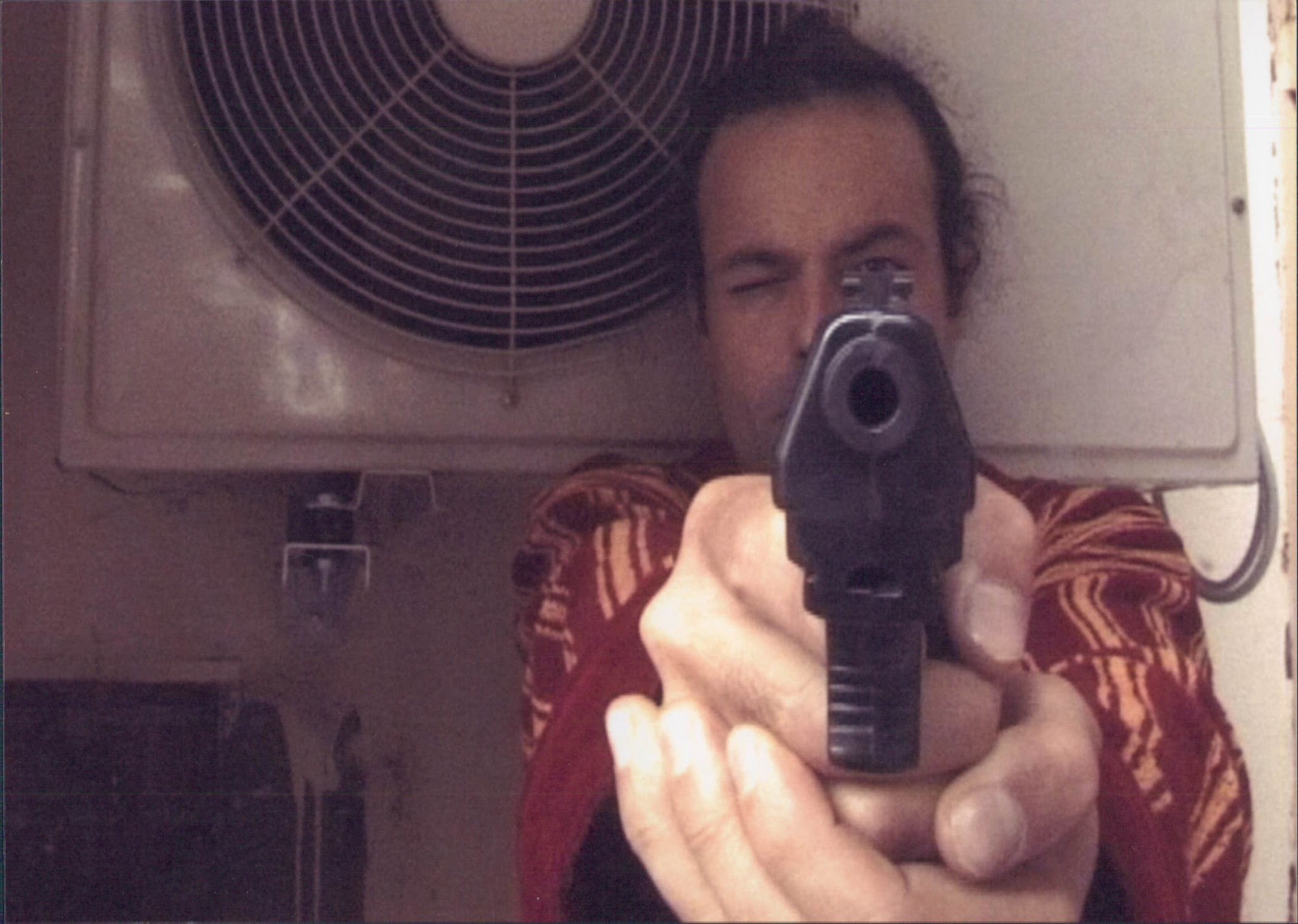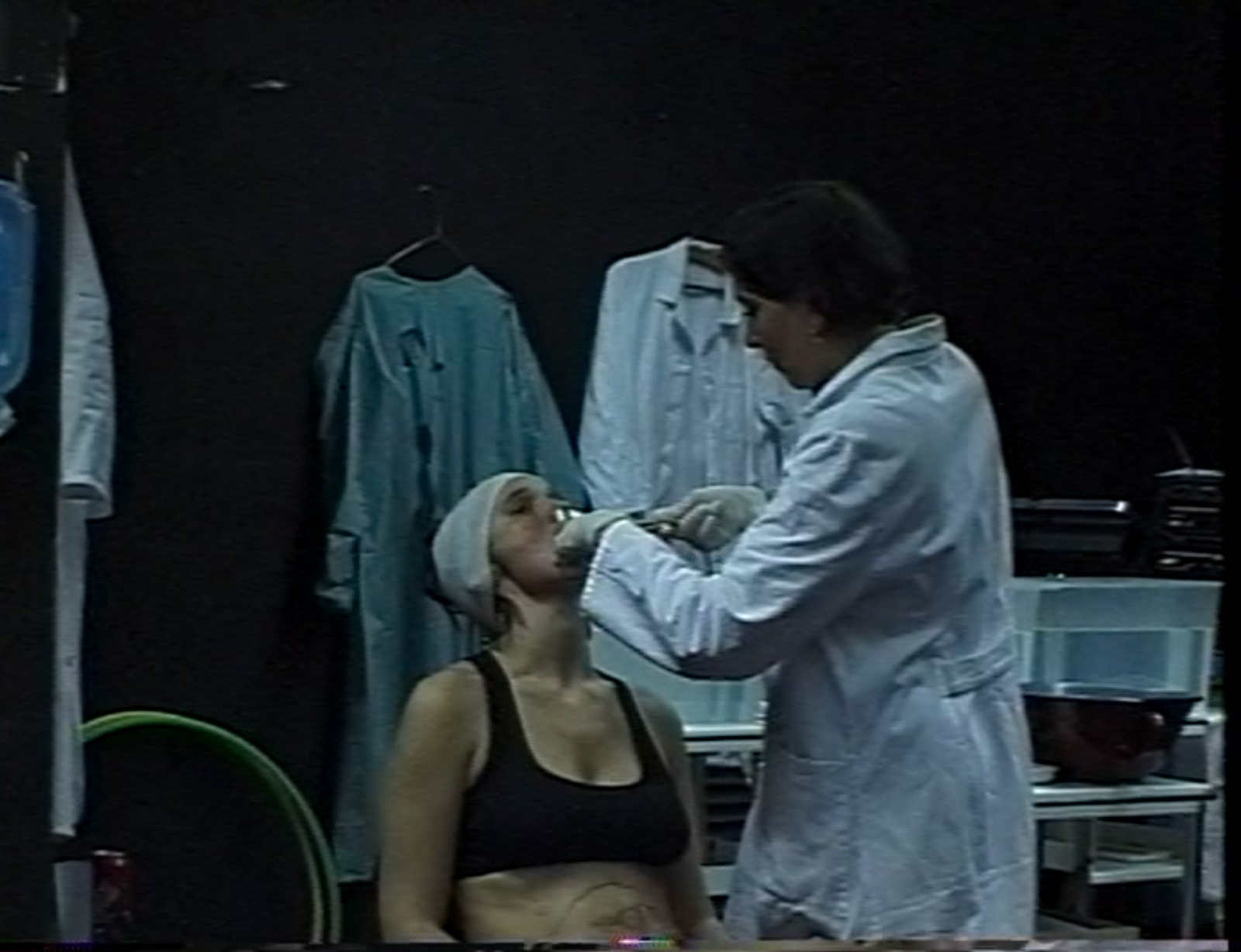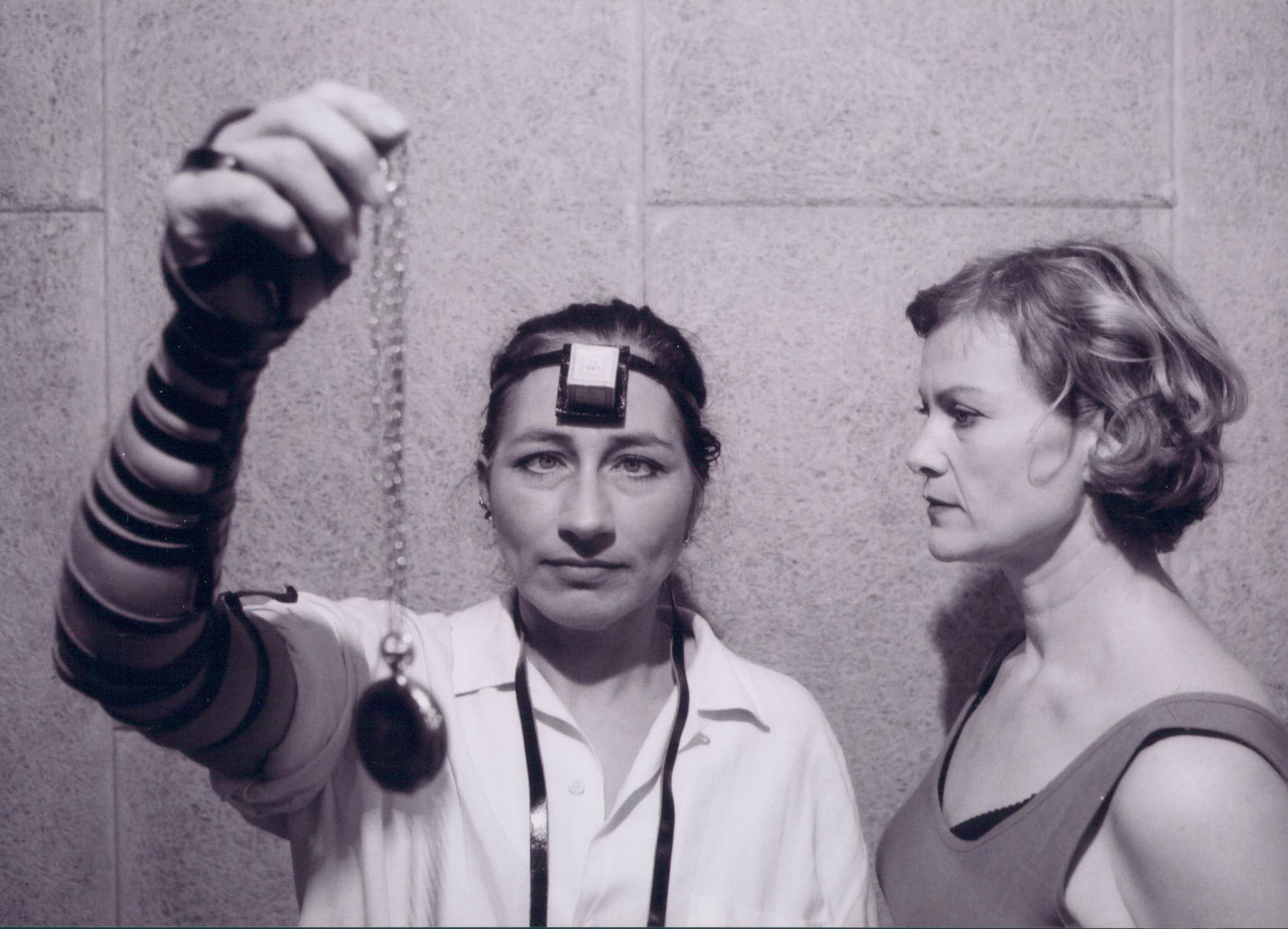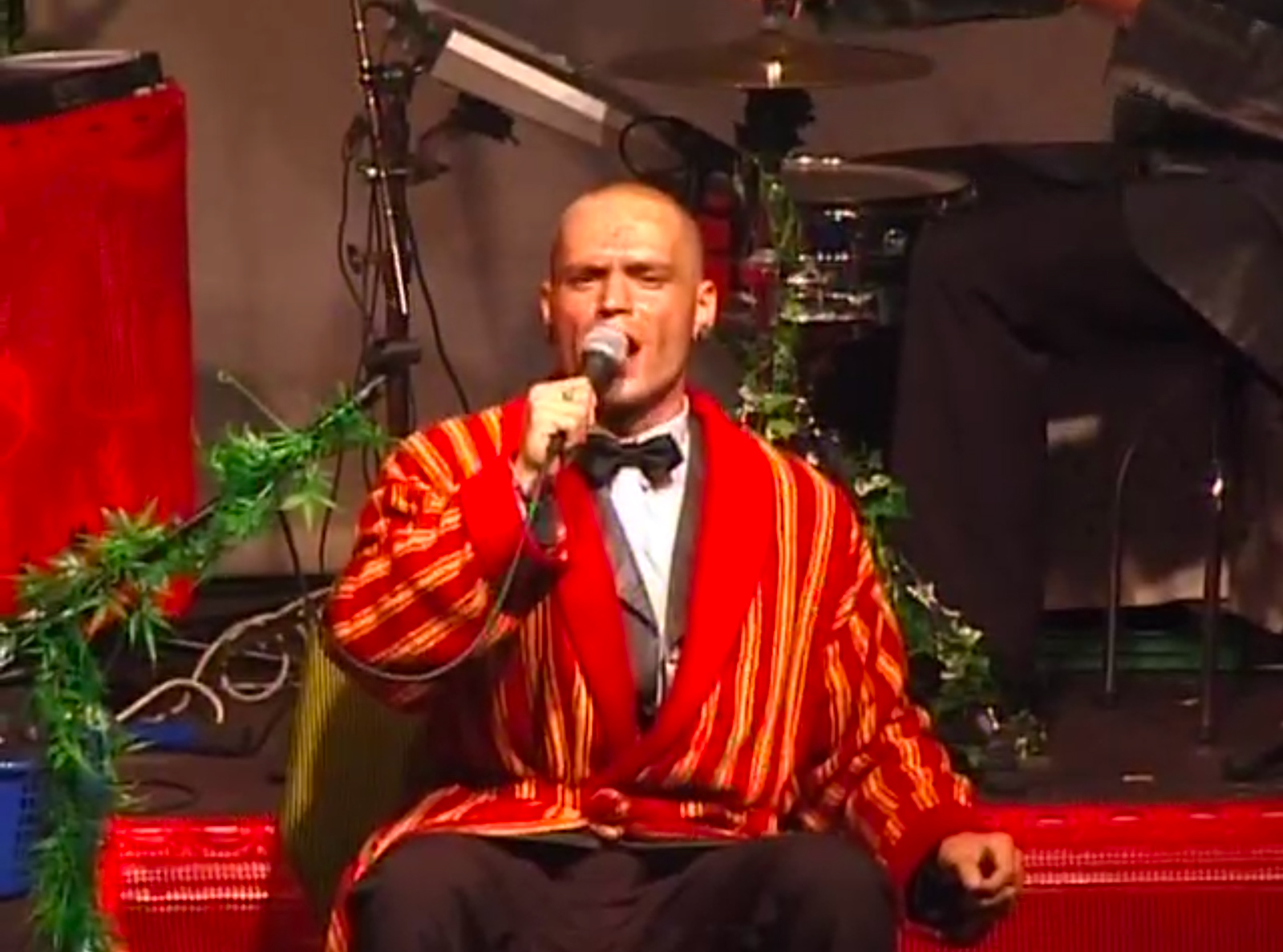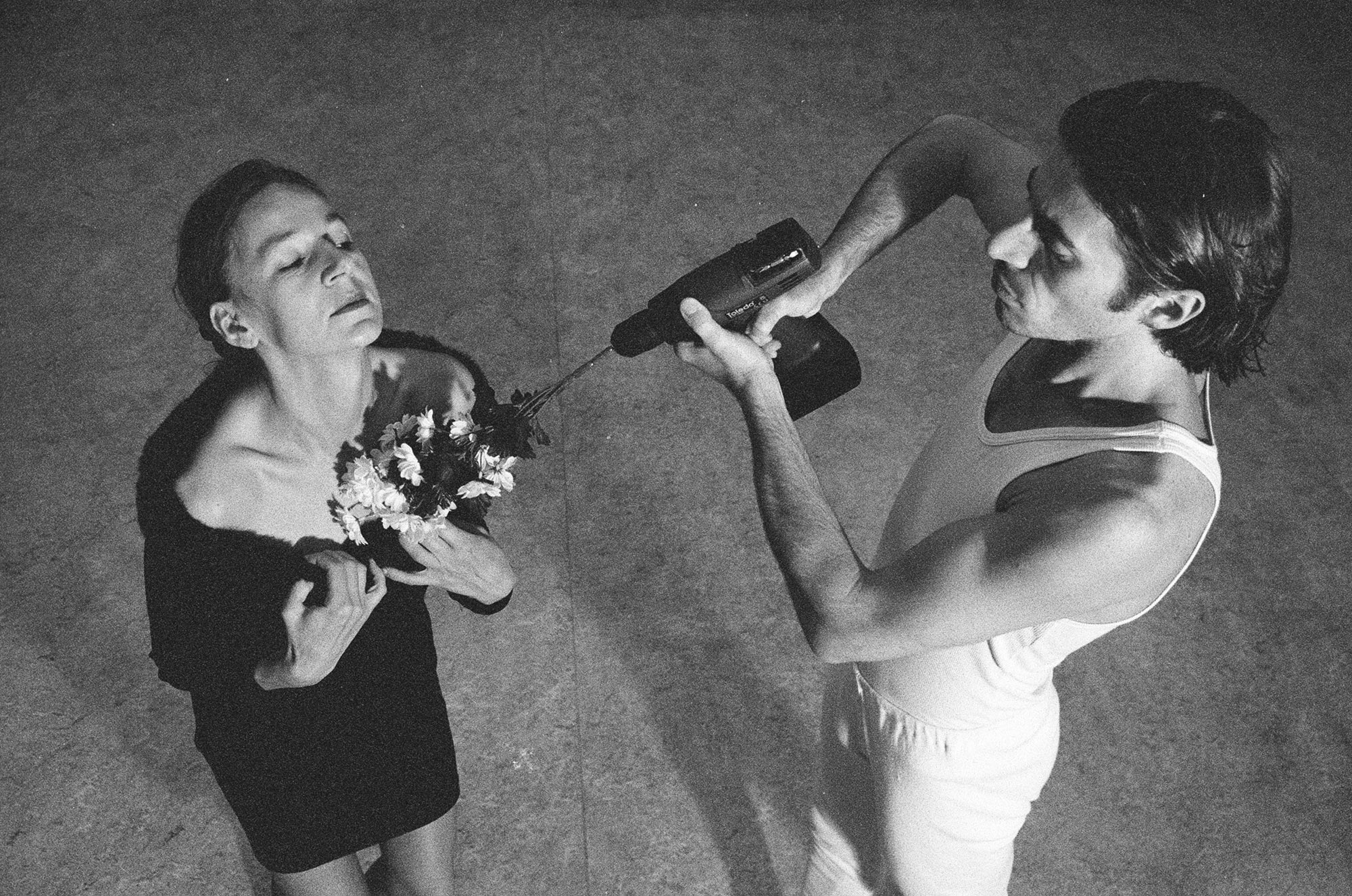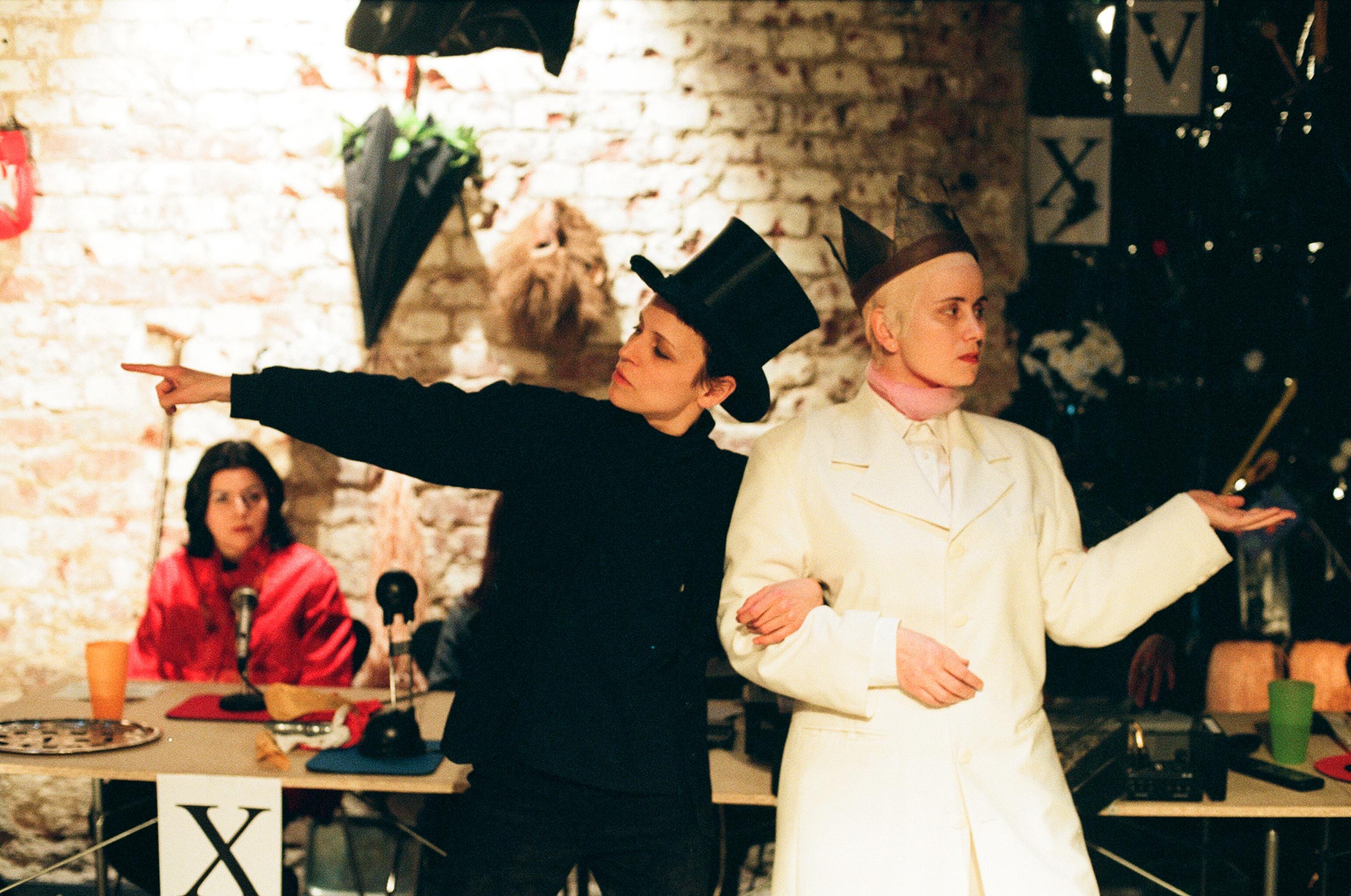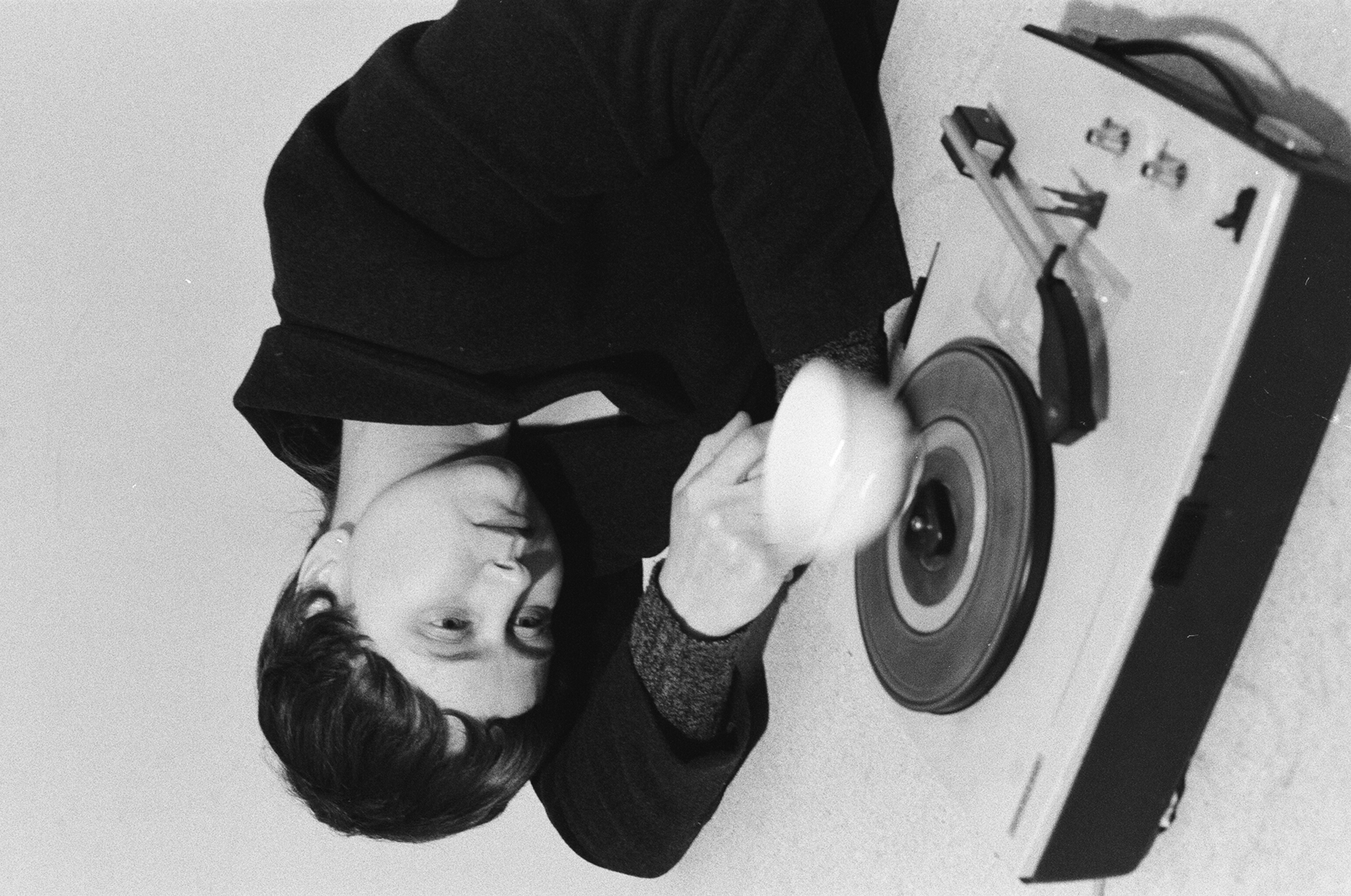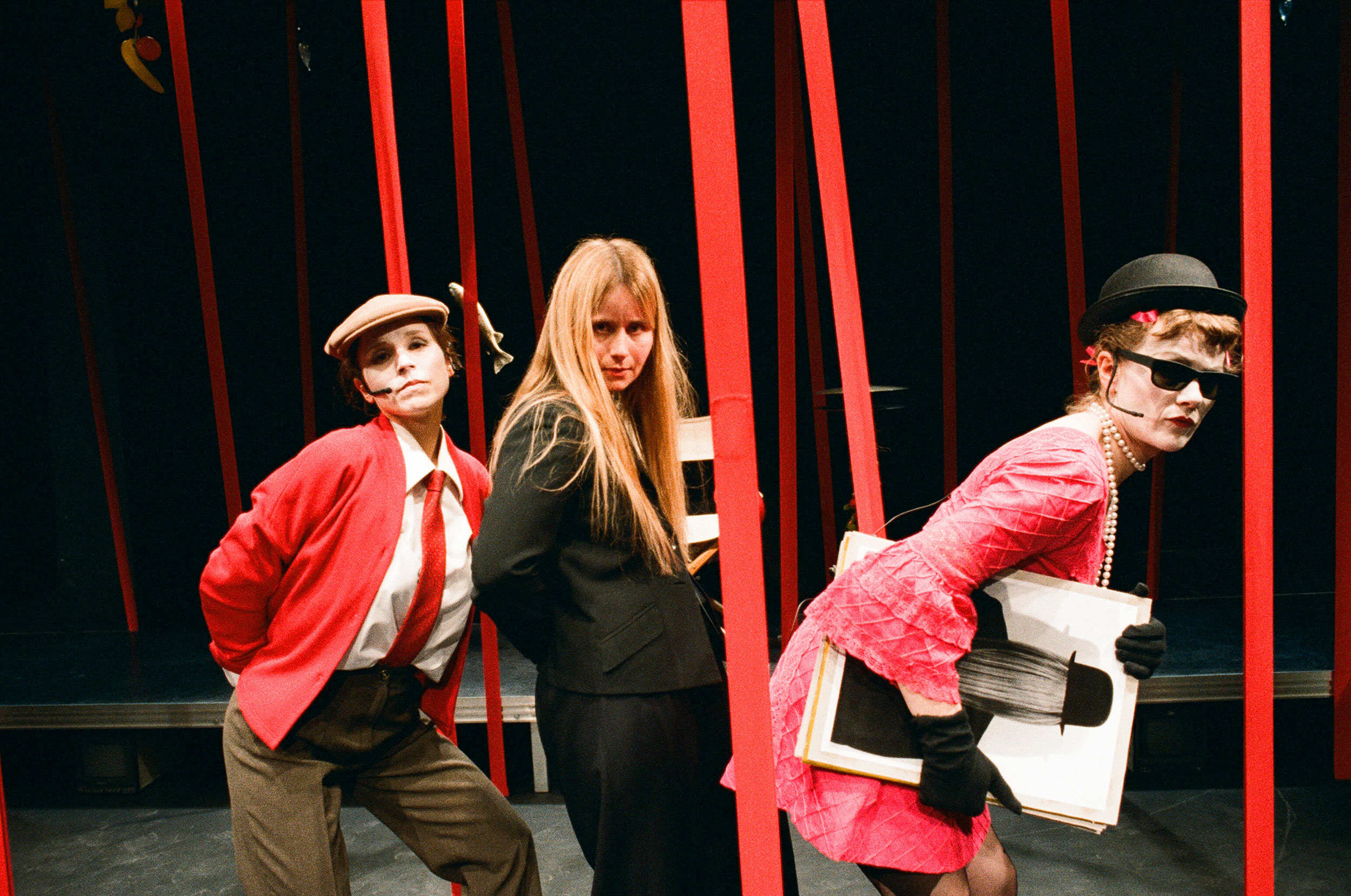The main reason that we work in cycles has to do with a certain dissatisfaction we feel with the single-unit shows, it does not work for us. We’re trained to see our lives as a series of projects, one following the next along the road of experience, and our “success” depends upon how well we progress from project to project. But traveling this narrow road shuts out a multitude of suggestive impulses and impressions. The continuous and long-term subsidies we receive provide us with the opportunity to take the long road, to tackle ideas on a larger scale as opposed to the single production unit.
Our aim is to apply a multidisciplinary approach to topics we consider relevant to today’s theatre and performance art. We operate with the notion that our local audience in Vienna will follow us, over time, on a long journey that includes several productions and other publications around a particular cycle. Our approach takes into consideration form as much as content. It allows us to adapt to new frames of working continuously; or change course when we find out that certain methods do not work.
2025 – 2022
The Rashomon Cycle
2022 – 2018
The Real Fiction Cycle
2018 – 2014
The New Old Cycle
2014 – 2010
The Political Cycle
2010 – 2006
The Theatre Cycle
2006 – 1998
Shows
The main reason that we work in cycles has to do with a certain dissatisfaction we feel with the single-unit shows, it does not work for us. We’re trained to see our lives as a series of projects, one following the next along the road of experience, and our “success” depends upon how well we progress from project to project. But traveling this narrow road shuts out a multitude of suggestive impulses and impressions. The continuous and long-term subsidies we receive provide us with the opportunity to take the long road, to tackle ideas on a larger scale as opposed to the single production unit.
Our aim is to apply a multidisciplinary approach to topics we consider relevant to today’s theatre and performance art. We operate with the notion that our local audience in Vienna will follow us, over time, on a long journey that includes several productions and other publications around a particular cycle. Our approach takes into consideration form as much as content. It allows us to adapt to new frames of working continuously; or change course when we find out that certain methods do not work.
2025 – 2022
The Rashomon Cycle
2022 – 2018
The Real Fiction Cycle
2018 – 2014
The New Old Cycle
2014 – 2010
The Political Cycle
2010 – 2006
The Theatre Cycle
2006 – 1998
Shows
2025 – 2022
The Rashomon effect, which itself has become a widely recognized English term, is referring to significantly different perspectives on and interpretations of the same dramatic event by different eyewitnesses.
The Rashomon effect shows up in many intellectual undertakings that deal with contested interpretations of events or with disagreements and evidence for them, or with subjectivity/objectivity, memory, and perception. We come to terms with these complex situations through dialogue and negotiation, through communication. It is precisely this dialogue of opposites that we would like to stage in our cycle using the Rashomon effect method of both storytelling and analysis.
2025 – 2022
The Rashomon effect, which itself has become a widely recognized English term, is referring to significantly different perspectives on and interpretations of the same dramatic event by different eyewitnesses.
The Rashomon effect shows up in many intellectual undertakings that deal with contested interpretations of events or with disagreements and evidence for them, or with subjectivity/objectivity, memory, and perception. We come to terms with these complex situations through dialogue and negotiation, through communication. It is precisely this dialogue of opposites that we would like to stage in our cycle using the Rashomon effect method of both storytelling and analysis.
2022 – 2018
One of the first things rejected by the theatrical avant-garde as part of the oppressive nature of literary or bourgeois realism was dialogue. The side effect was, of course, the demise of the classical story structure. This attitude was true in the 60s, and it is true of much of performance art today. The general attitude, not just toward dialogue, but language in general, is exemplified in the early extremism of Roland Barthes’ inaugural lecture at the College de France: “But language, the performance of a language system, is neither reactionary nor progressive; it is quite simply fascist; for fascism does not prevent speech, it compels speech.”
Literary or bourgeois realism on stage was a puzzle; one that is slowly being solved. The pieces come together in the end. The picture is complete.
The theatrical avant-garde started by taking the pieces out of, to begin with, an incomplete puzzle, without any concern for the original picture. The pieces were never supposed to come together.
In the Real Fiction Cycle, we asked the question, are we back to stories? Can we use performance art strategies in the service of a more coherent “play”? The question that we put forward was simple: is it not the time to use stories again to achieve a political narrative that we seem to have lost?
2022 – 2018
One of the first things rejected by the theatrical avant-garde as part of the oppressive nature of literary or bourgeois realism was dialogue. The side effect was, of course, the demise of the classical story structure. This attitude was true in the 60s, and it is true of much of performance art today. The general attitude, not just toward dialogue, but language in general, is exemplified in the early extremism of Roland Barthes’ inaugural lecture at the College de France: “But language, the performance of a language system, is neither reactionary nor progressive; it is quite simply fascist; for fascism does not prevent speech, it compels speech.”
Literary or bourgeois realism on stage was a puzzle; one that is slowly being solved. The pieces come together in the end. The picture is complete.
The theatrical avant-garde started by taking the pieces out of, to begin with, an incomplete puzzle, without any concern for the original picture. The pieces were never supposed to come together.
In the Real Fiction Cycle, we asked the question, are we back to stories? Can we use performance art strategies in the service of a more coherent “play”? The question that we put forward was simple: is it not the time to use stories again to achieve a political narrative that we seem to have lost?
2018 – 2014
In the New-Old Cycle, we set up to re-examine the old theatre machine. We revisited the old performance techniques and the texts of the past. It was time to see what is left of the theater of the past, whether it can be updated, and whether is it useful for today’s theatre. The premise of the cycle was that in a period in which traditional theatrical gestures have been co-opted as merchandising functions in TV commercials and movies-of-the-week, the basic assumptions of contemporary theatrical vocabulary need serious reconsideration. The theoretical and intellectual activities that performance art is very busy with right now, might benefit from some old-fashioned theater hokum.
In the New-Old Cycle, we experimented with the balderdash of theatre’s past.
2018 – 2014
In the New-Old Cycle, we set up to re-examine the old theatre machine. We revisited the old performance techniques and the texts of the past. It was time to see what is left of the theater of the past, whether it can be updated, and whether is it useful for today’s theatre. The premise of the cycle was that in a period in which traditional theatrical gestures have been co-opted as merchandising functions in TV commercials and movies-of-the-week, the basic assumptions of contemporary theatrical vocabulary need serious reconsideration. The theoretical and intellectual activities that performance art is very busy with right now, might benefit from some old-fashioned theater hokum.
In the New-Old Cycle, we experimented with the balderdash of theatre’s past.
2014 – 2010
The Political Cycle dealt with the timely and recurrent question of what is political theatre nowadays. What kind of forms should it take, what sort of material should it present or grapple with?
The prevailing discontent with the current political discourse together with a sense that the media often fail to wrestle with existing realities opened the doors for live performances to experiment with new forms.
Our main research engaged with the examination of how theater can move away from the Ibsenesque type of drama to an open discourse that reflects today’s complex world. Audiences increasingly look to the theater to provide them with both raw data and provocative debate about the society we inhabit.
2014 – 2010
The Political Cycle dealt with the timely and recurrent question of what is political theatre nowadays. What kind of forms should it take, what sort of material should it present or grapple with?
The prevailing discontent with the current political discourse together with a sense that the media often fail to wrestle with existing realities opened the doors for live performances to experiment with new forms.
Our main research engaged with the examination of how theater can move away from the Ibsenesque type of drama to an open discourse that reflects today’s complex world. Audiences increasingly look to the theater to provide them with both raw data and provocative debate about the society we inhabit.
2010 – 2006
The center of the Theatre Cycle was the question of realism as style and its long and lasting influence on the theatre of our time.
In this cycle, we explored the ideas of realistic representation on stage as well as how it controlled and blocked the many other possibilities that the stage had to offer. It is a mistake to assume that realism as a style is over and that many other styles and techniques took its place. A quick look at our theater stages will prove that realism is alive and kicking and its influence is very much still visible. That influence is not limited to text alone, but can also be seen in the style of acting, directing, and the set designs. The idea, in essence, was to juxtapose theory and practice, to put the realistic play in the context of theater and performance in the late 20th and early 21st centuries.
2010 – 2006
The center of the Theatre Cycle was the question of realism as style and its long and lasting influence on the theatre of our time.
In this cycle, we explored the ideas of realistic representation on stage as well as how it controlled and blocked the many other possibilities that the stage had to offer. It is a mistake to assume that realism as a style is over and that many other styles and techniques took its place. A quick look at our theater stages will prove that realism is alive and kicking and its influence is very much still visible. That influence is not limited to text alone, but can also be seen in the style of acting, directing, and the set designs. The idea, in essence, was to juxtapose theory and practice, to put the realistic play in the context of theater and performance in the late 20th and early 21st centuries.
2006 – 1998
From 1997 to 2005 the group toxic dreams was subsidized on a project-to-project basis. That is the reason that we didn’t apply the cycle system to our work. Unofficially, we named our work in that period the Entertainment Cycle. We worked mainly with high and low cultural forms and phenomena. Although the shows we produced at that time were eclectic, wide-ranging in forms and subject matters.
2006 – 1998
From 1997 to 2005 the group toxic dreams was subsidized on a project-to-project basis. That is the reason that we didn’t apply the cycle system to our work. Unofficially, we named our work in that period the Entertainment Cycle. We worked mainly with high and low cultural forms and phenomena. Although the shows we produced at that time were eclectic, wide-ranging in forms and subject matters.

